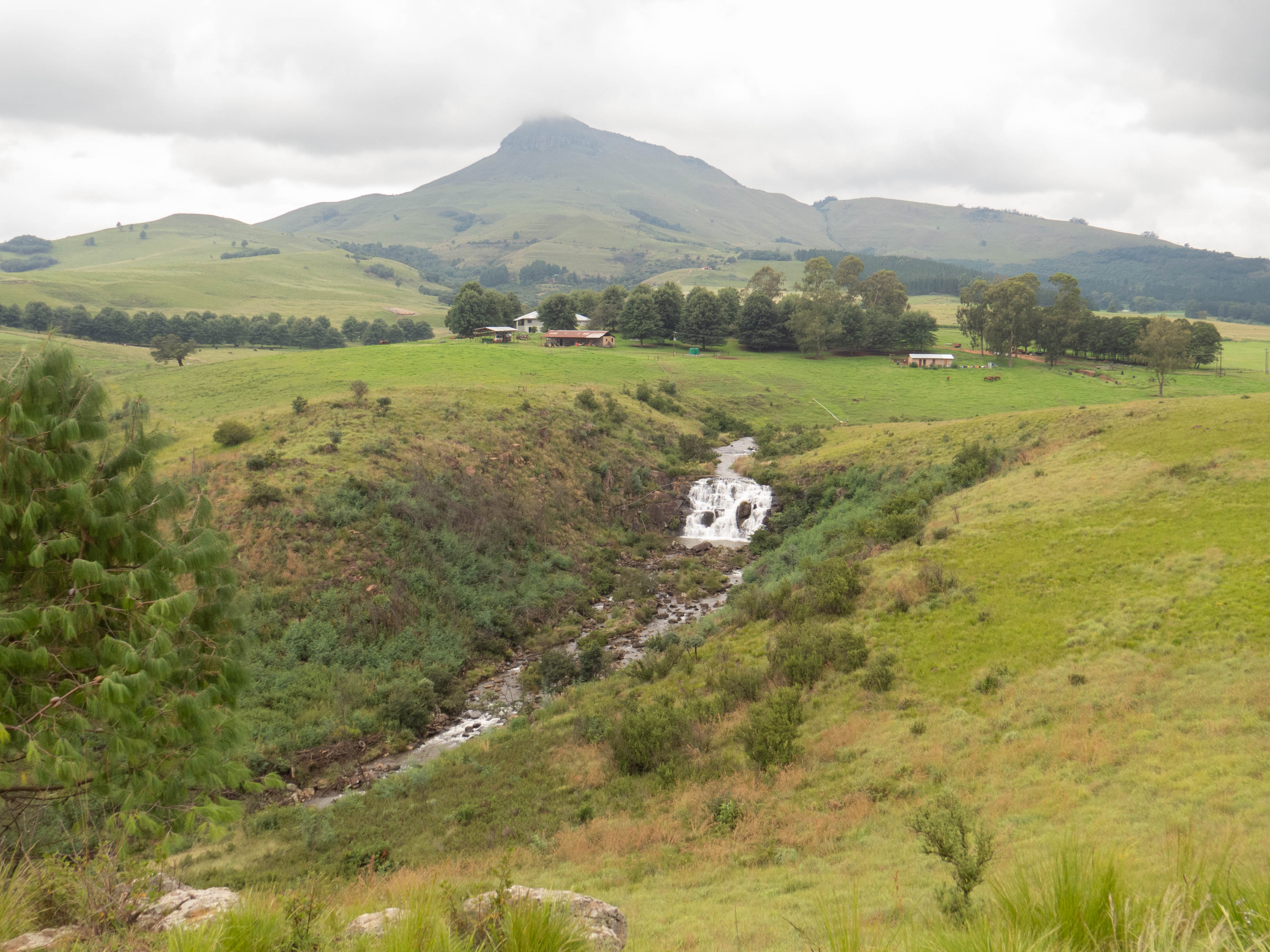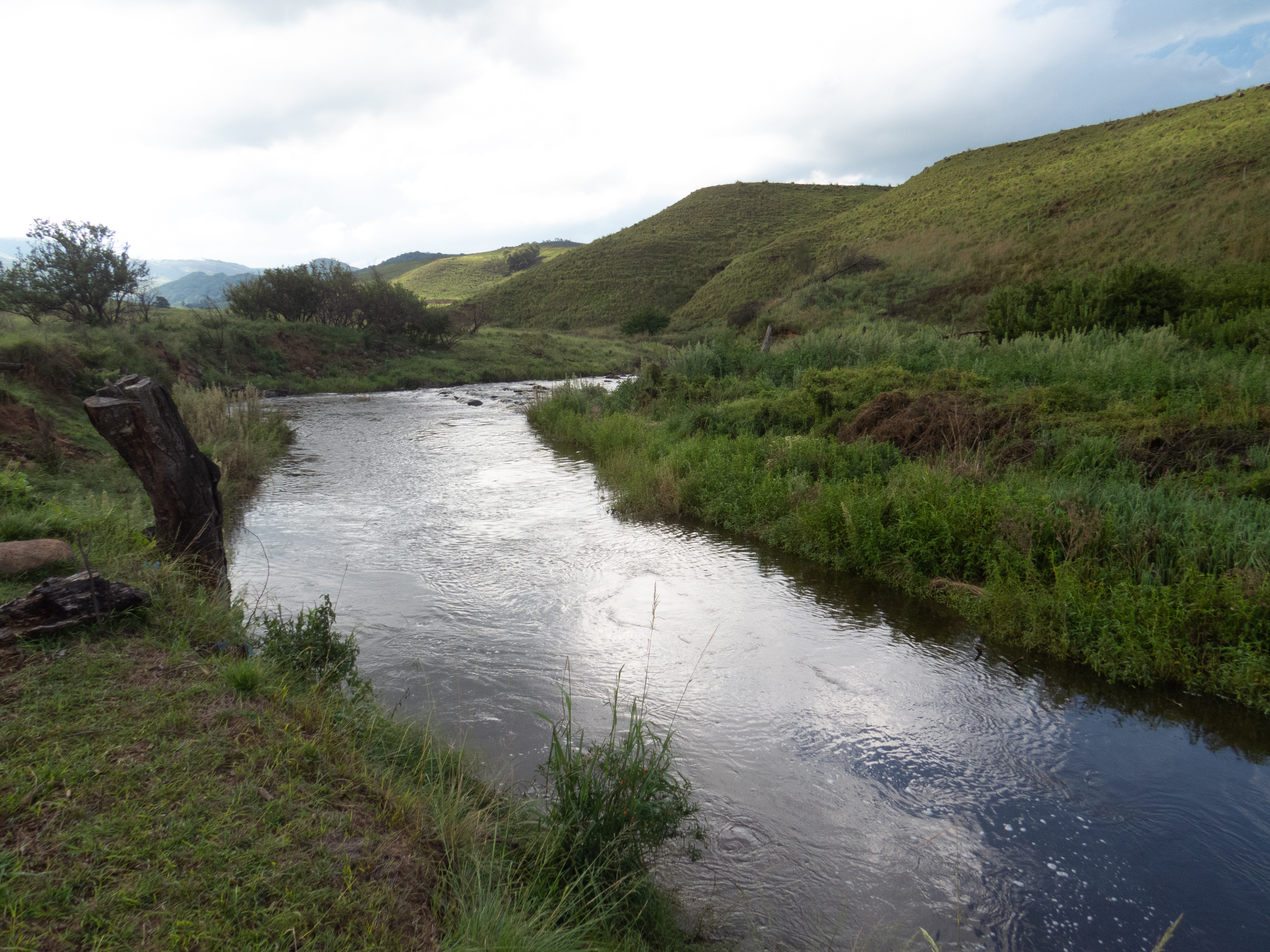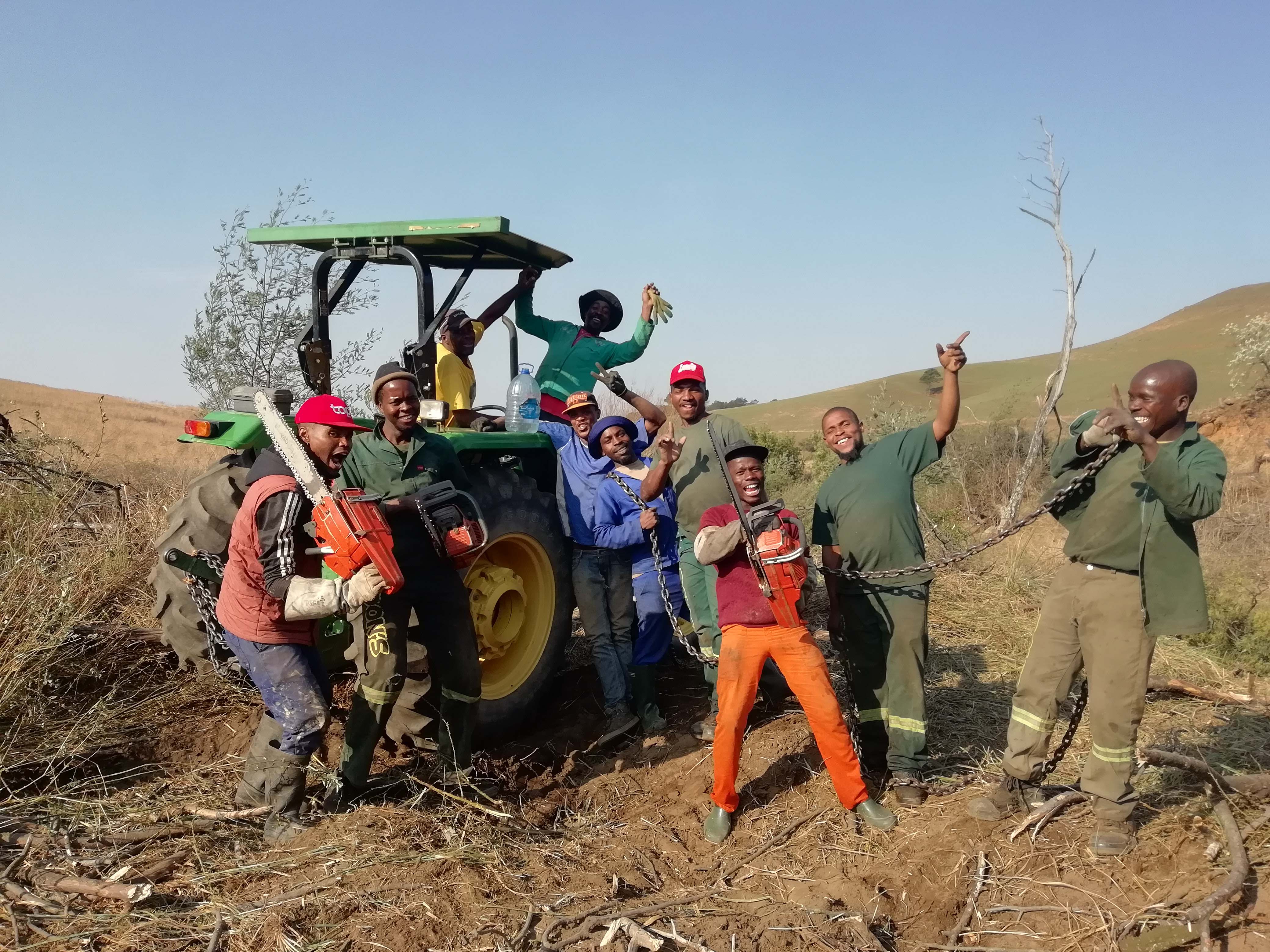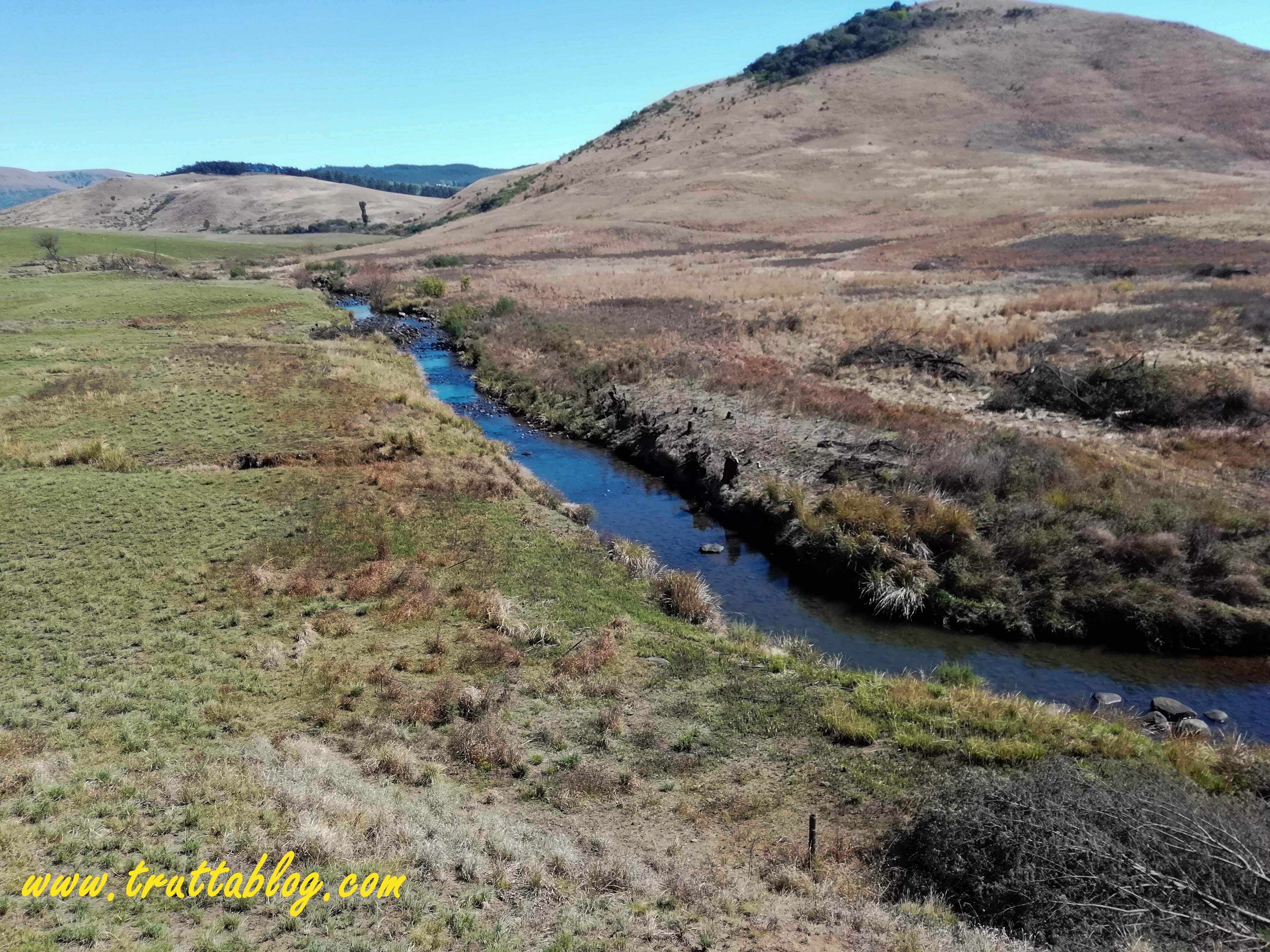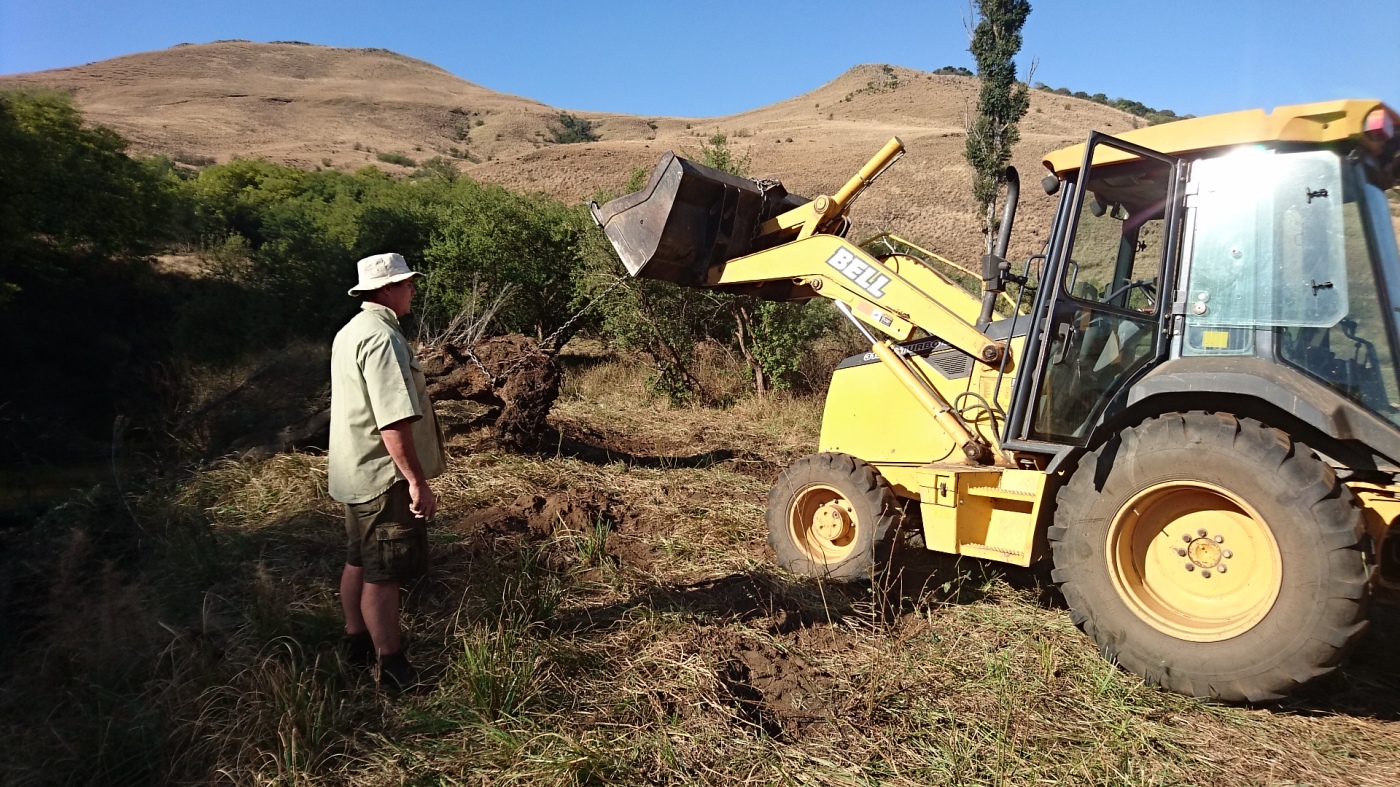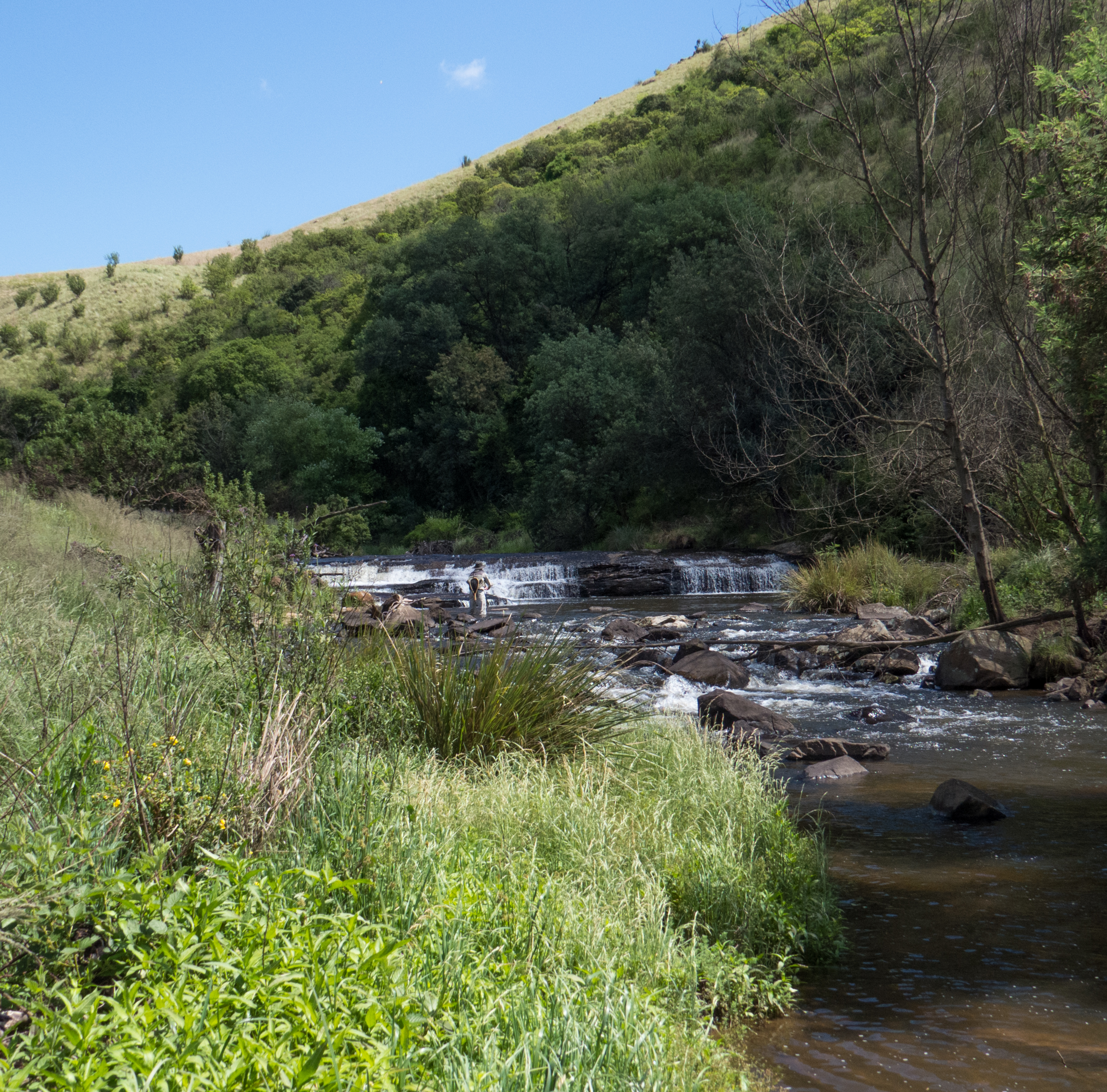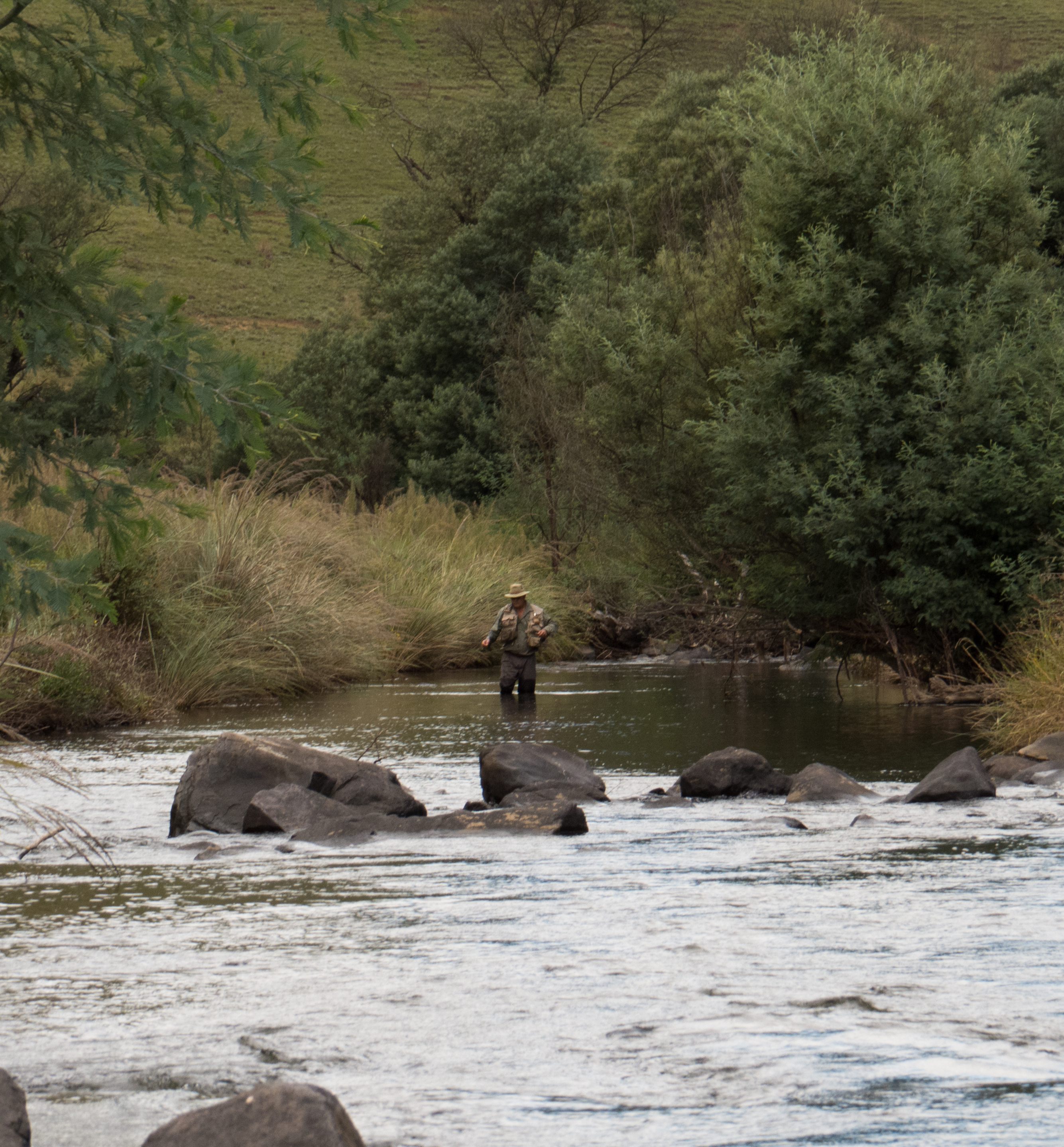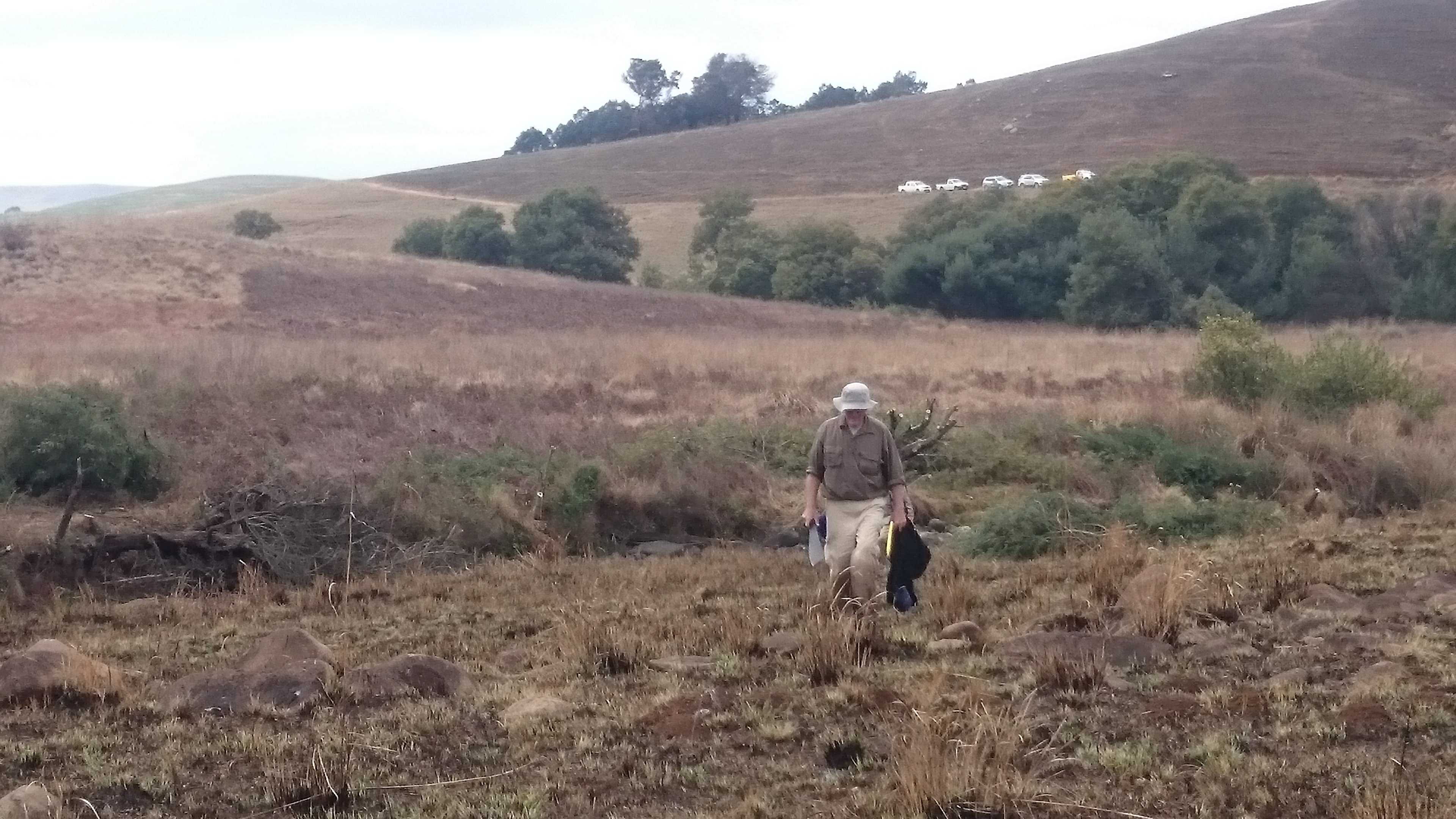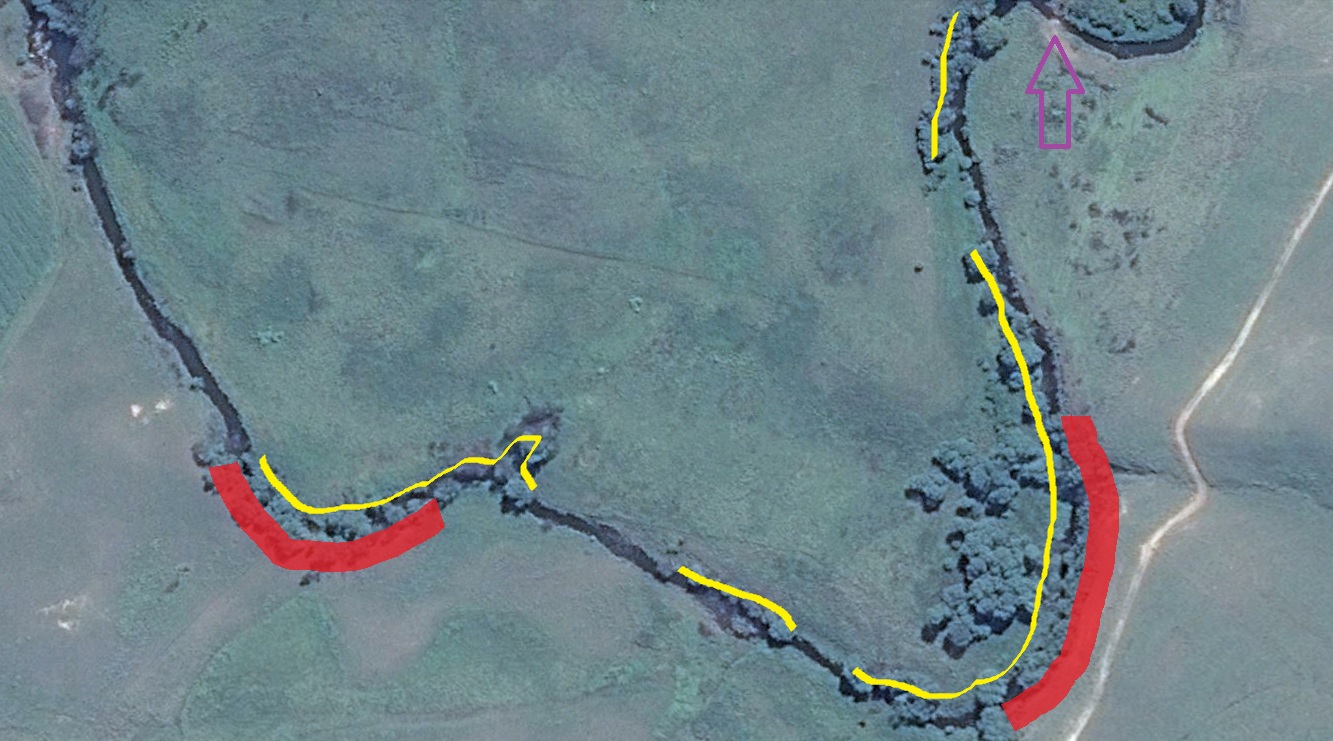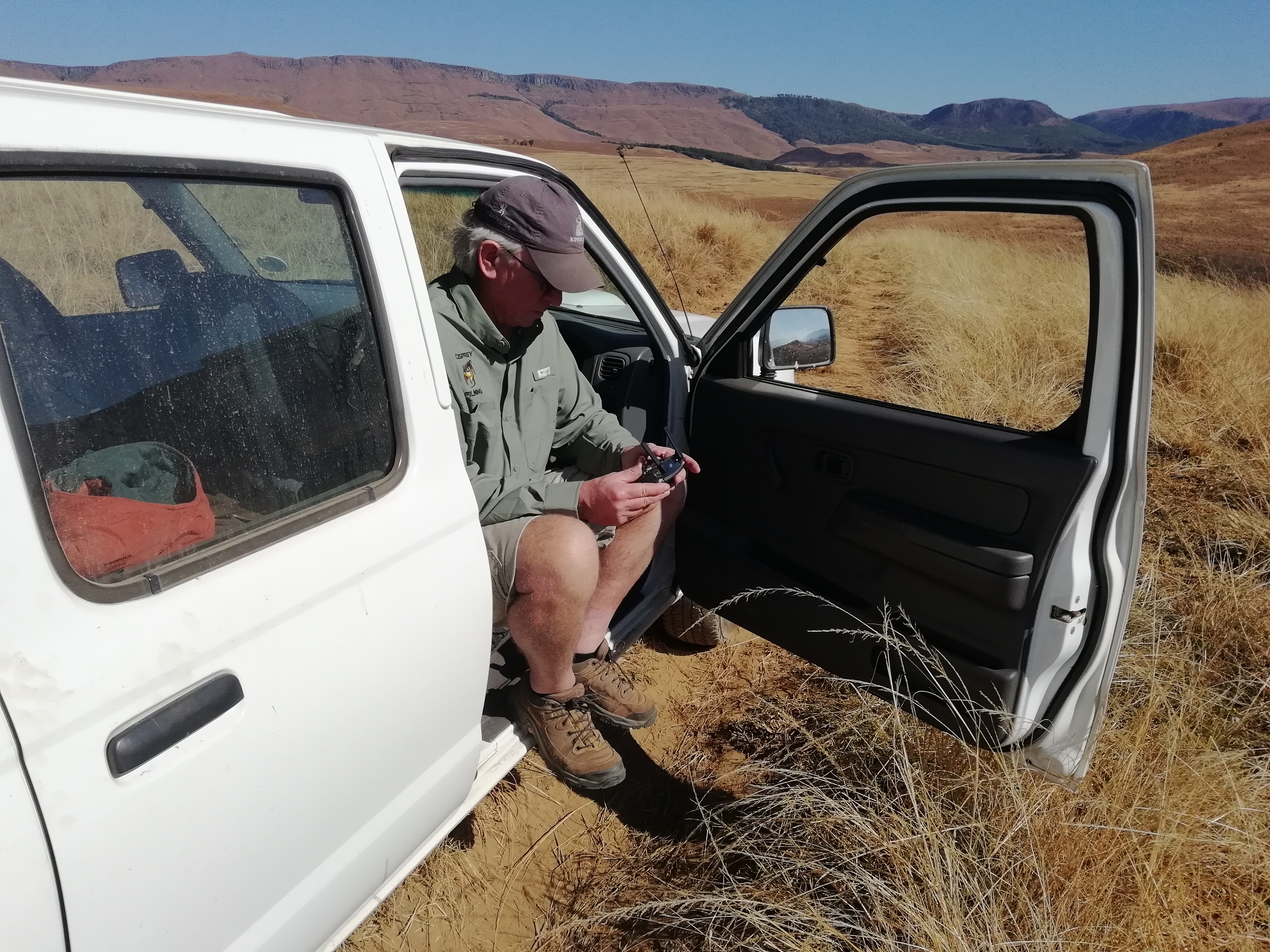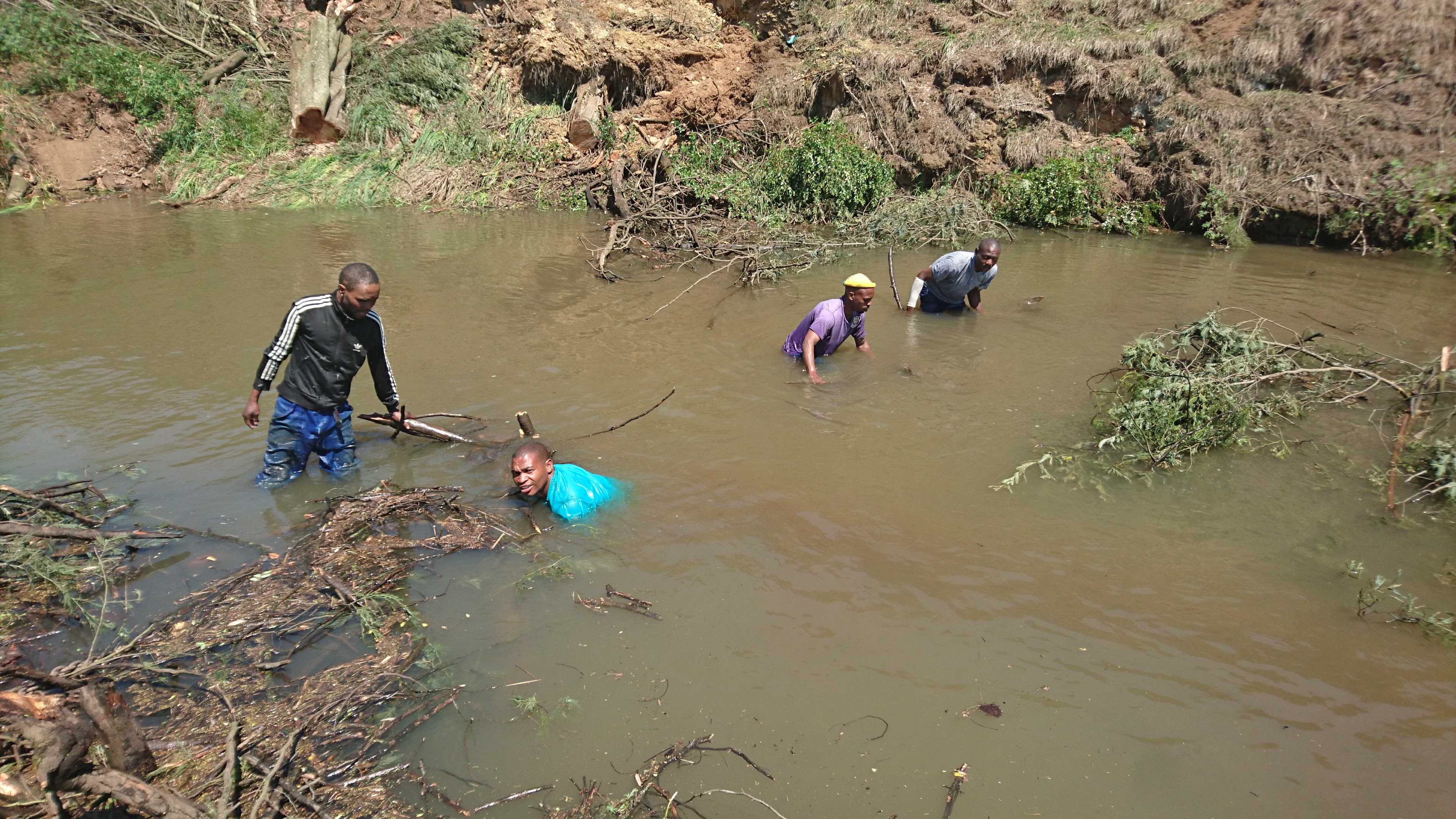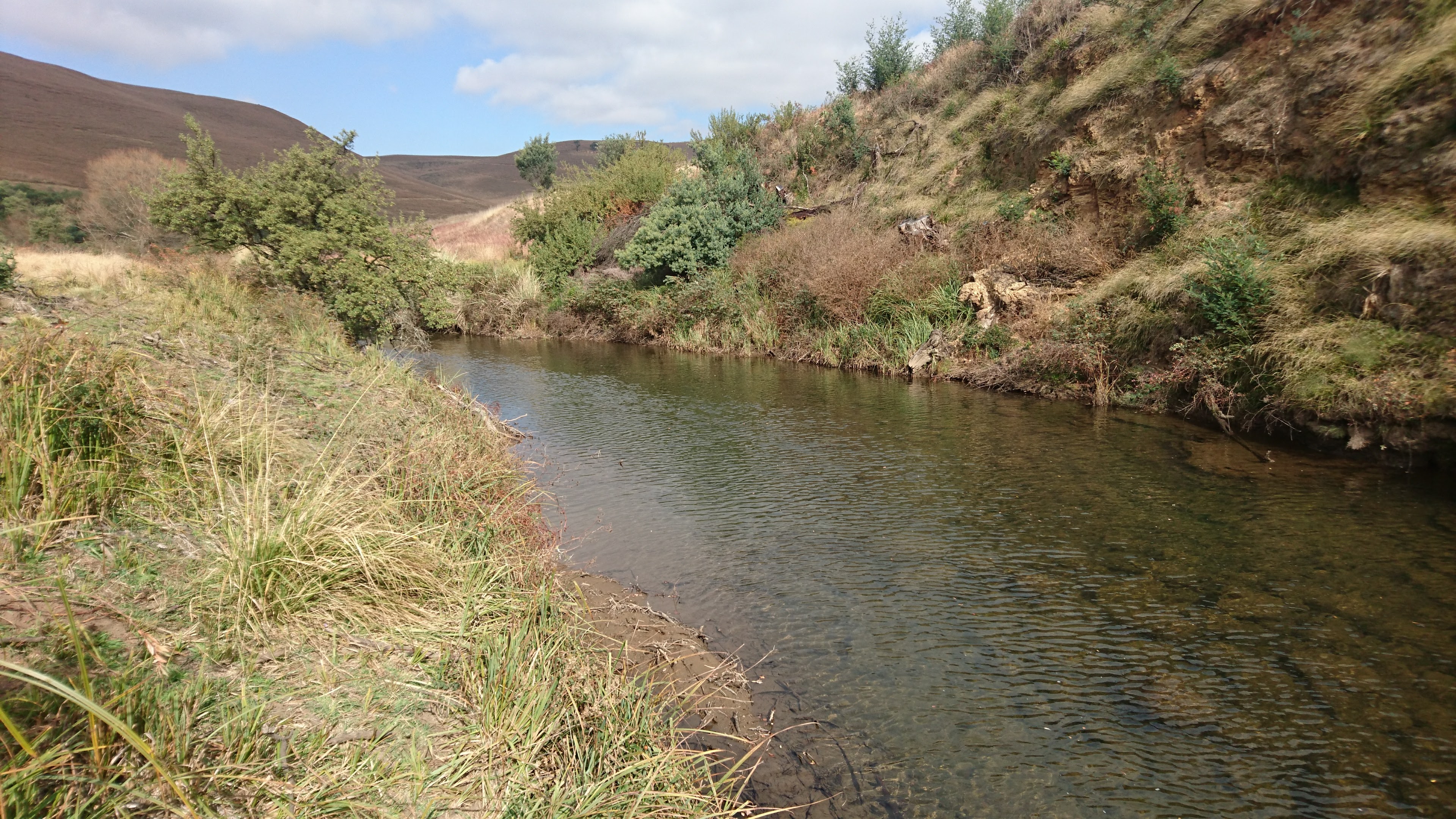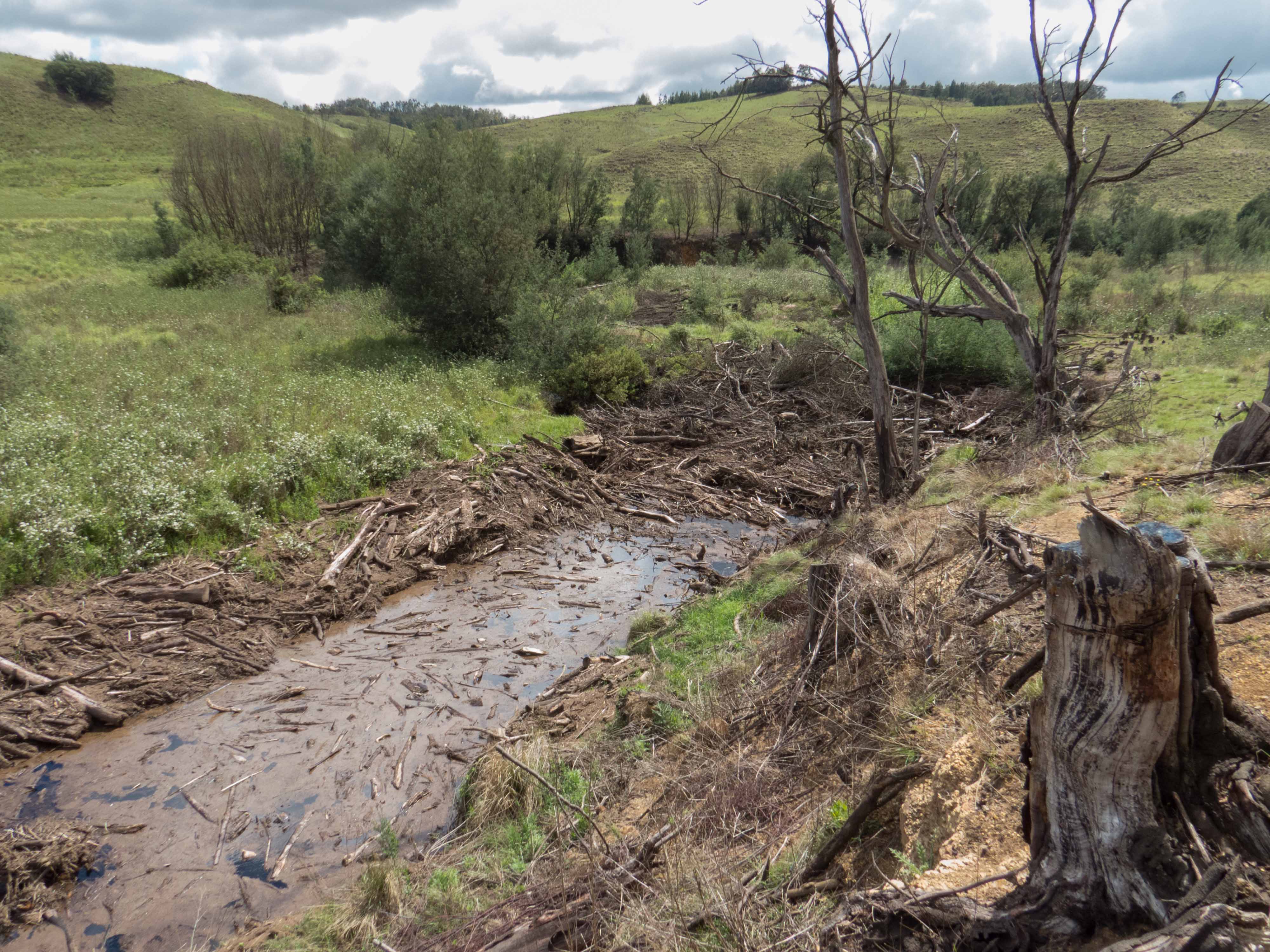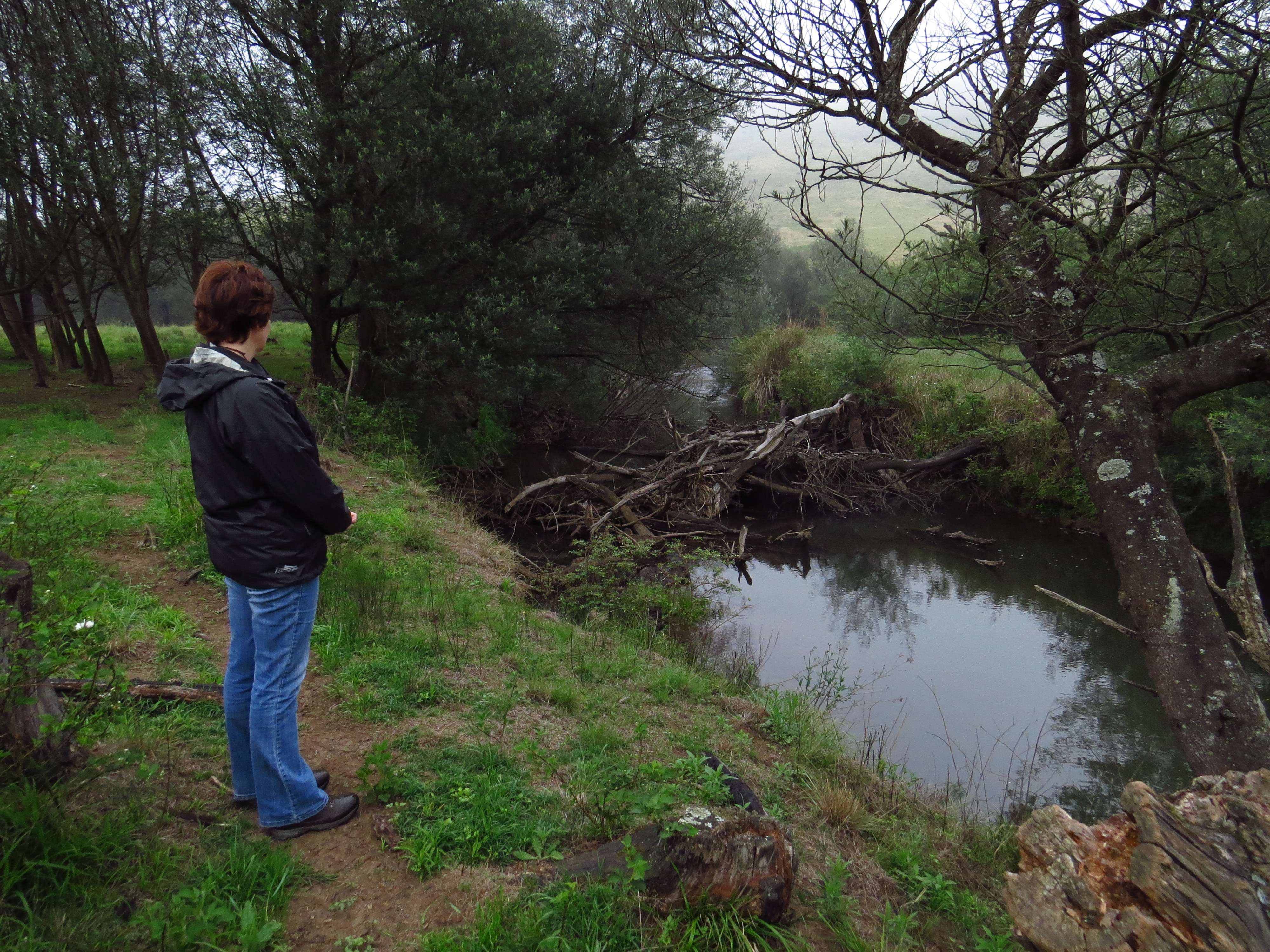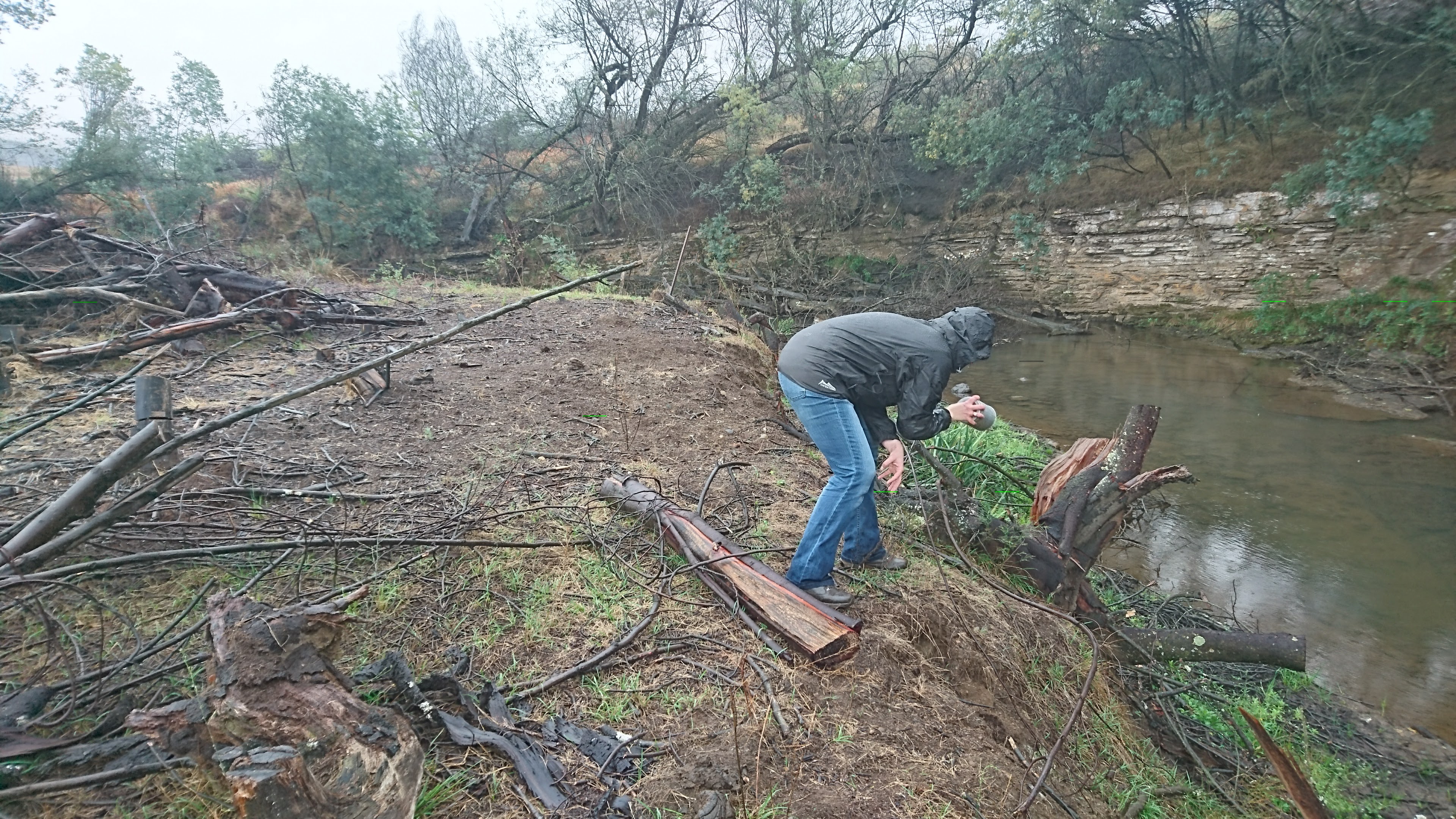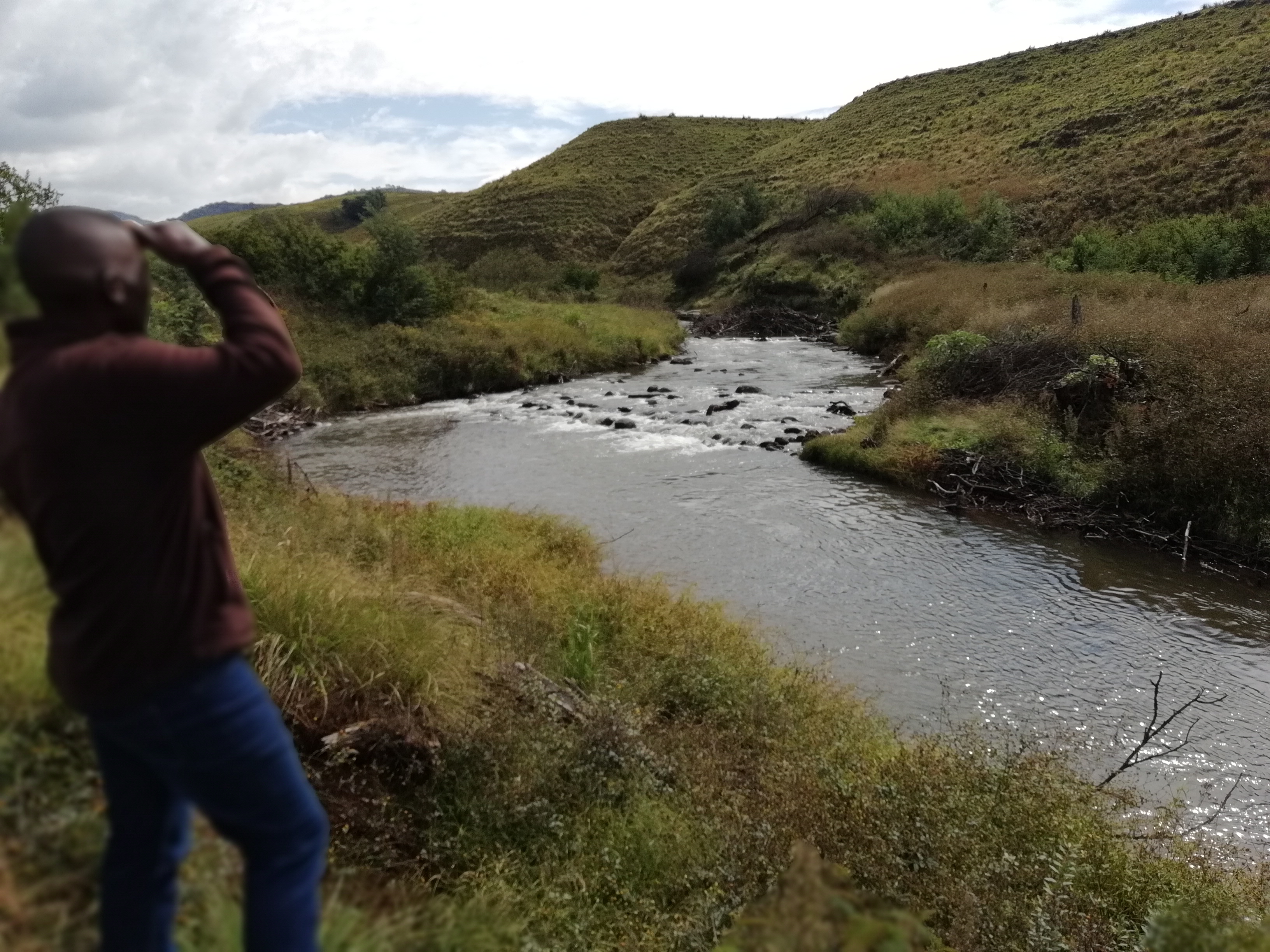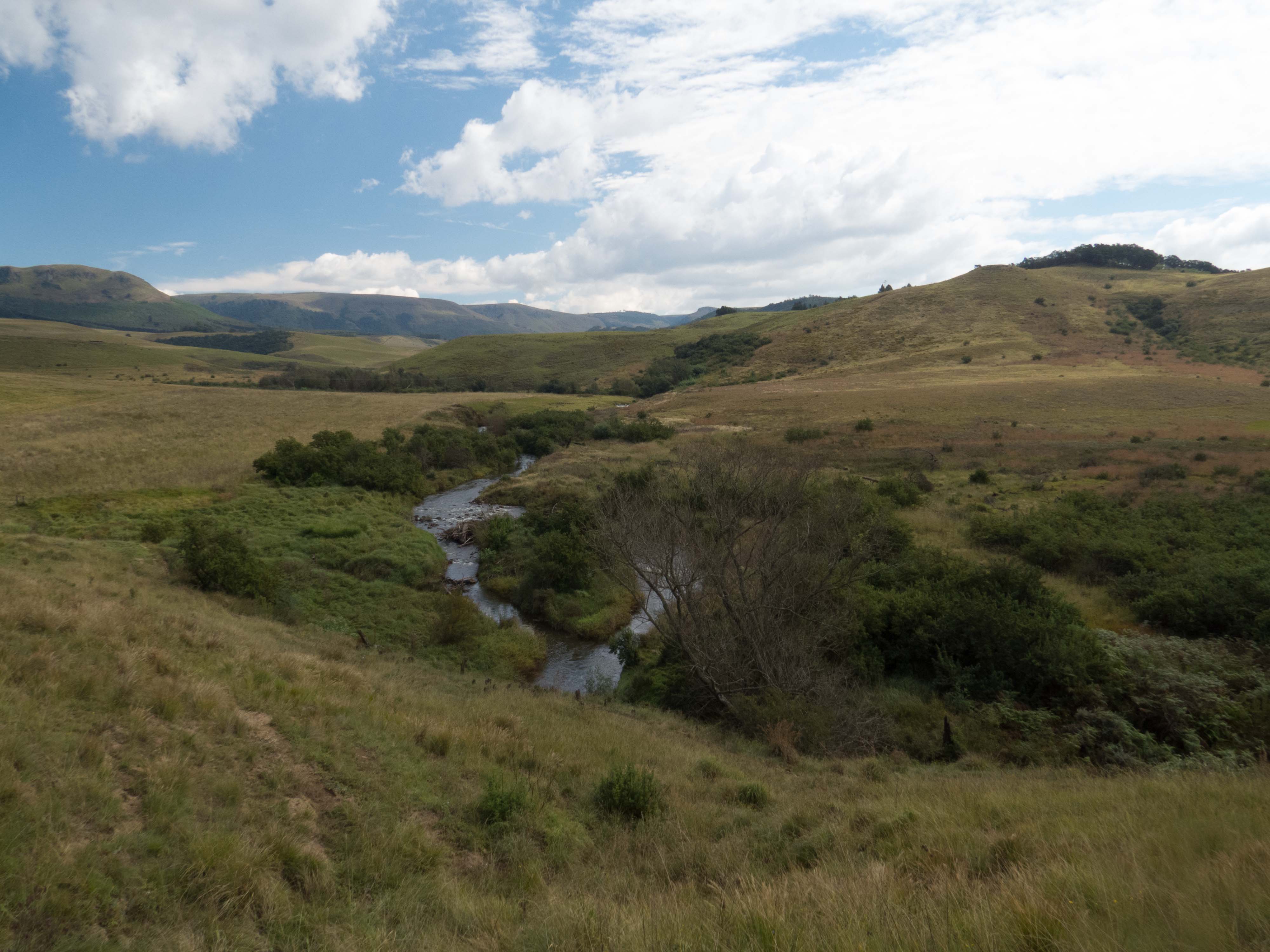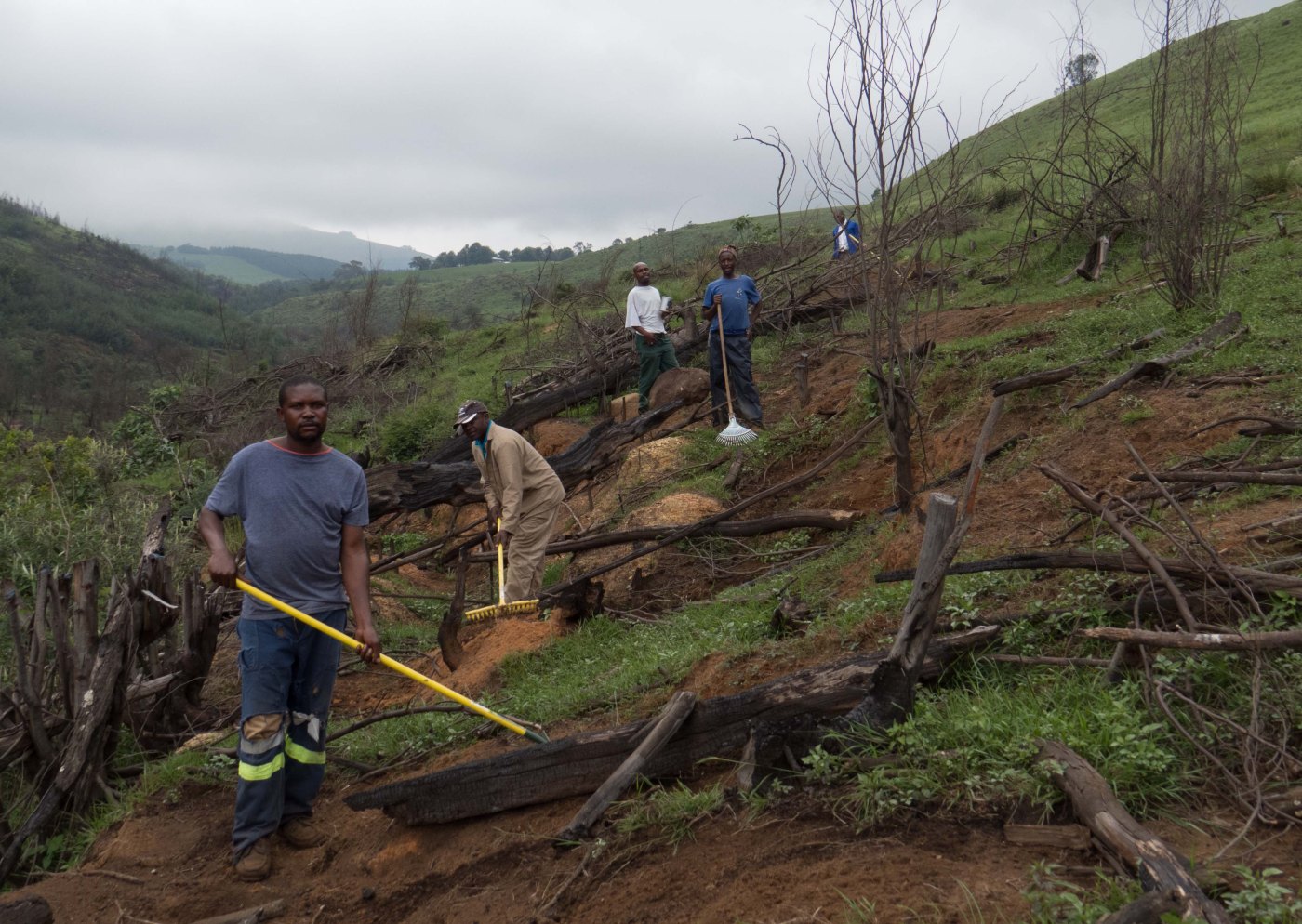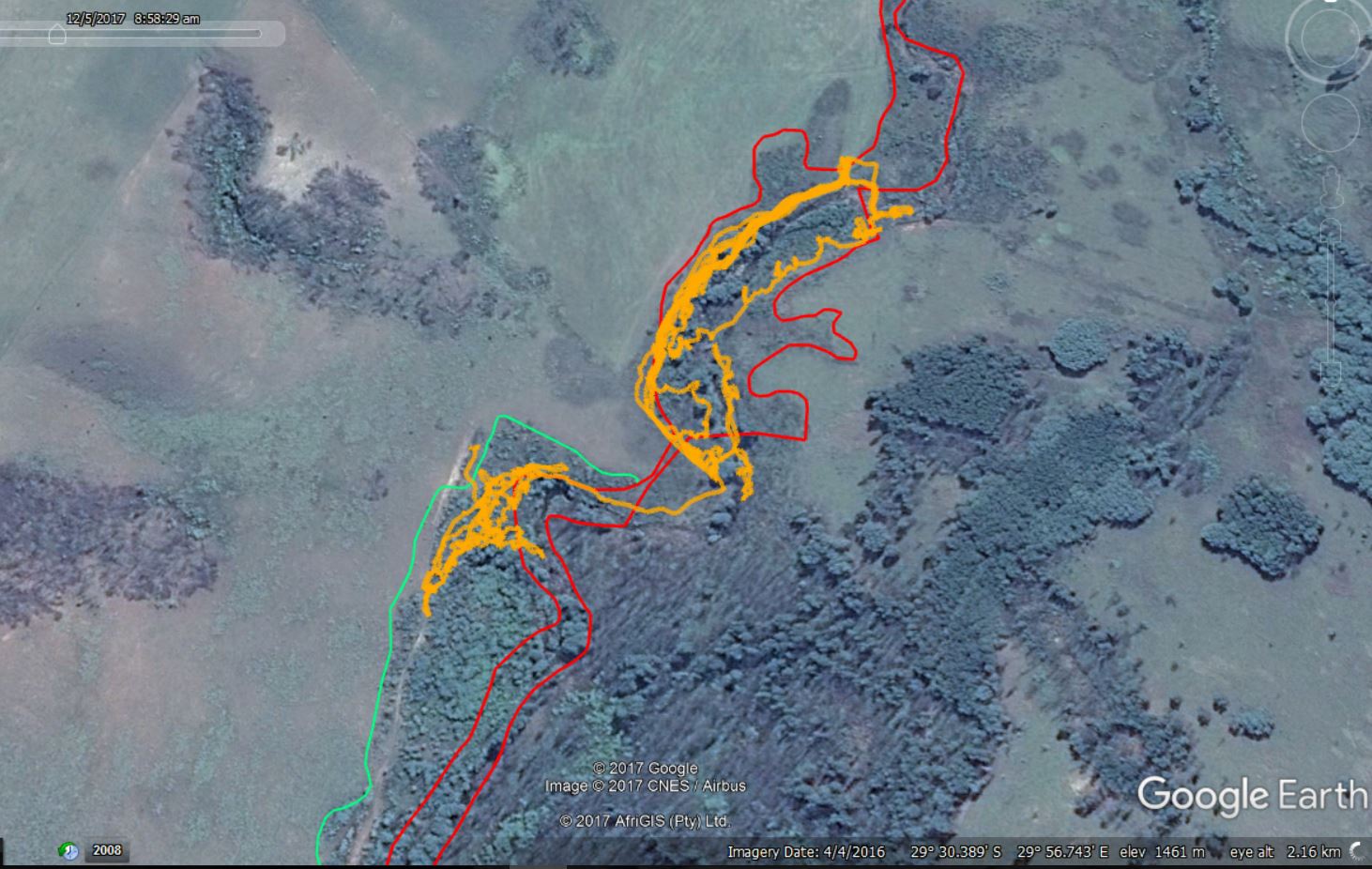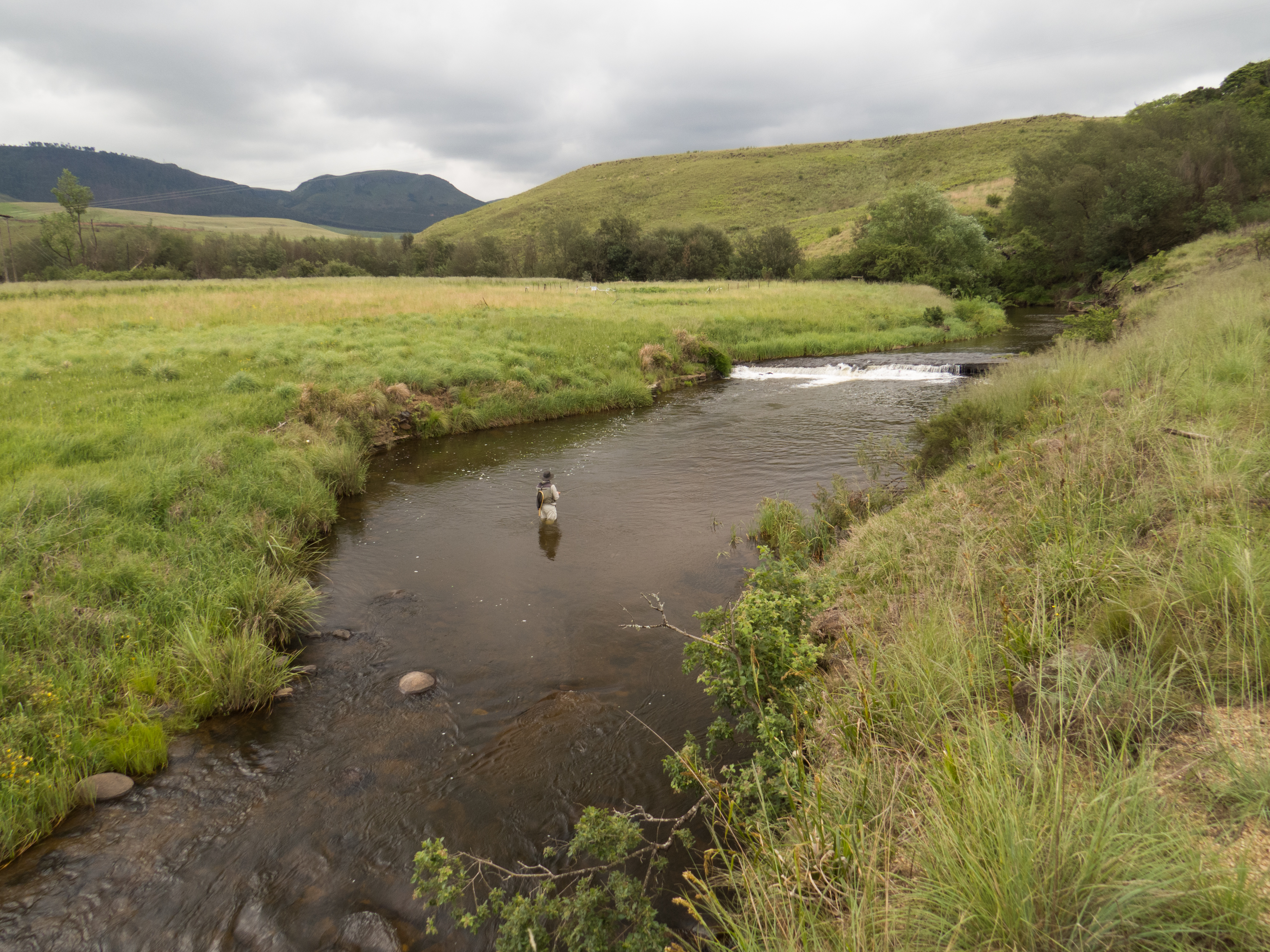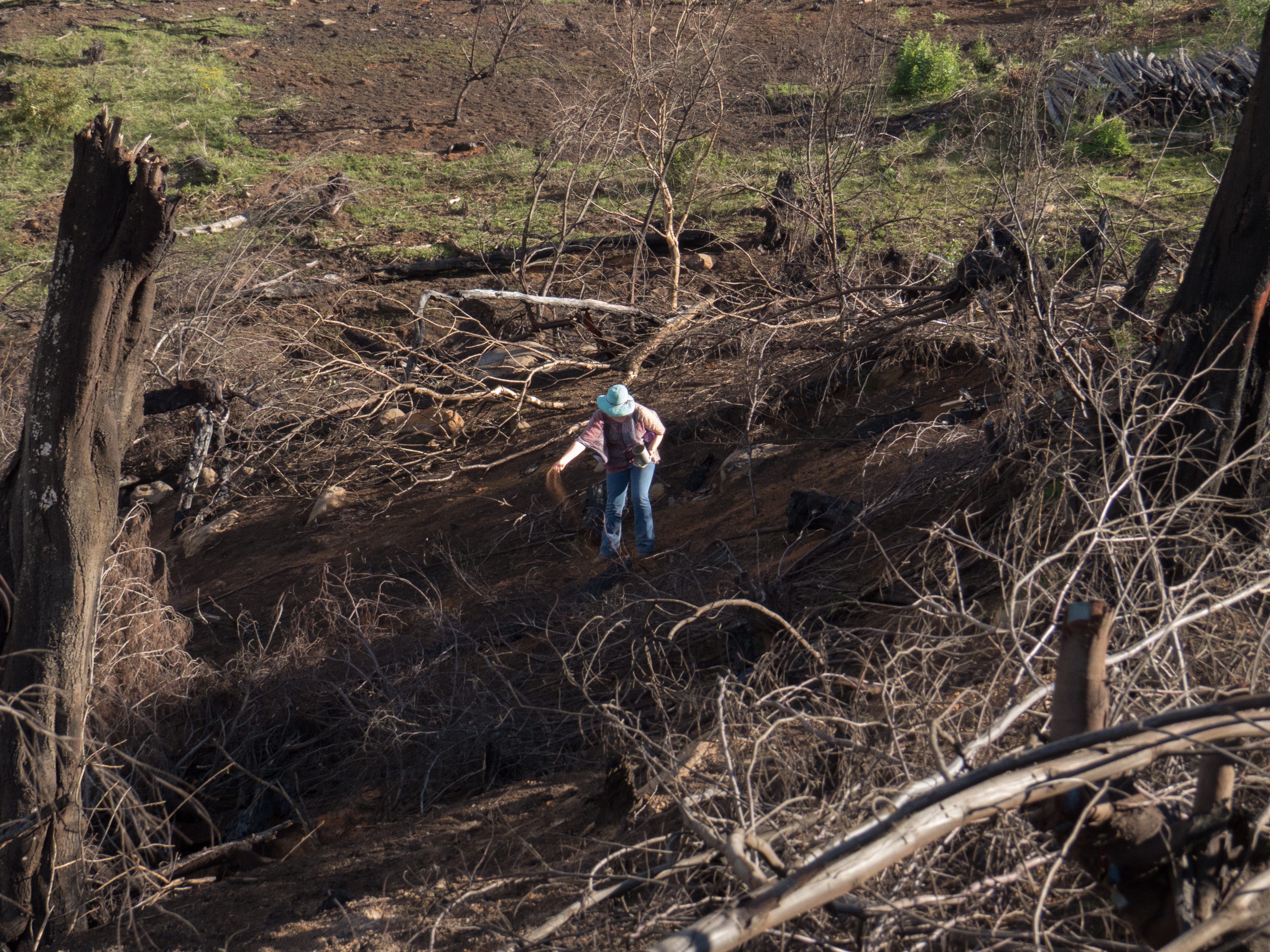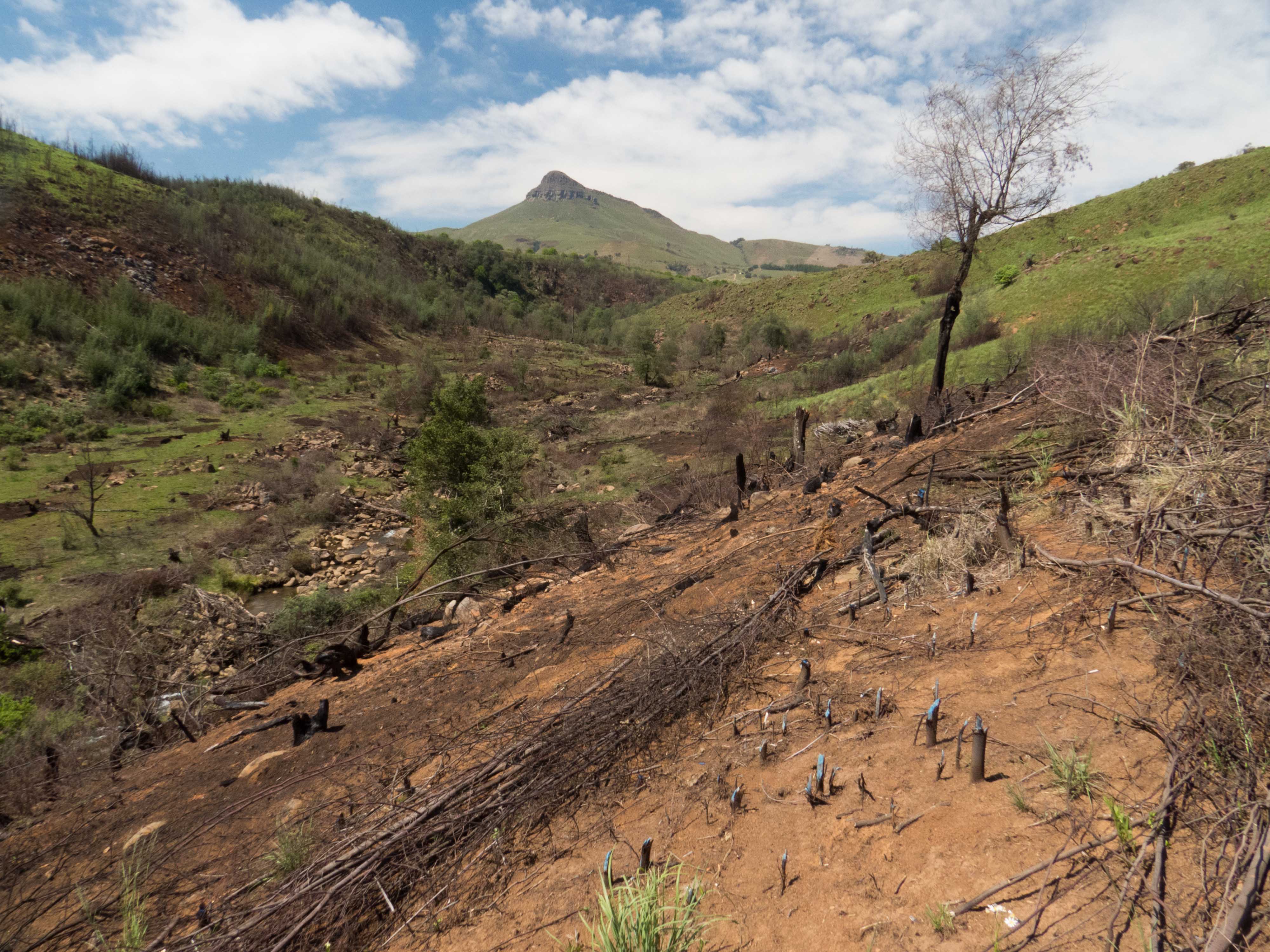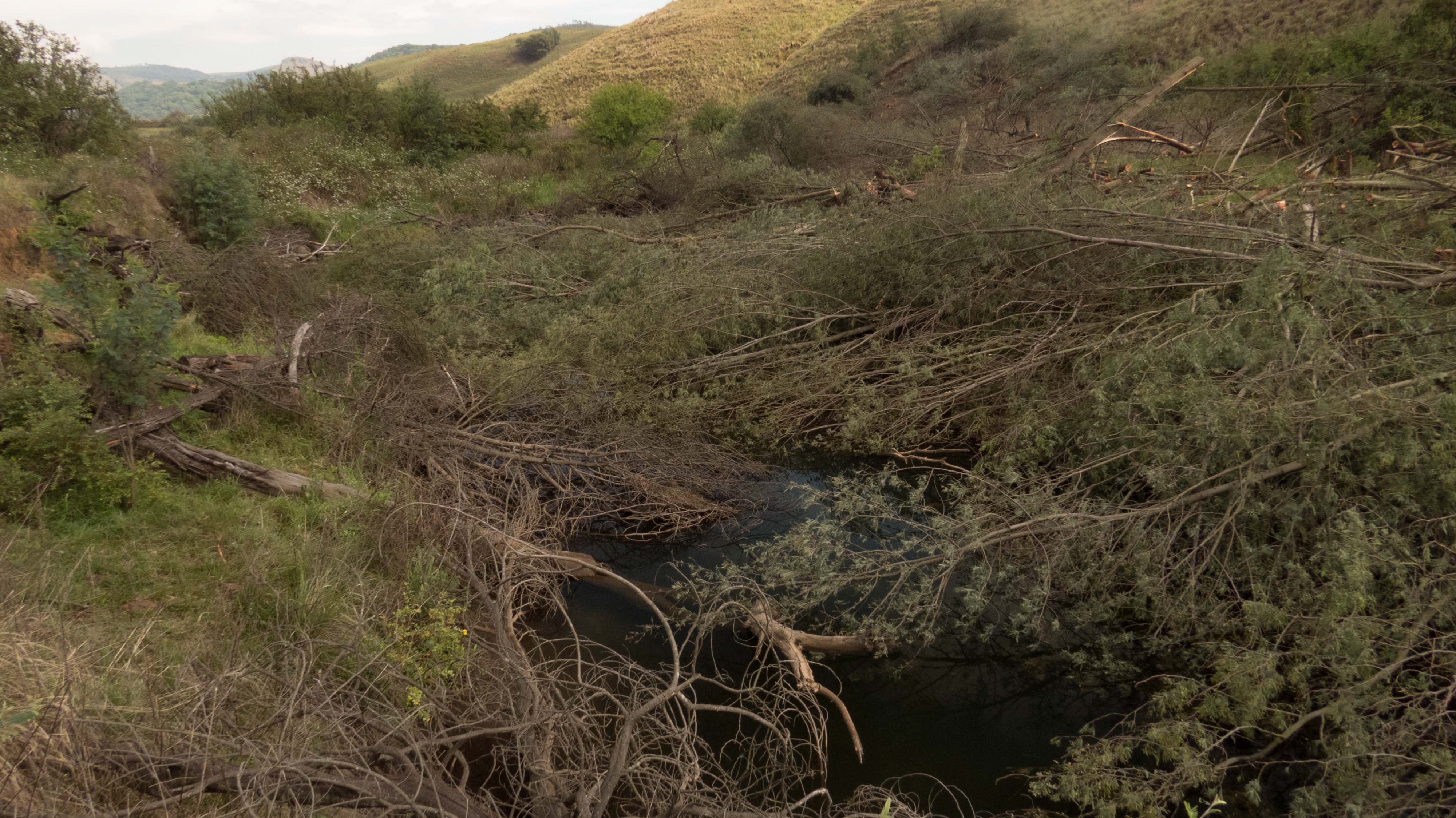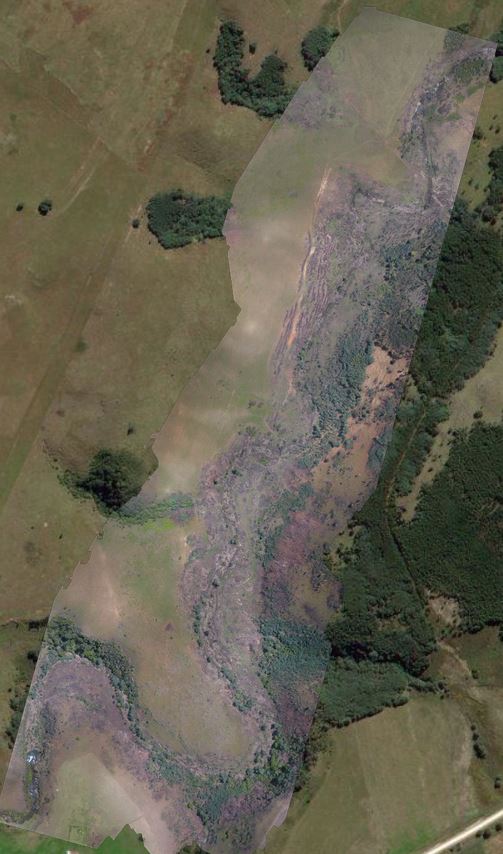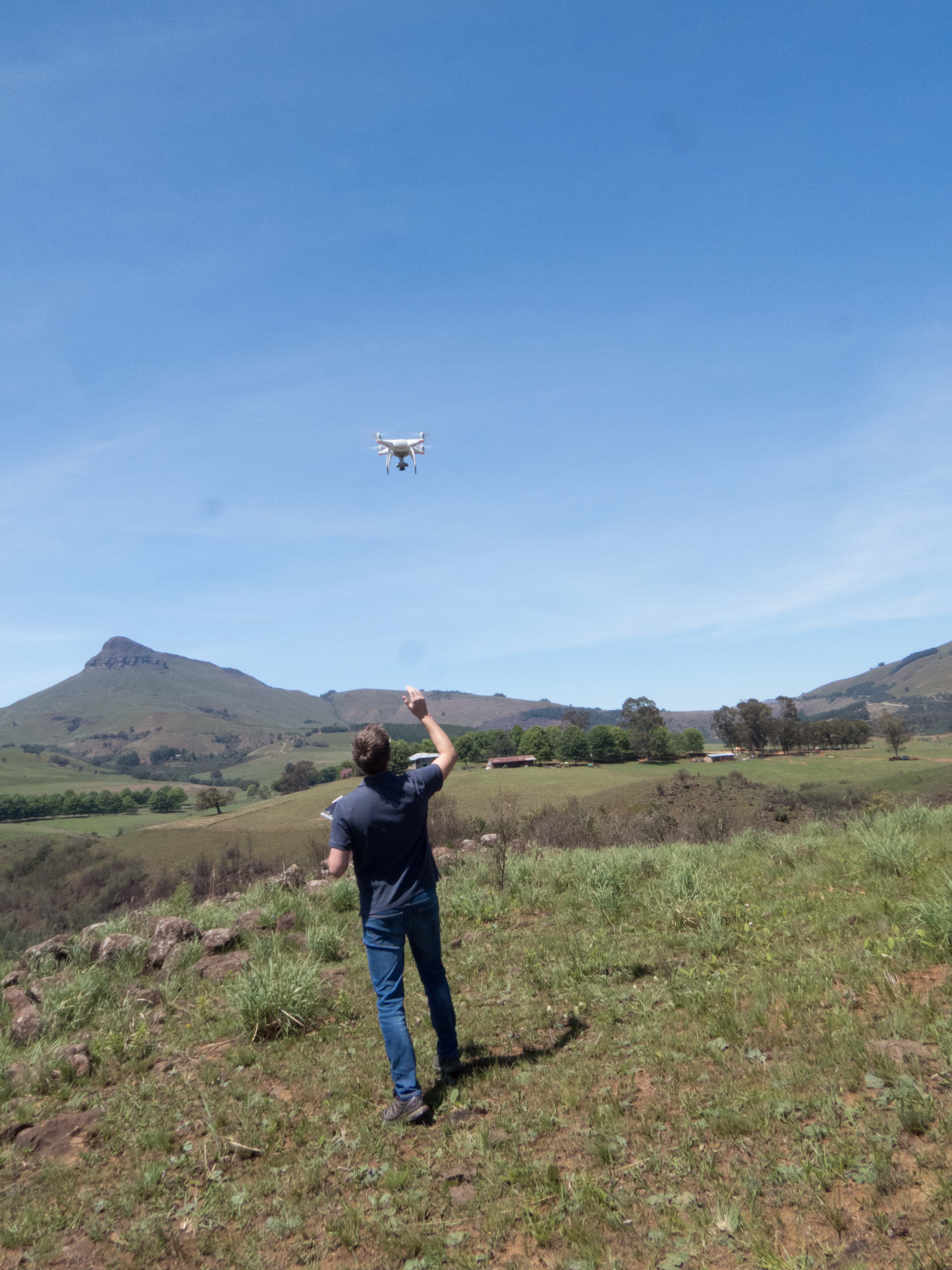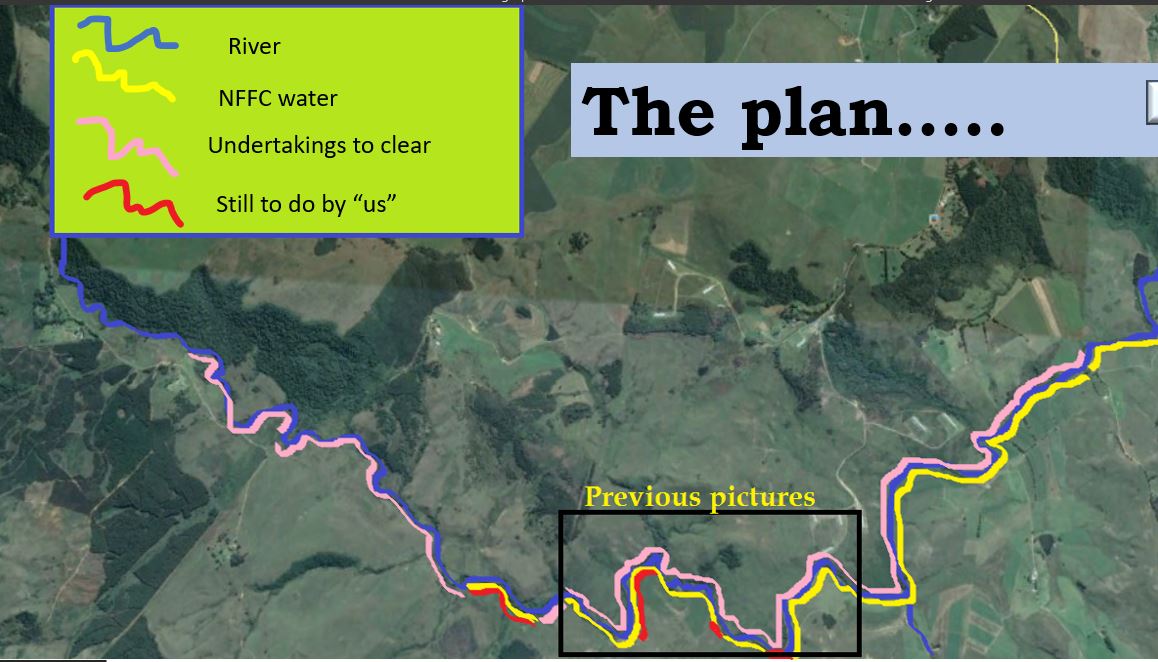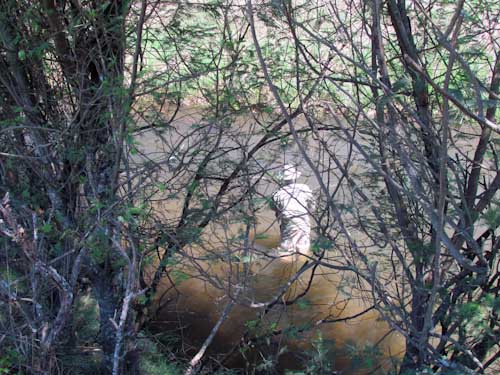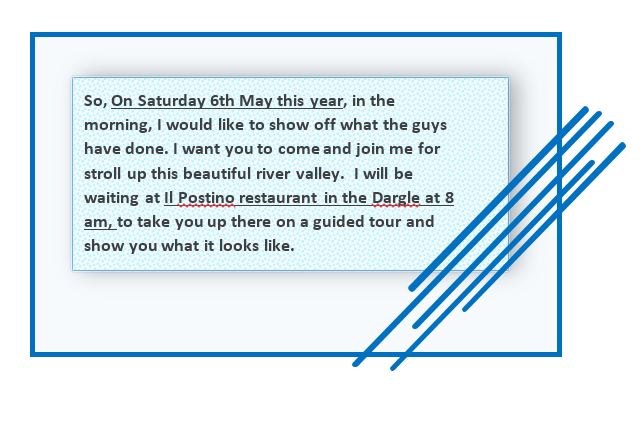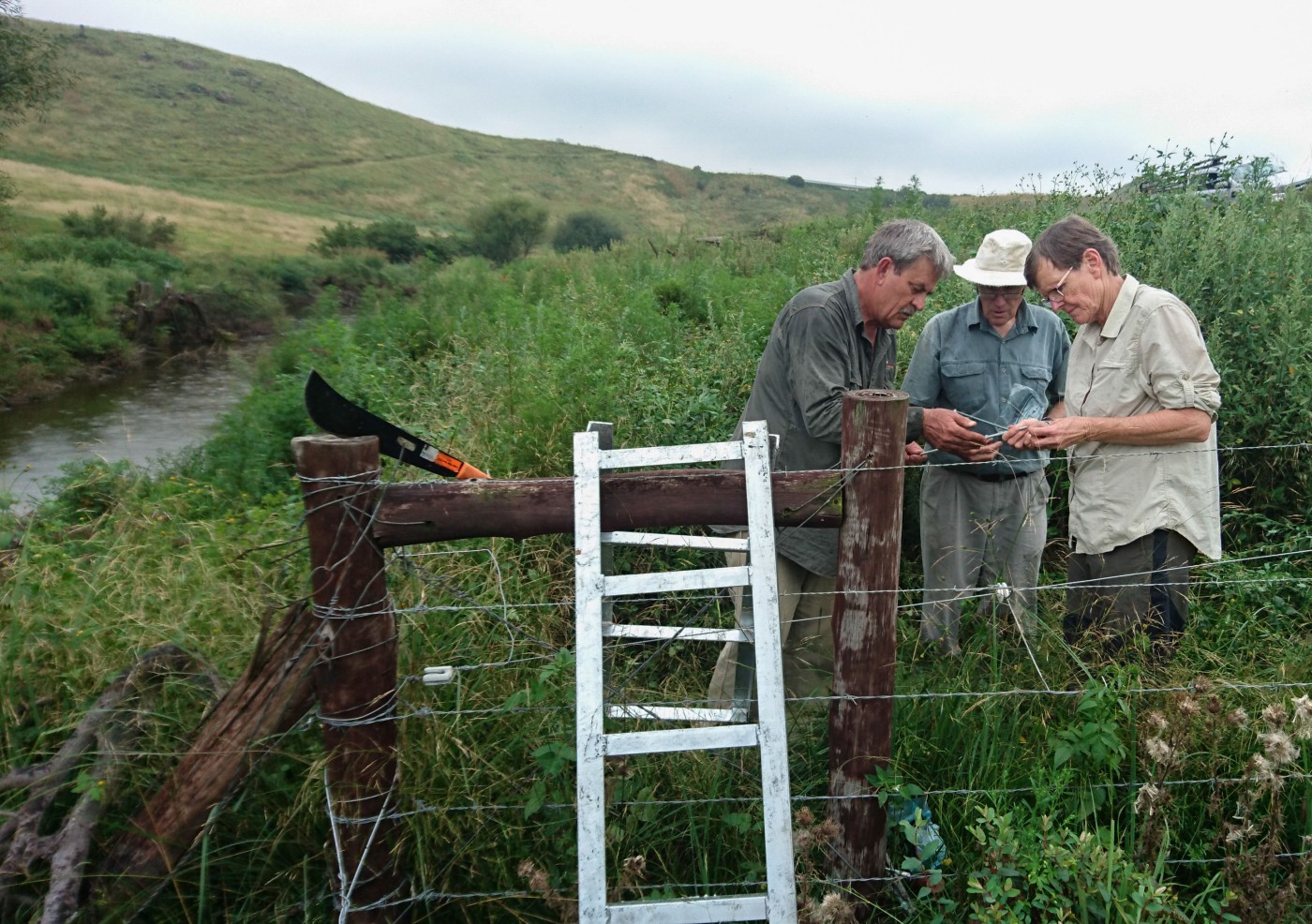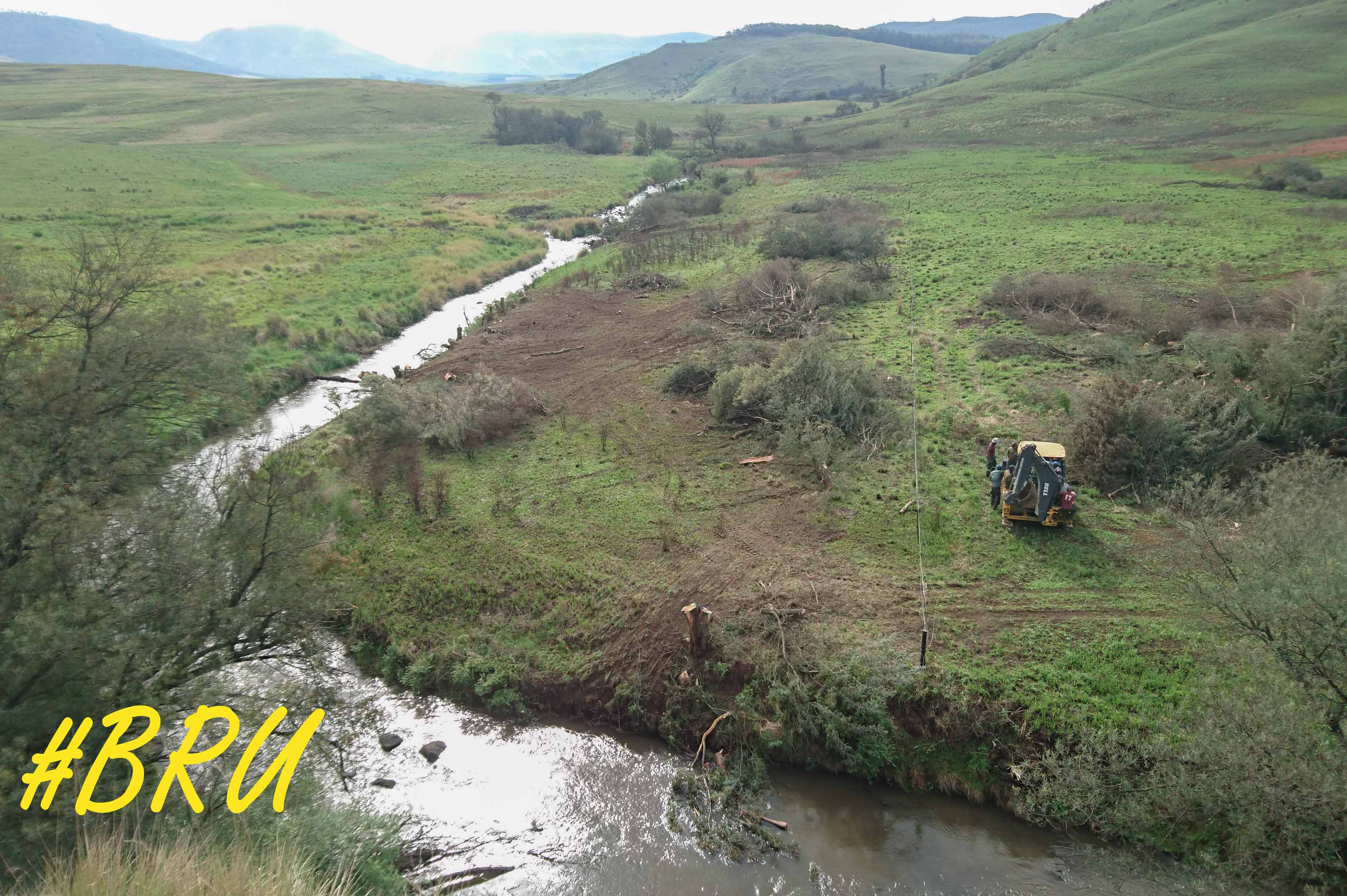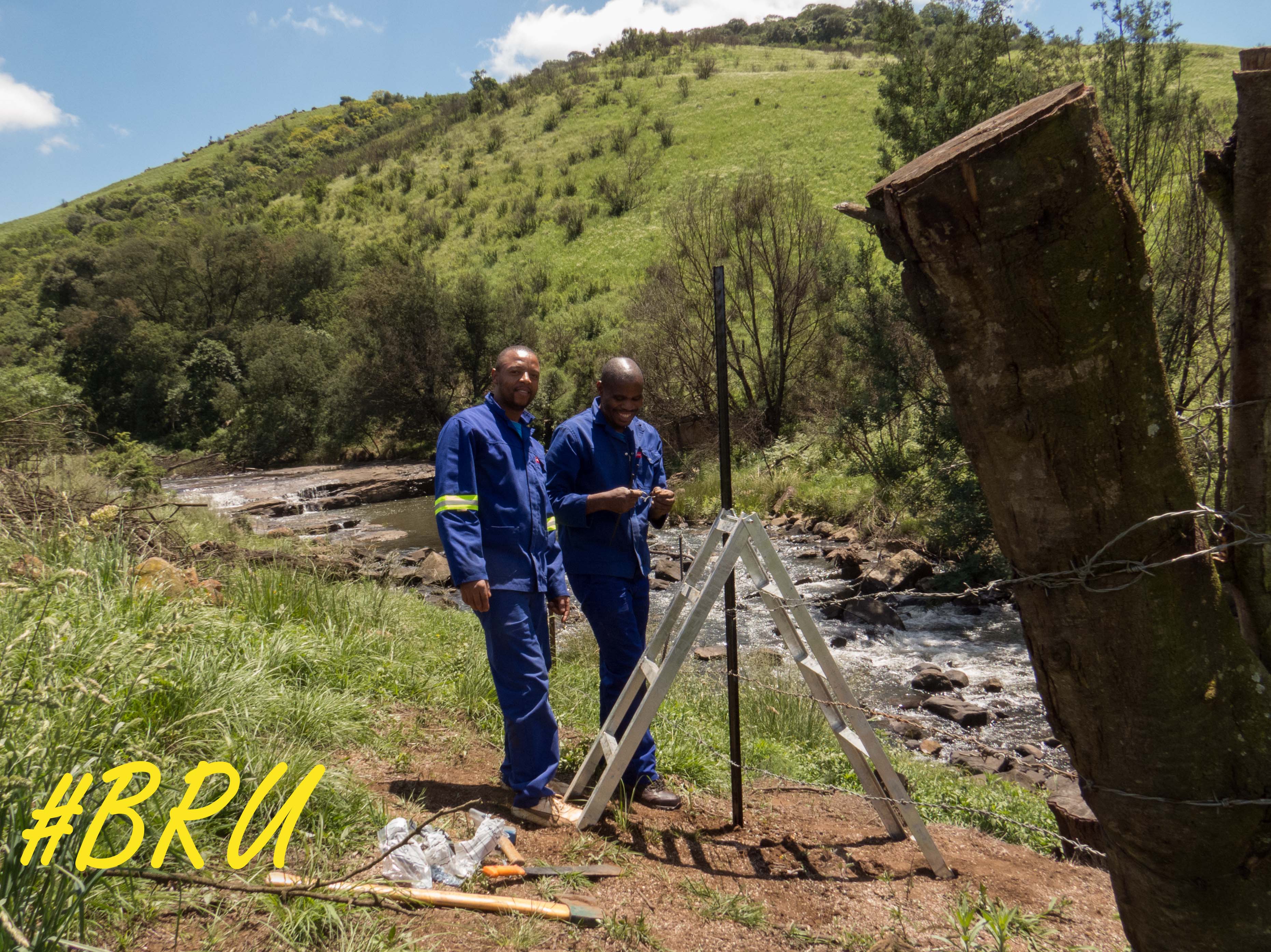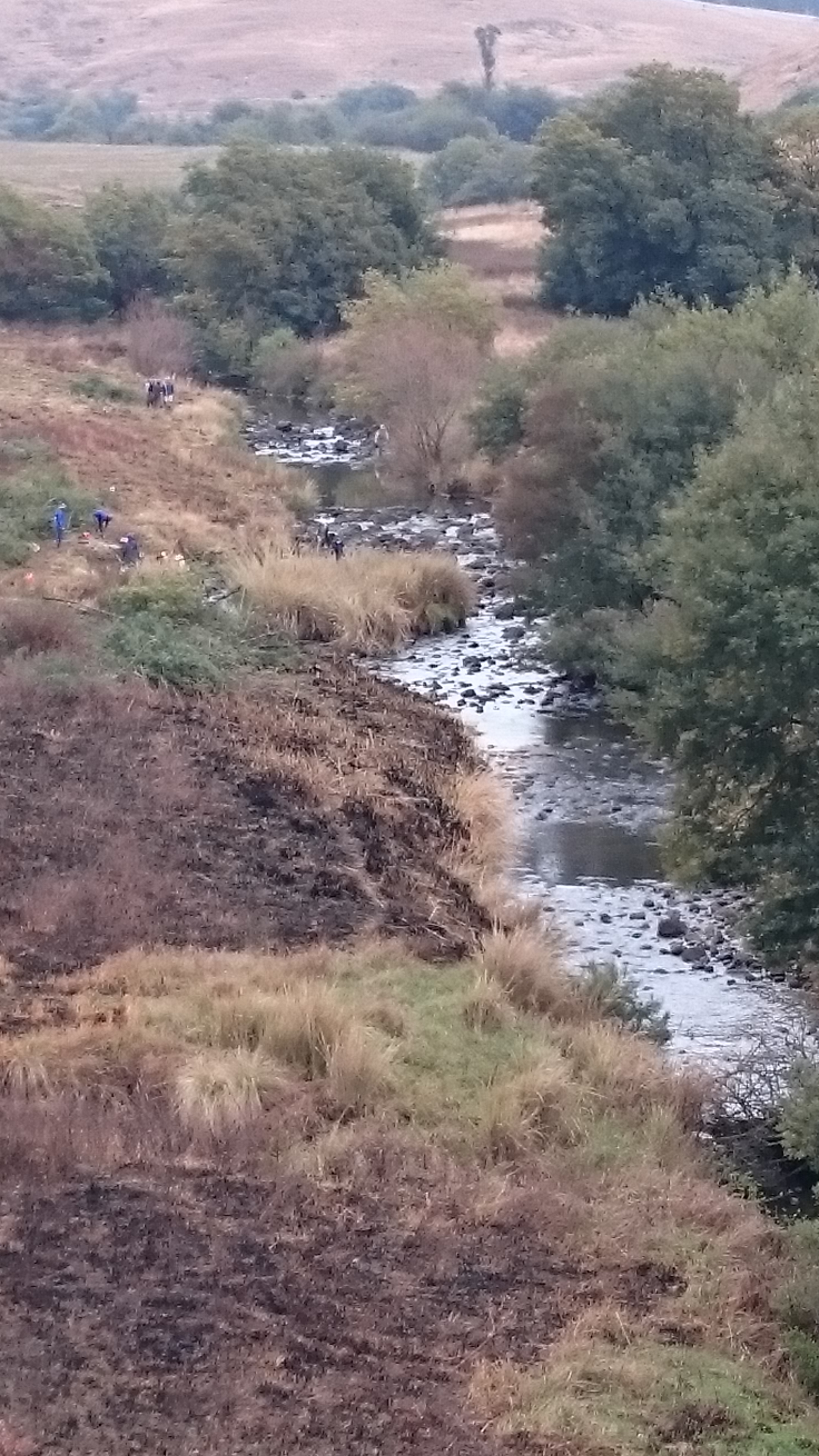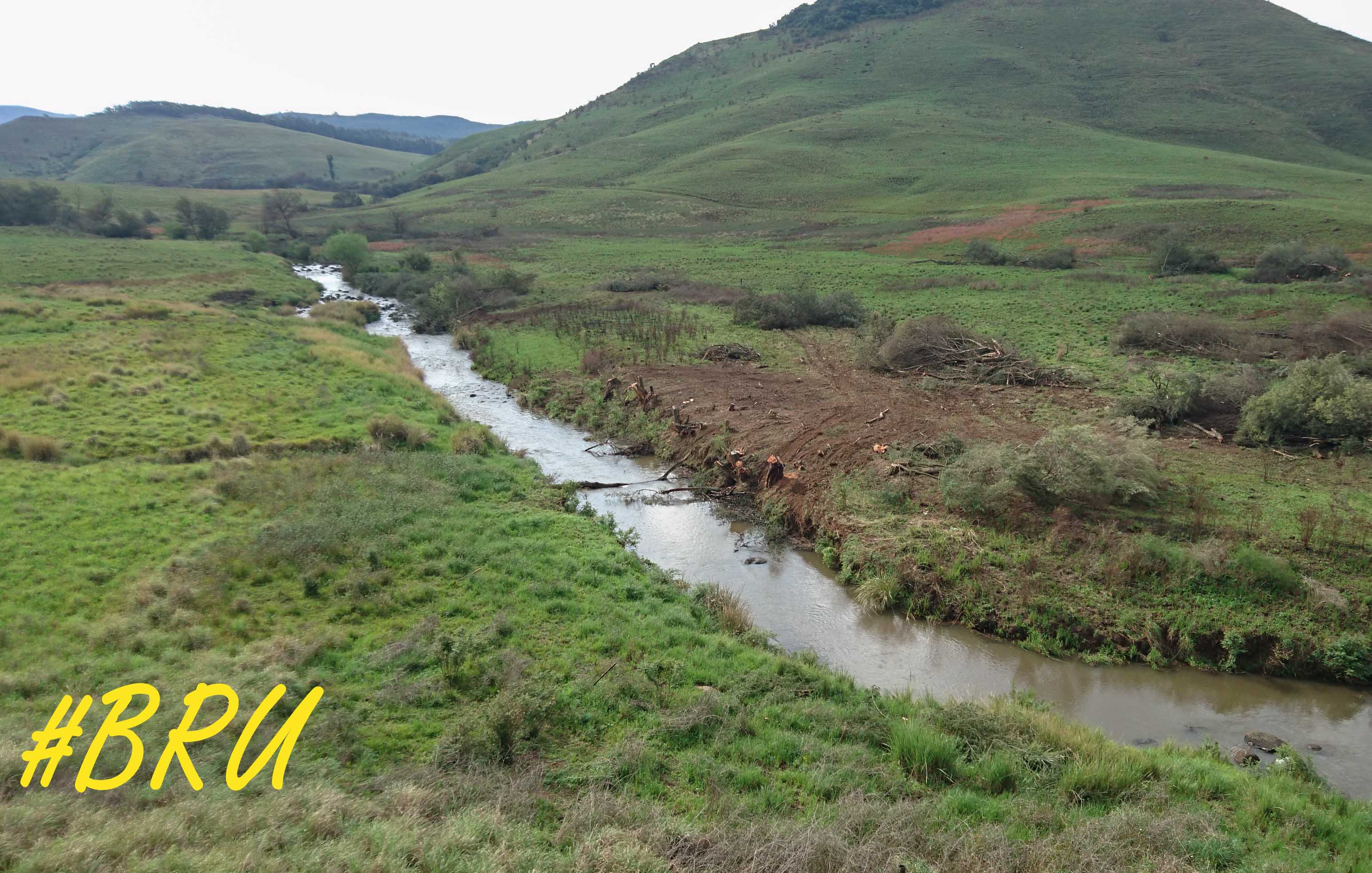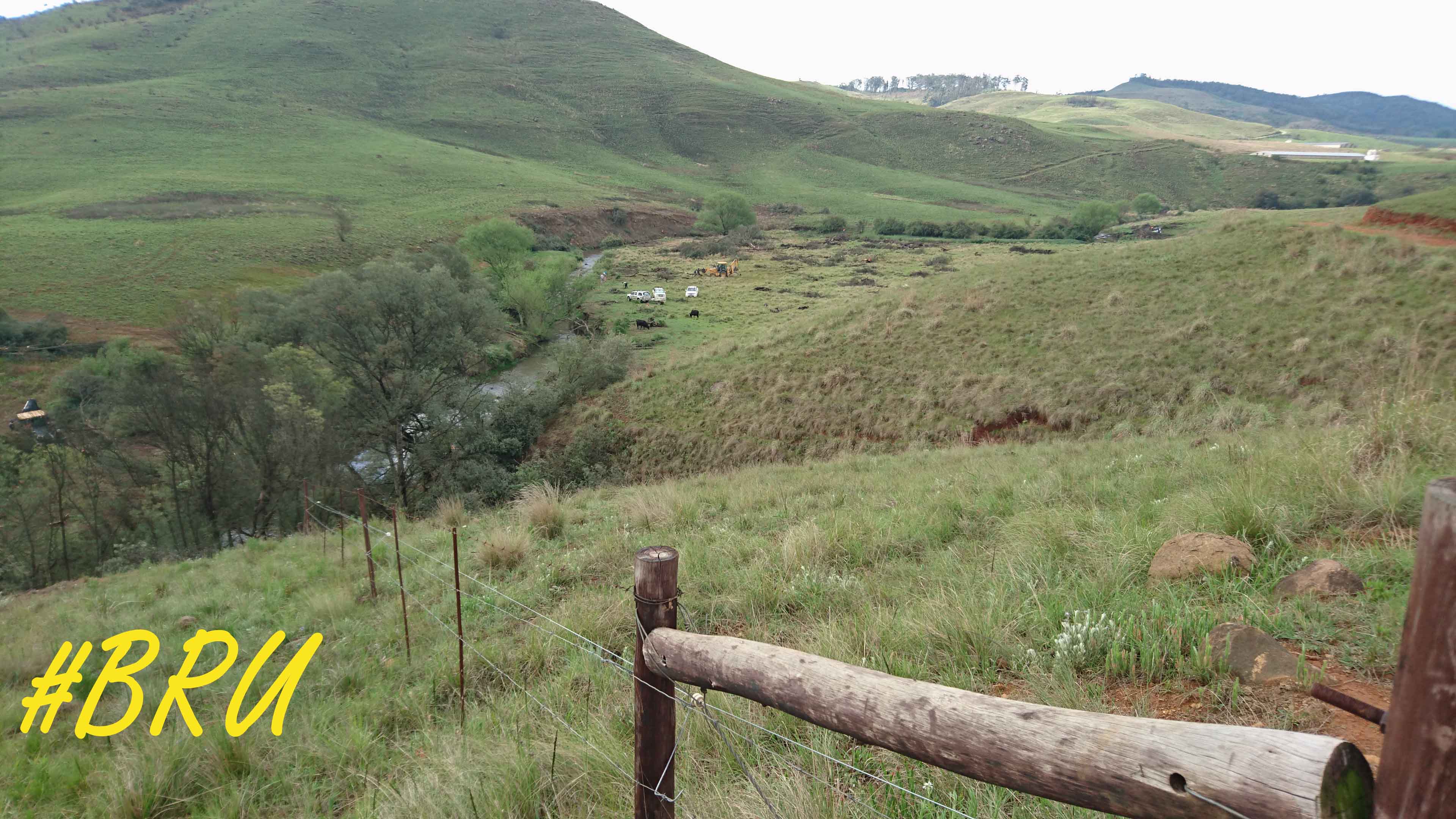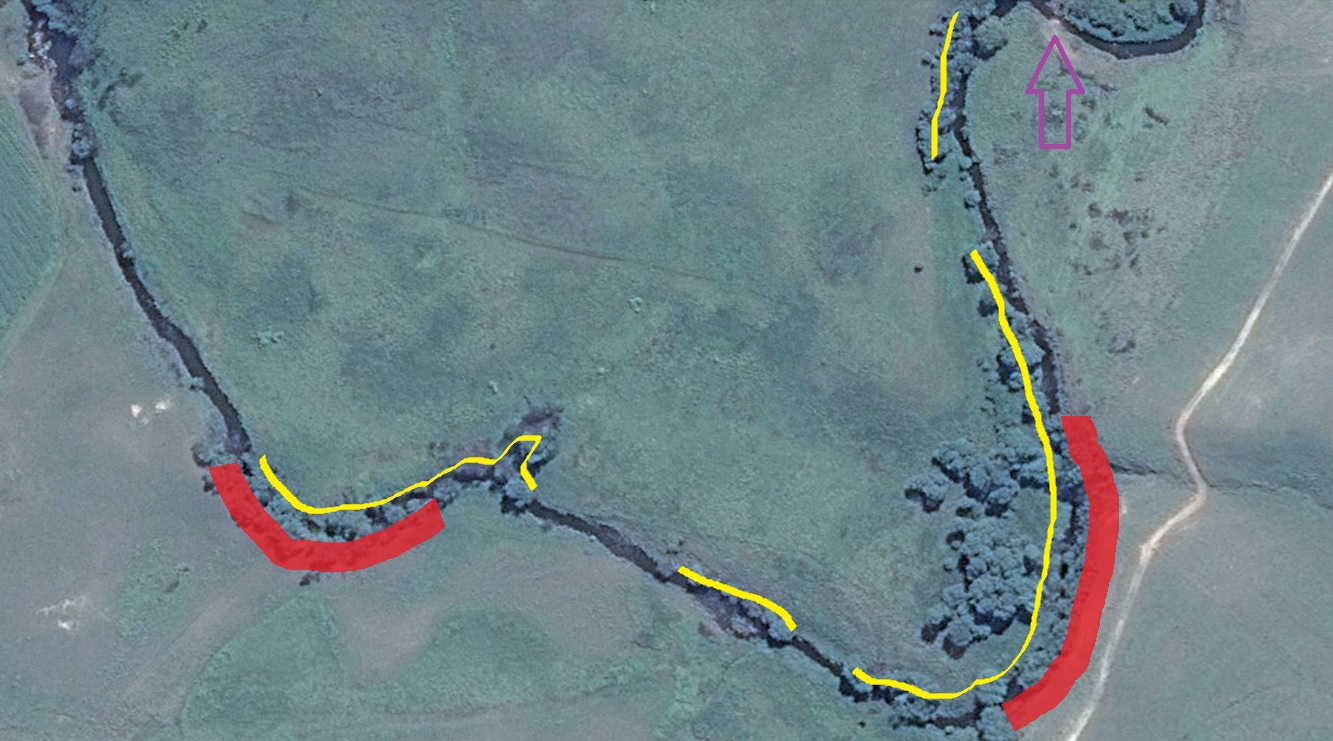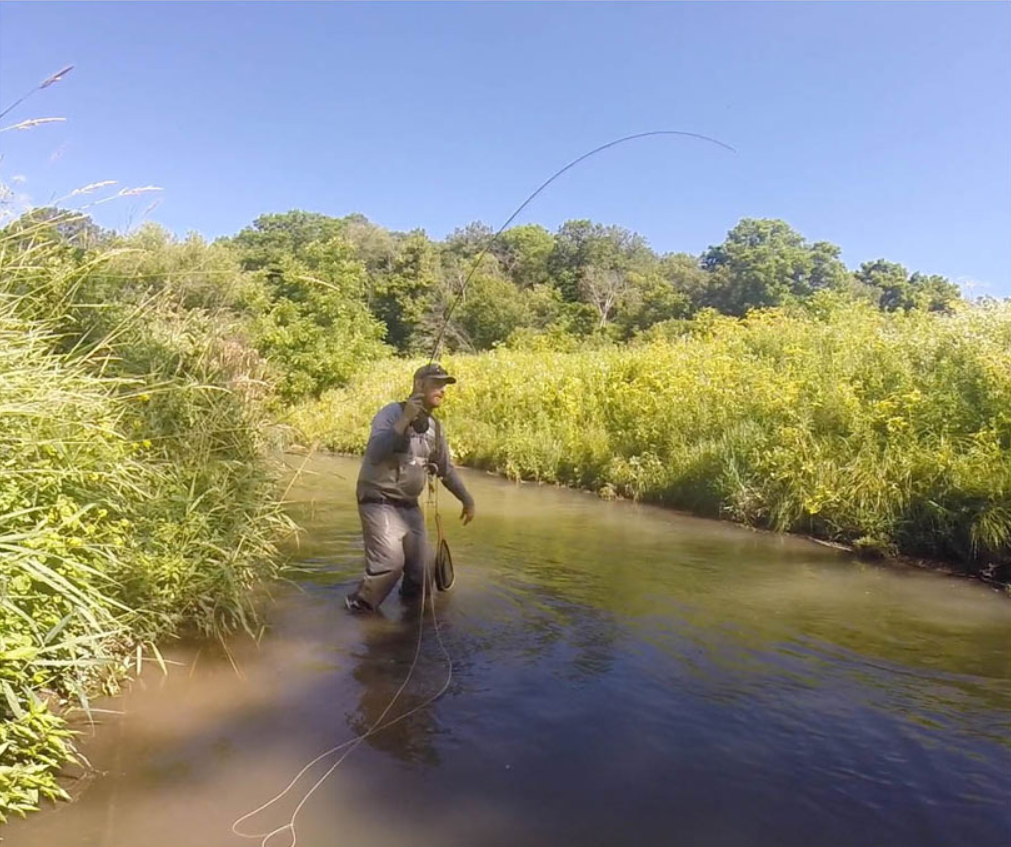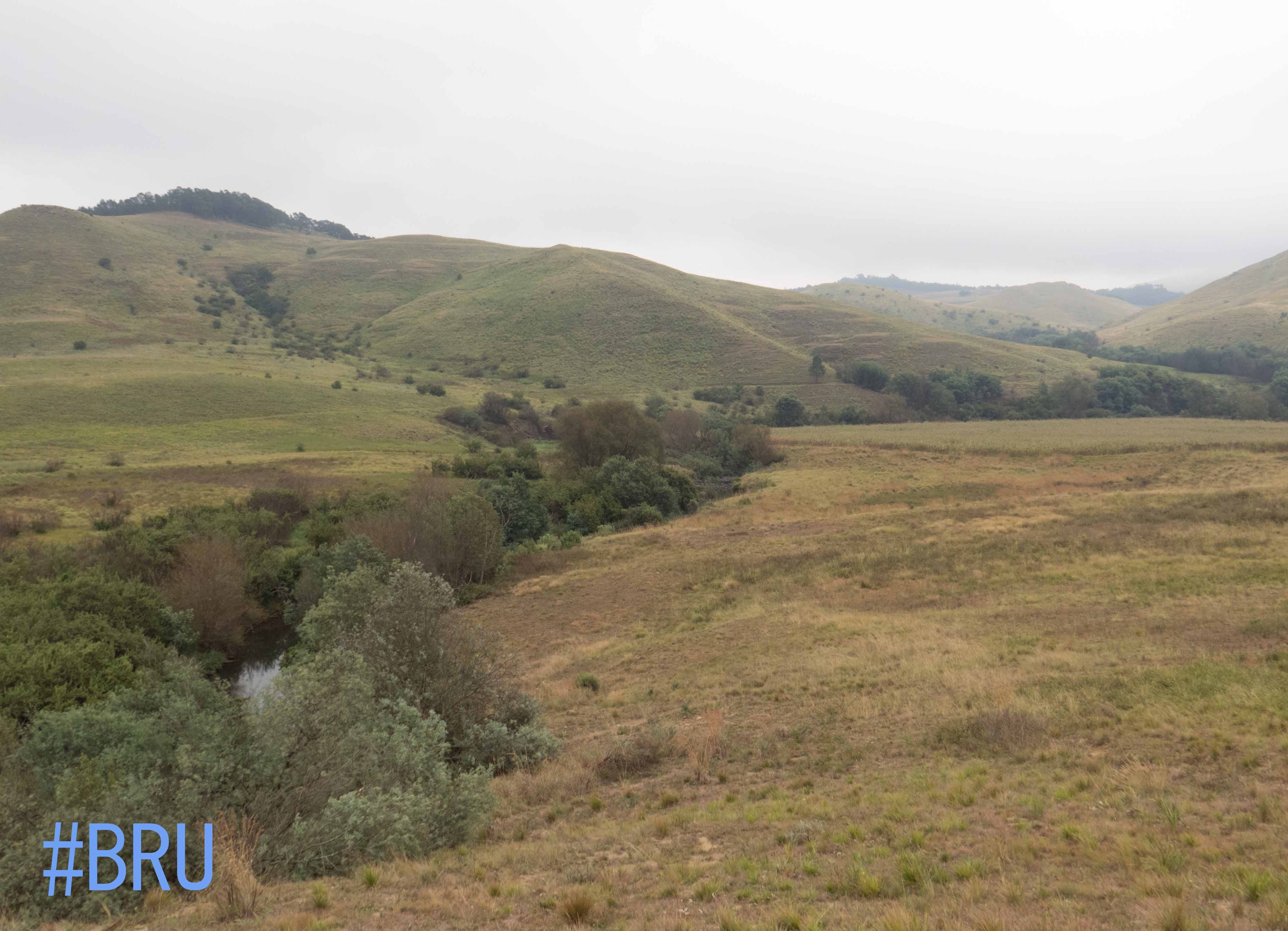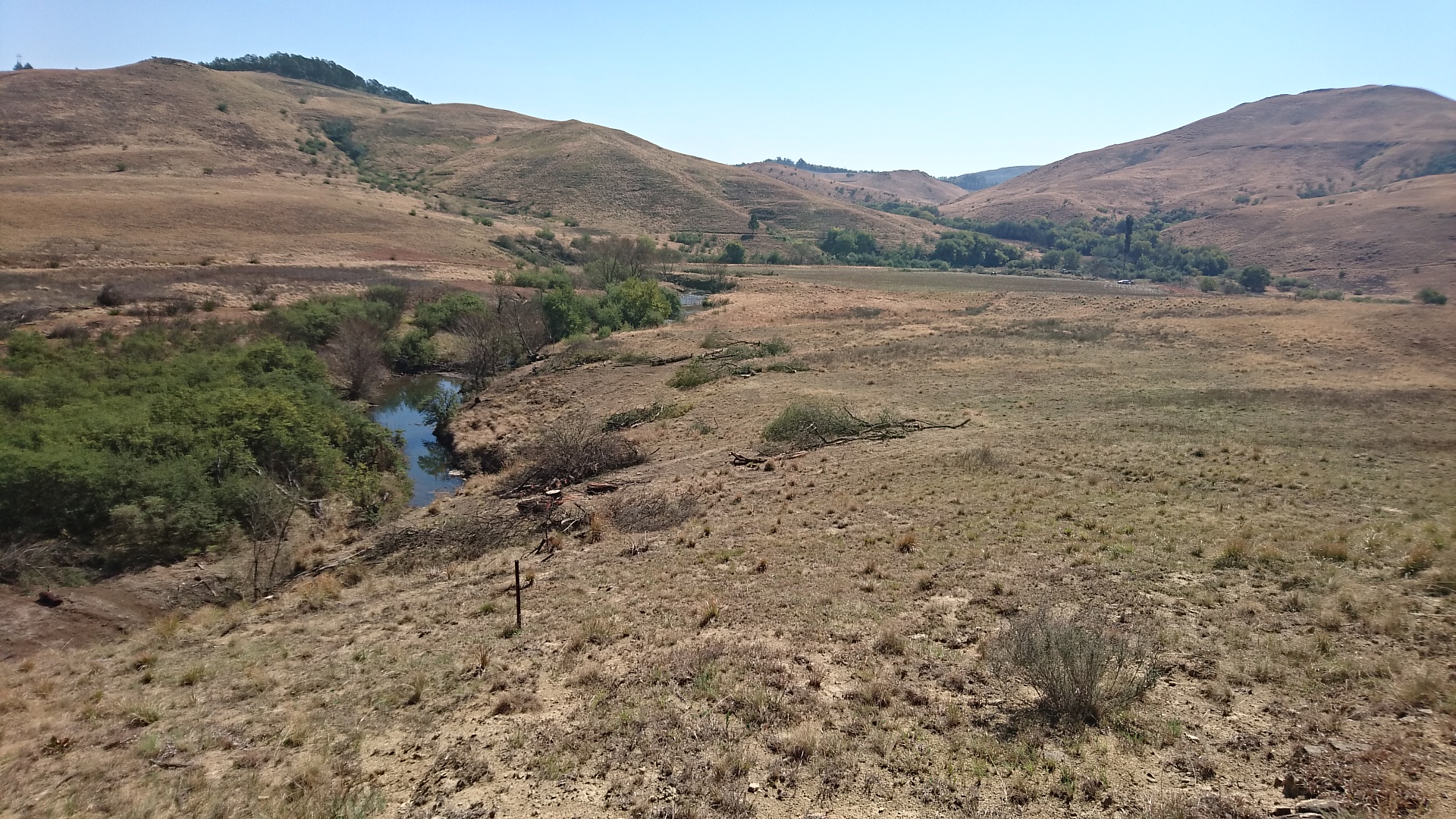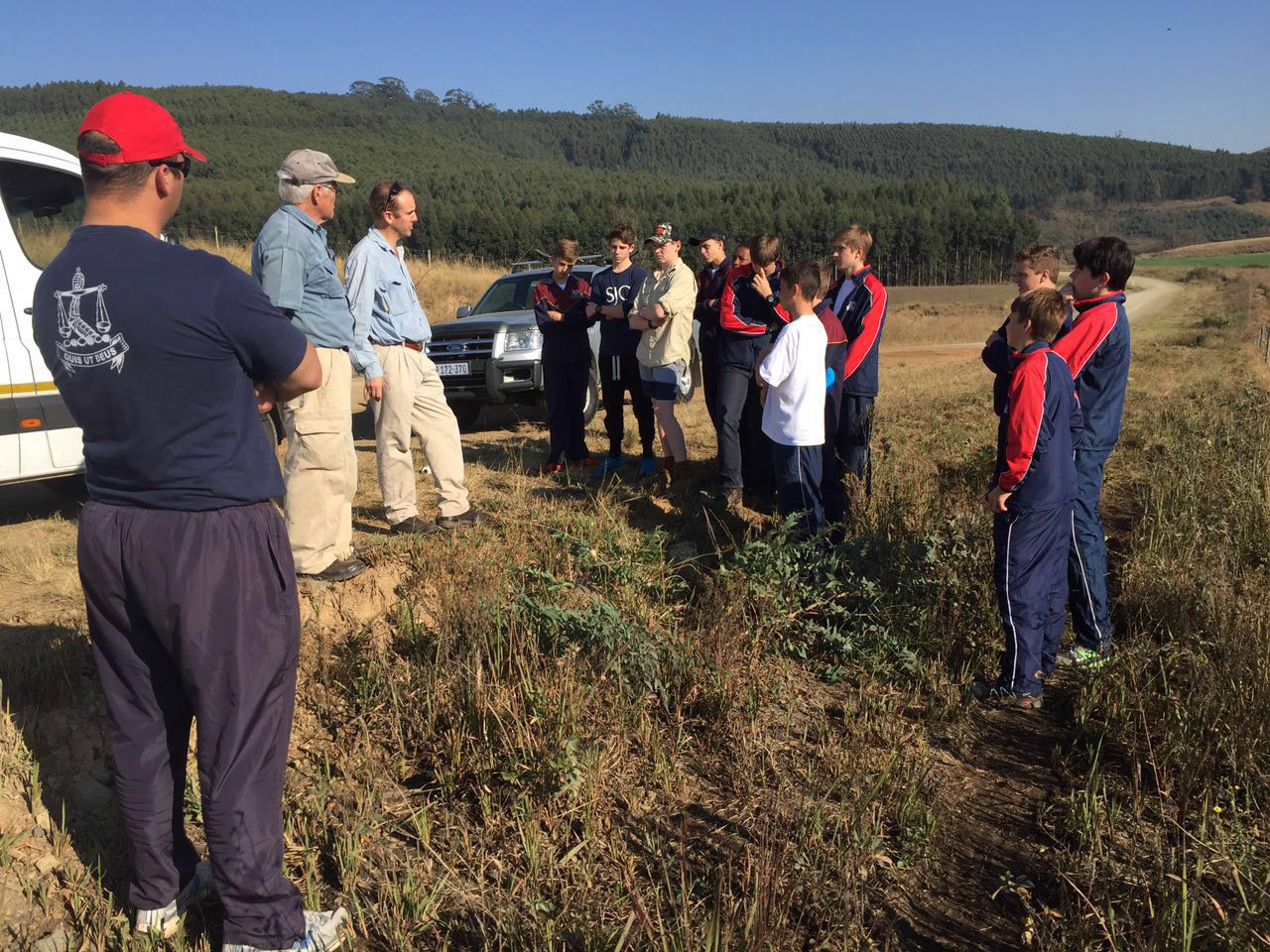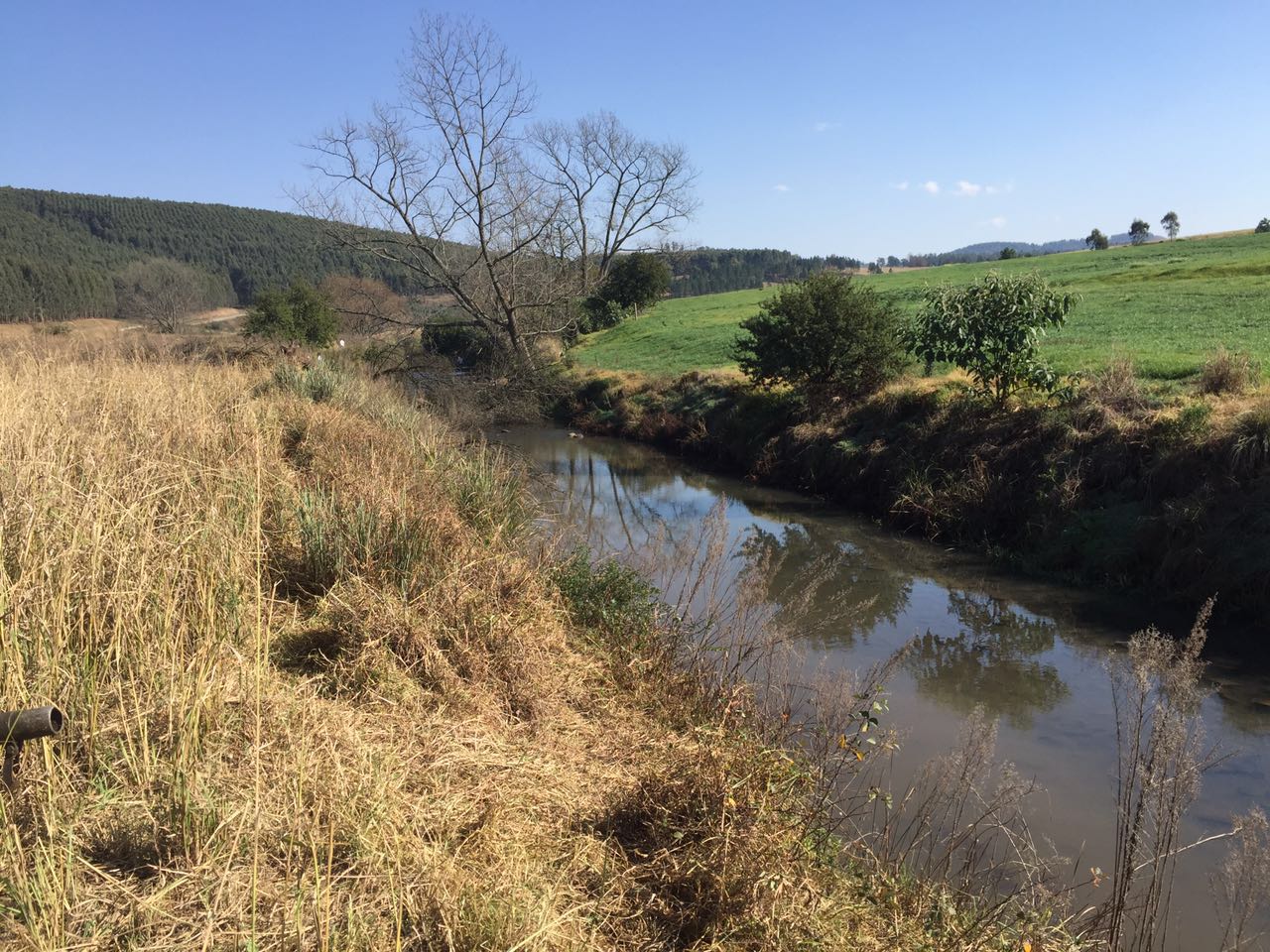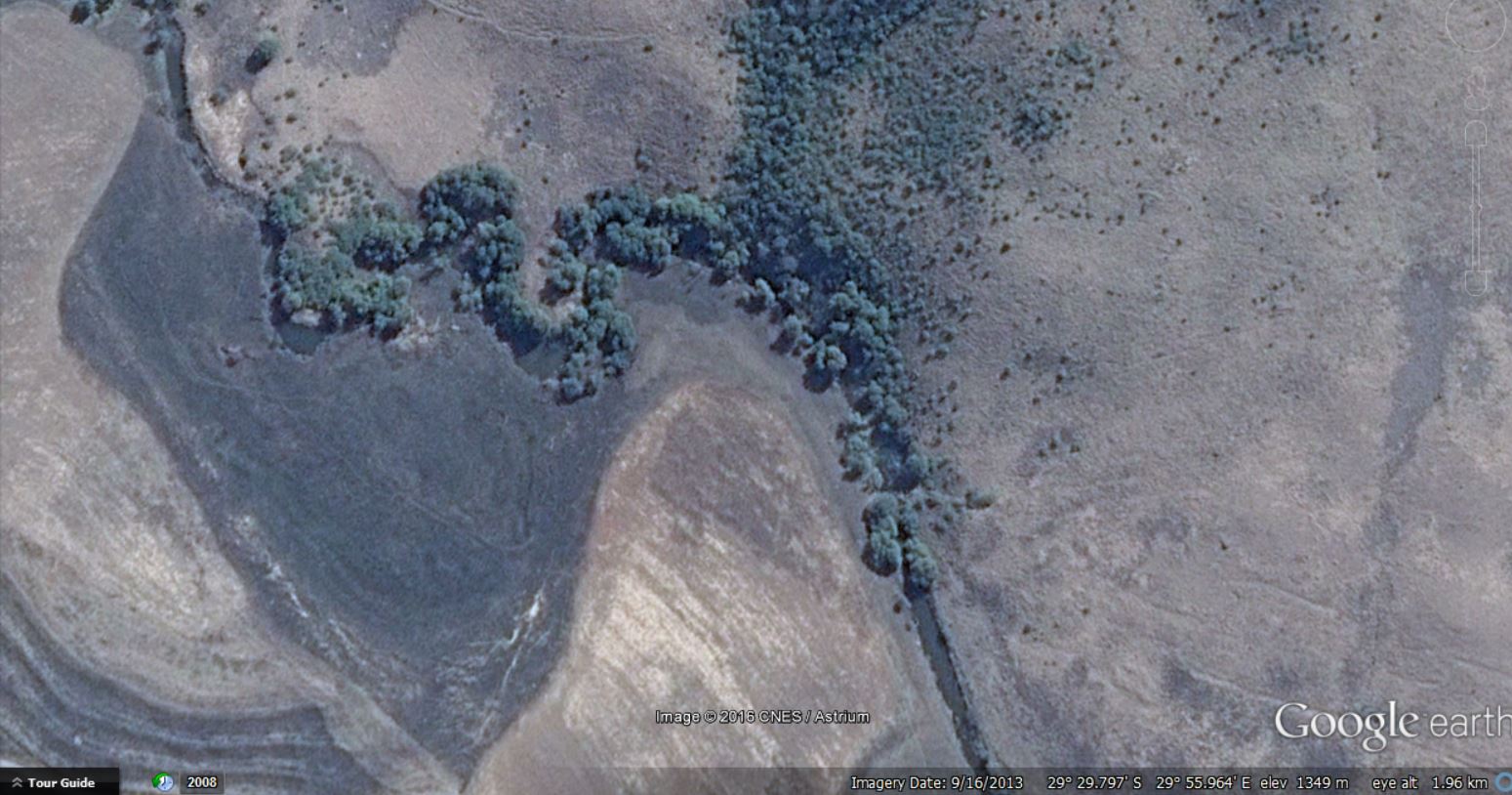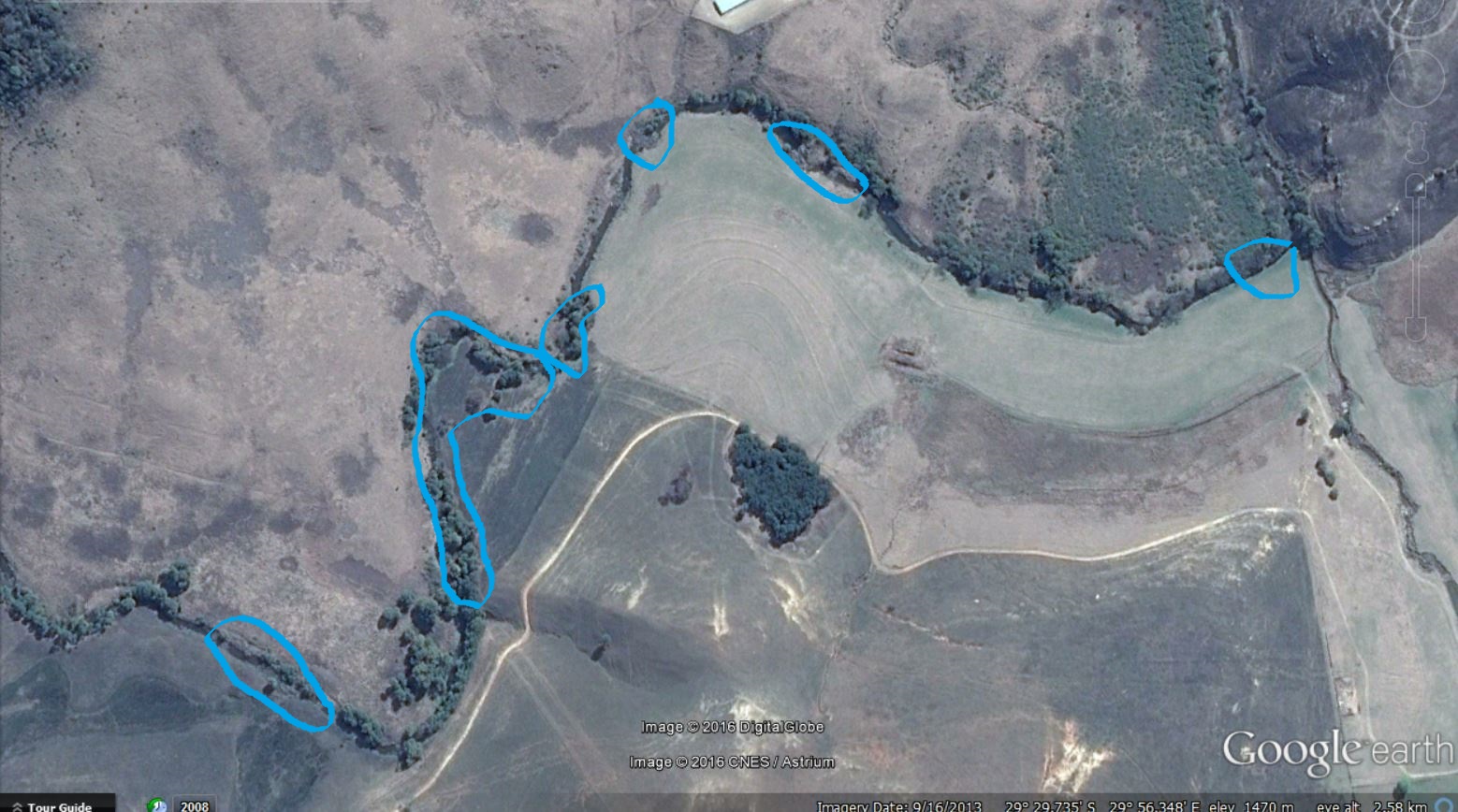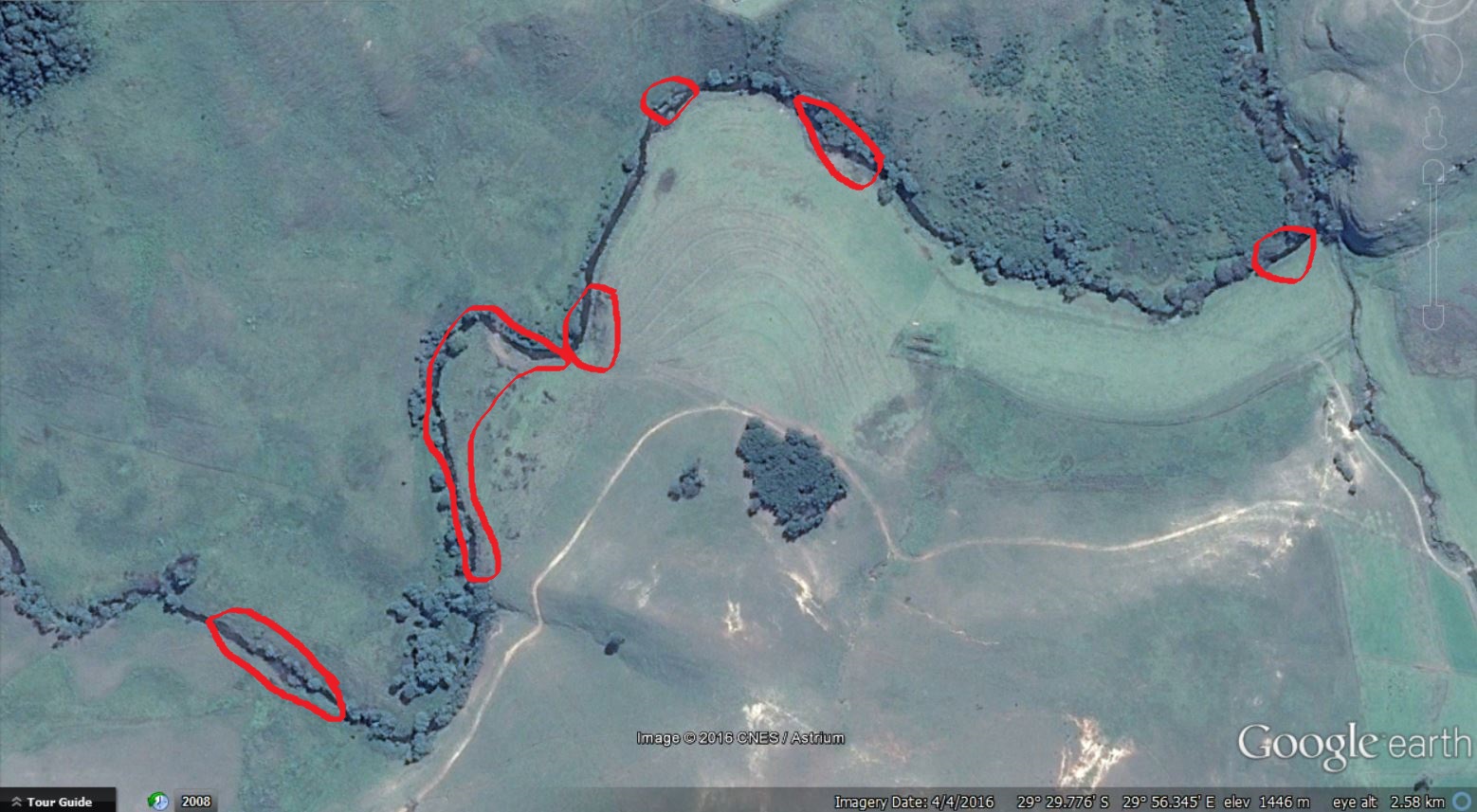On the morning of Saturday 6th May 2017, a guided, 7 km morning walk will be held along the banks of the upper Umgeni River.
All are welcome: No charge
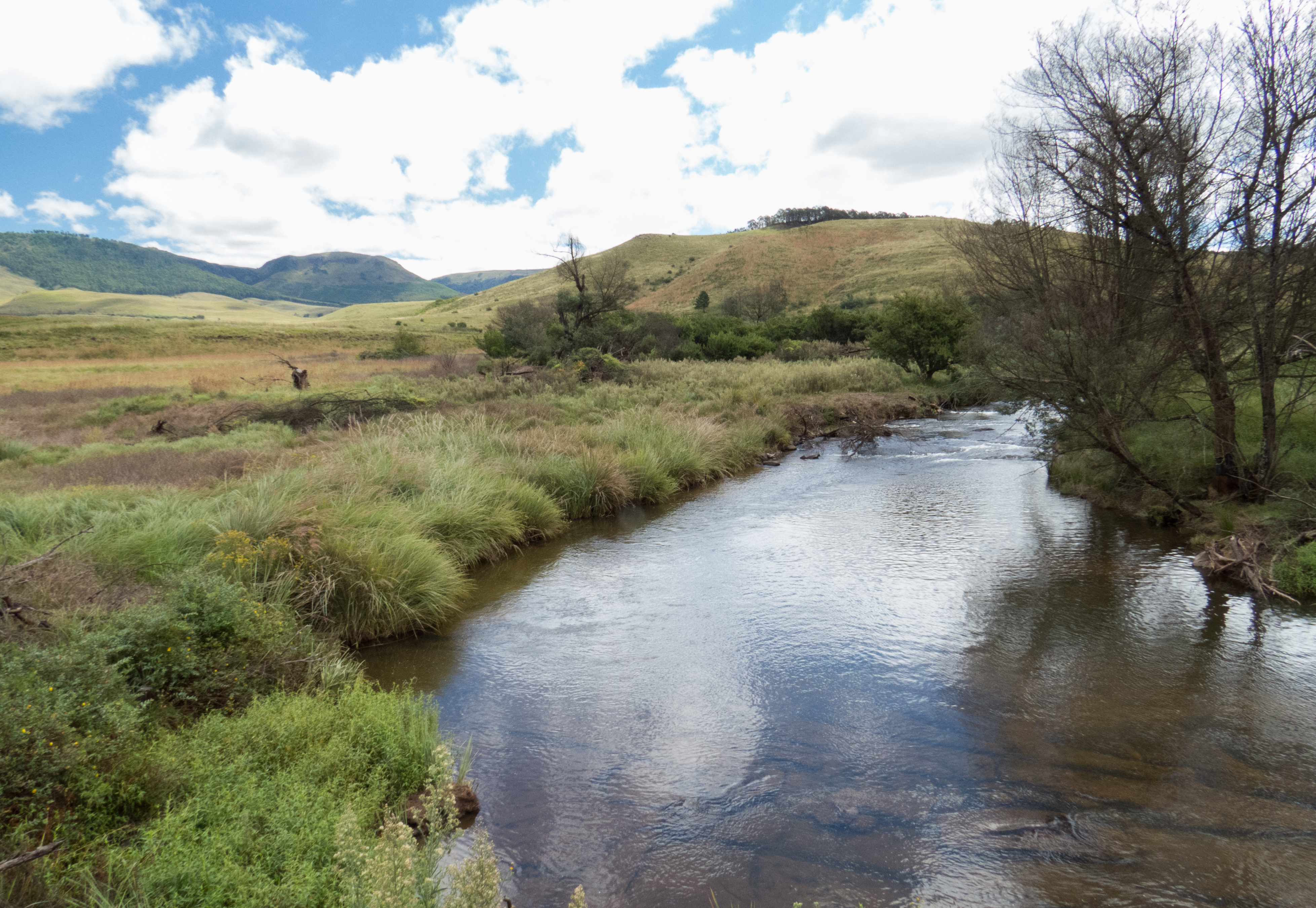
This is a casual stroll, suitable for kids, partners, fishermen and conservationists alike. It aims to showcase and celebrate what has been achieved to date, and highlight future plans for stream restoration, but above all it is intended as a pleasant morning hike in beautiful countryside.
The walk is to be guided by Andrew Fowler who says:

All you need to bring is a hat, reasonable walking shoes, and a water bottle. A camera and binoculars may prove useful.
You can leave your car at Il Postino, and jump in with someone else, or drive up in convoy to Brigadoon farm (+-16 kms from Il Postino). There we can leave cars parked at the dairy, and will be dropped off in a 4 X 4 at the lower boundary, to walk upriver, to be collected again at the end of the walk and brought back on the back of the 4 X 4 to our cars.
Each participant will receive a booklet about the upper Umgeni, with details about its history, fishing, birdlife etc. Along the walk, milestones, wattle clearing projects, good fishing spots and the like will be pointed out.

Head back to Il Postino afterwards for a pizza lunch and craft beer.
Il Postino is along the Dargle Road, just 4.8kms from Piggy Wiggly on the midlands meander. Accurate directions : click this blue link HERE
Questions? Phone Andrew on 082 57 44 262 or email chairman@nffc.co.za
For planning purposes, please drop Andrew an sms/Whatsapp or e-mail to advise if you plan to join in, but even if you have not, you are still welcome on the day.
Quick details:
Where: Il Postino Pizzeria, Impendle Road, lower Dargle, and on to Brigadoon, 16kms further up the road
When: gather at 8:00 am, leave for Brigadoon at 8:30 am on Saturday 6th May 2017
Bring: Walking shoes, hat, water bottle, Binos, camera
Suitable for: Fishermen, birders, hikers, families, kids (say over 6yrs of age)
Cost: Nil
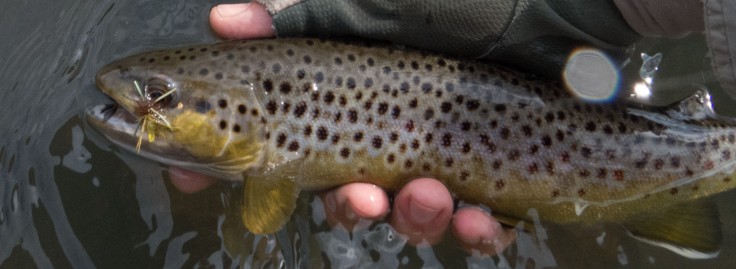
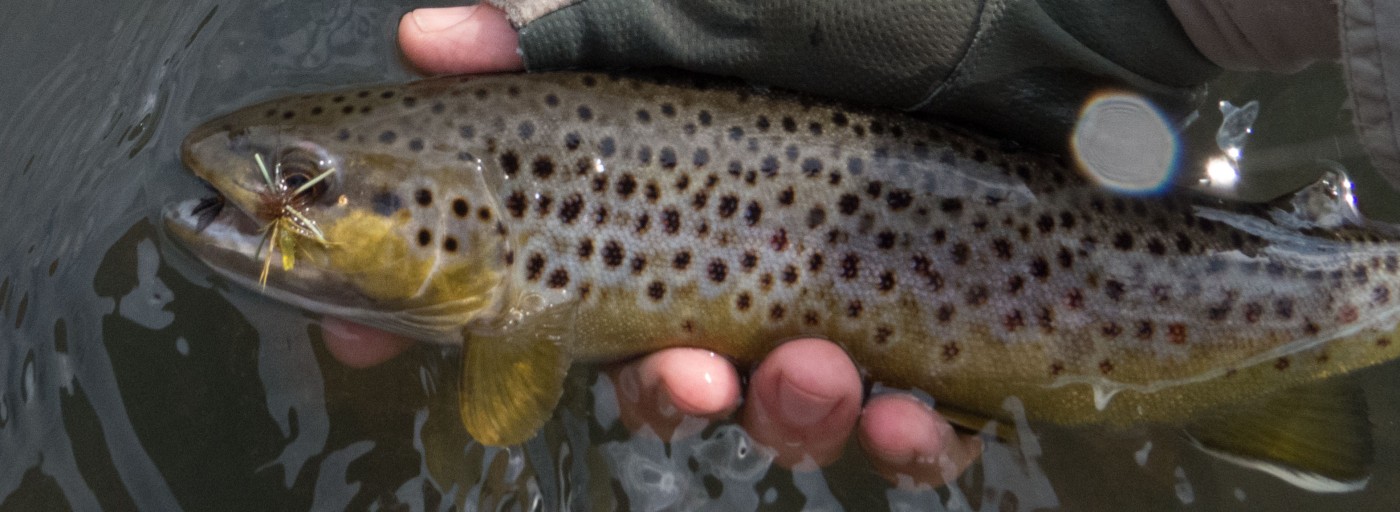
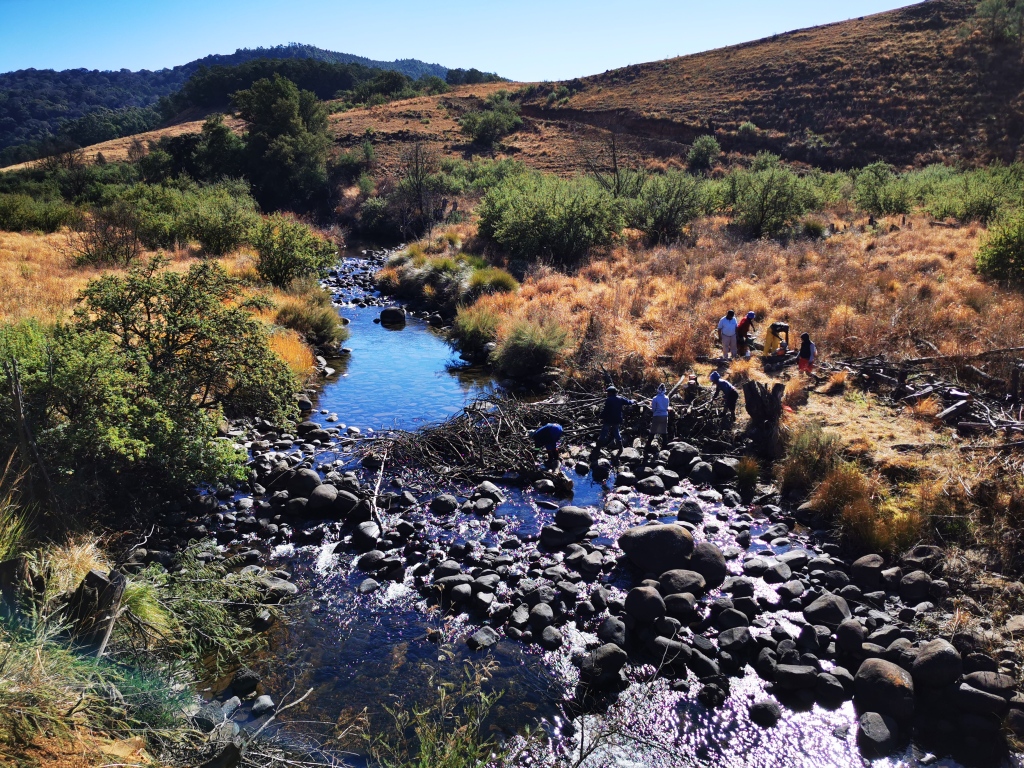
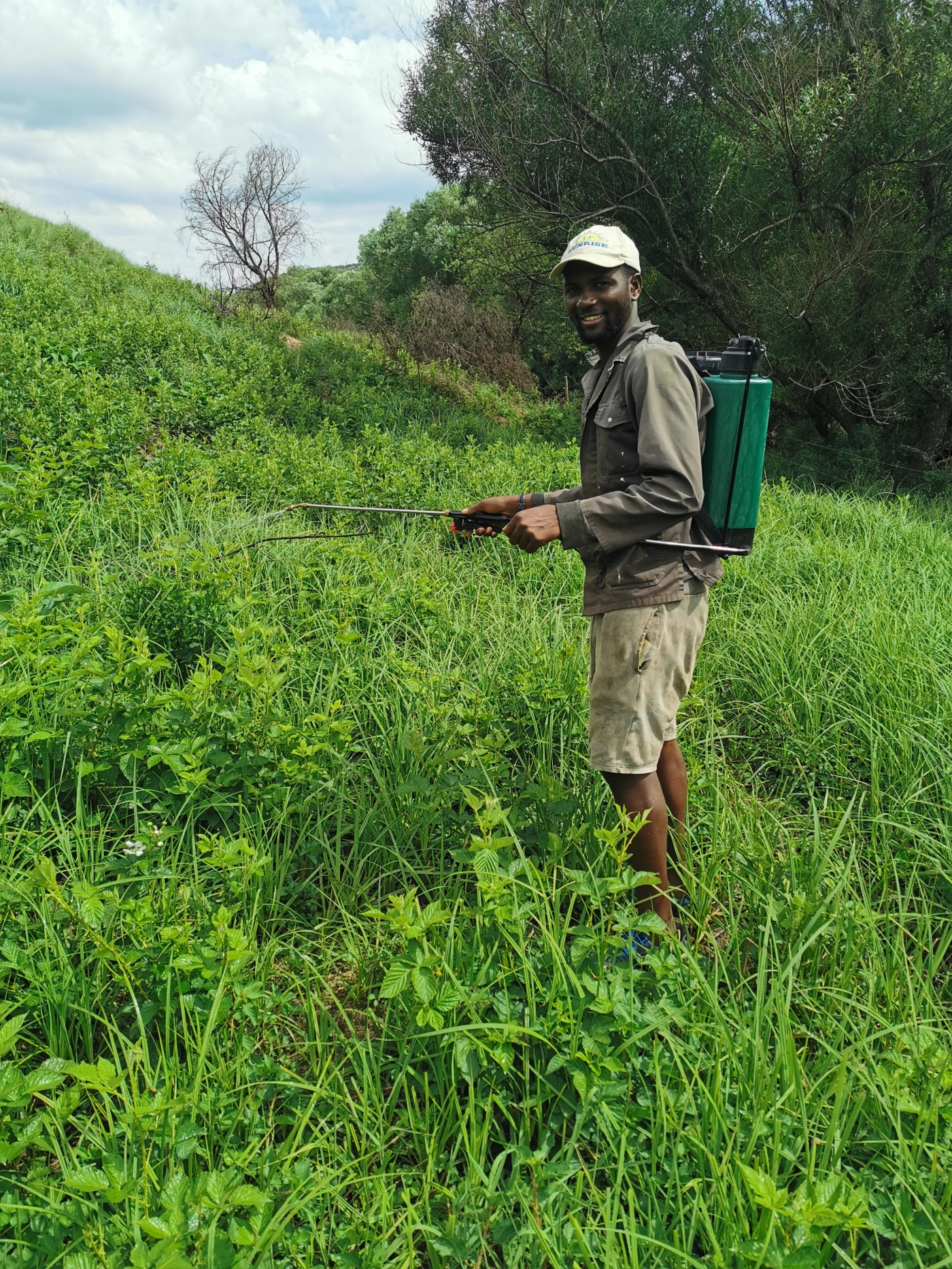
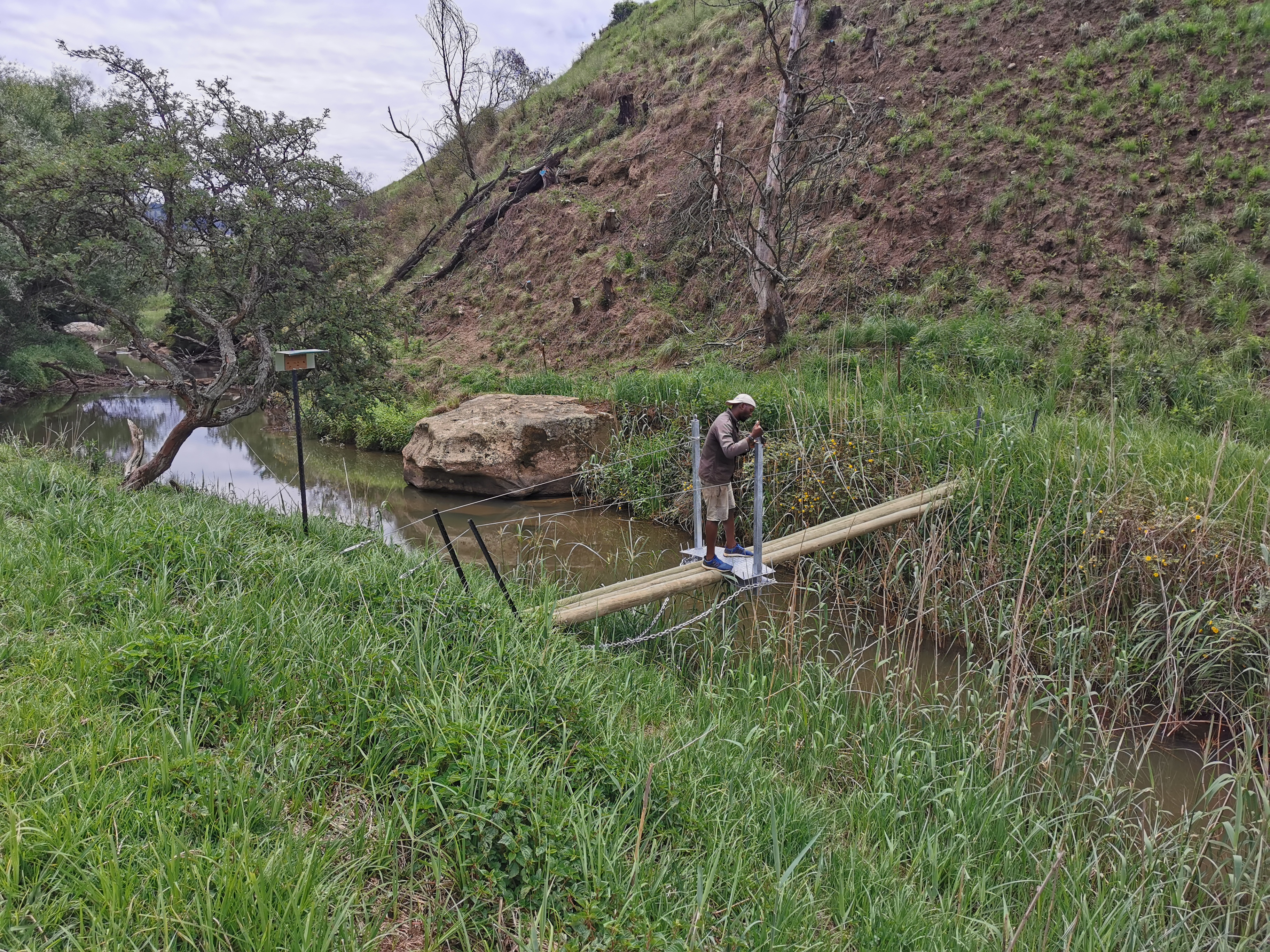
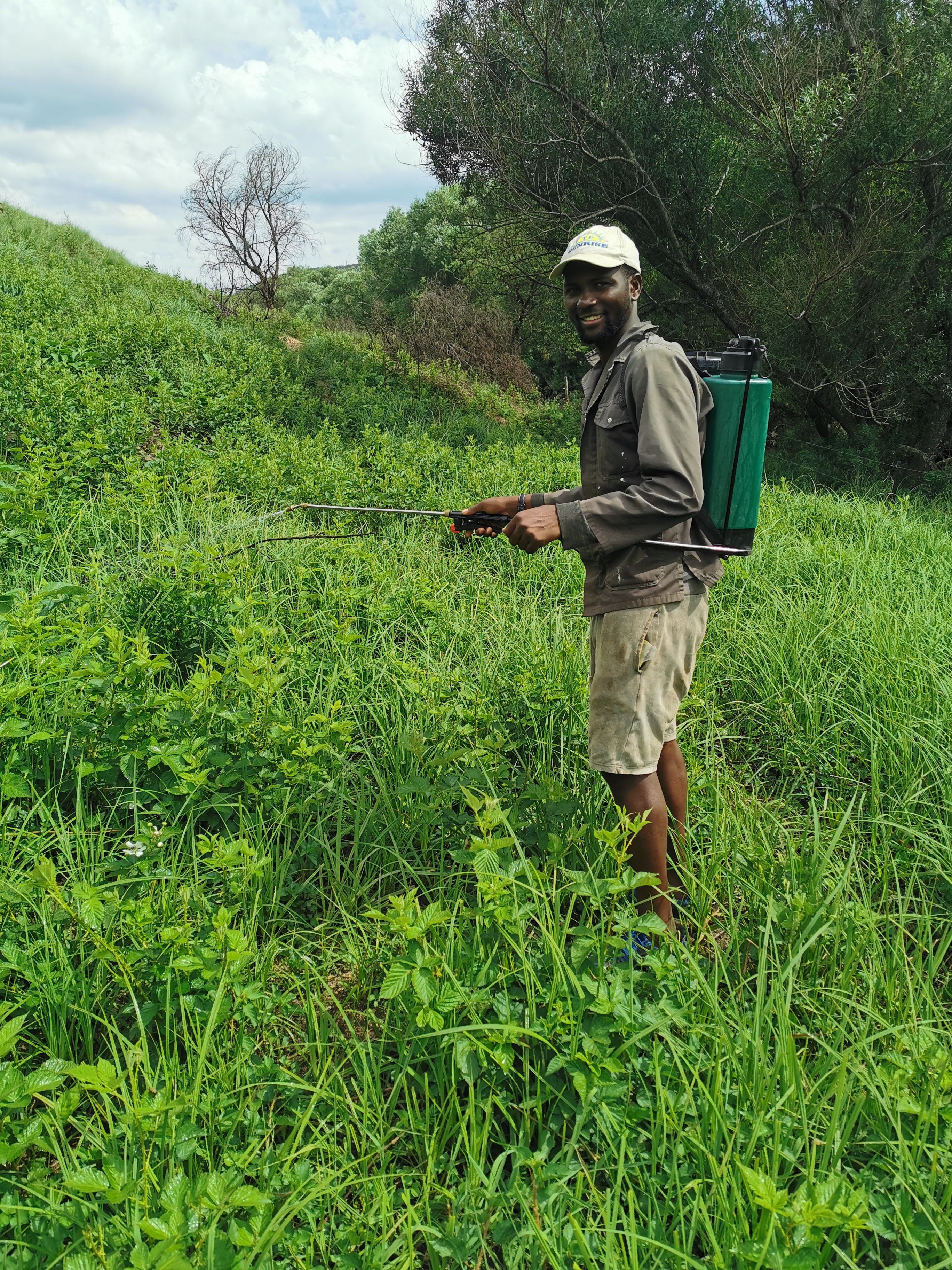
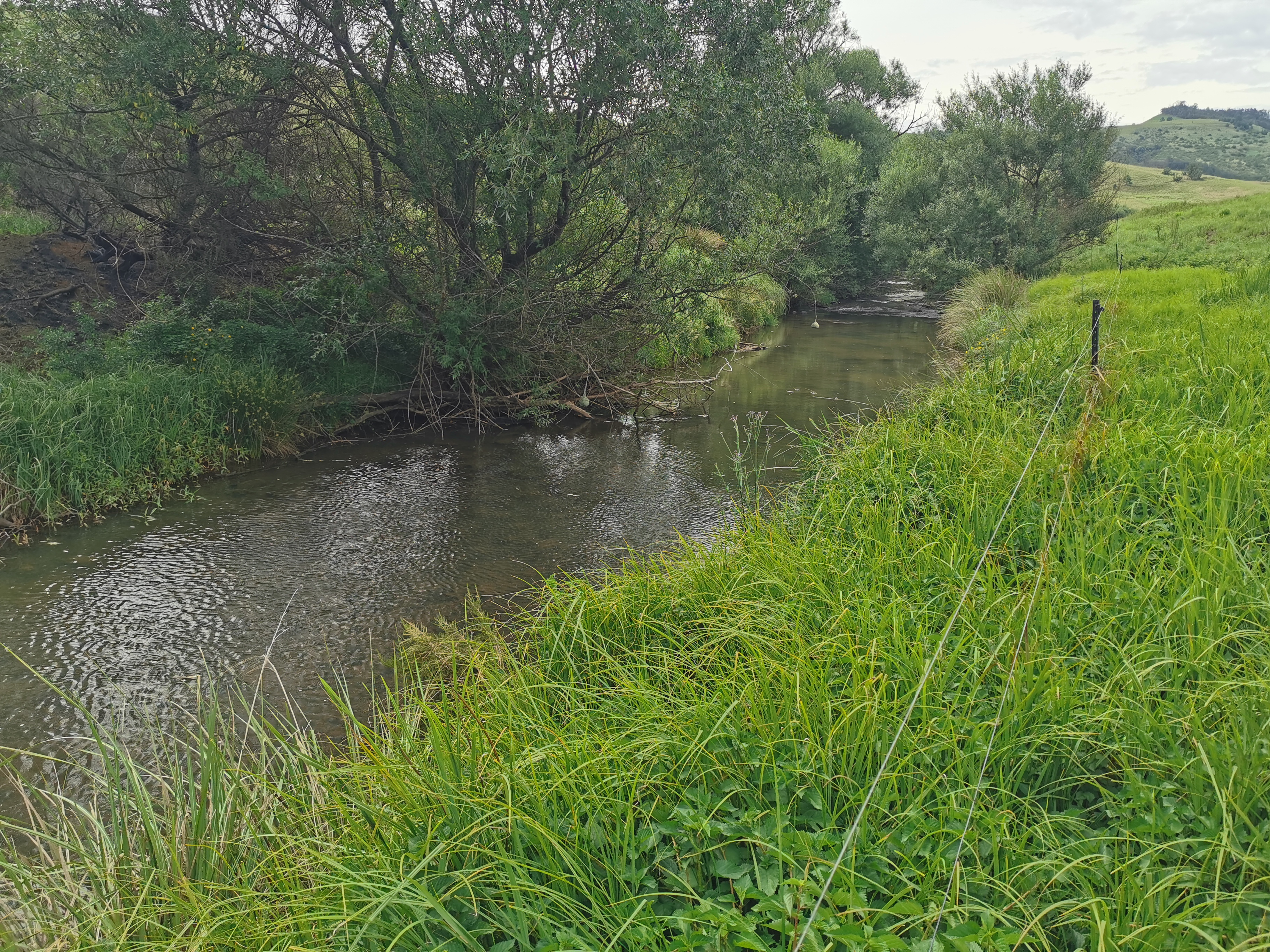

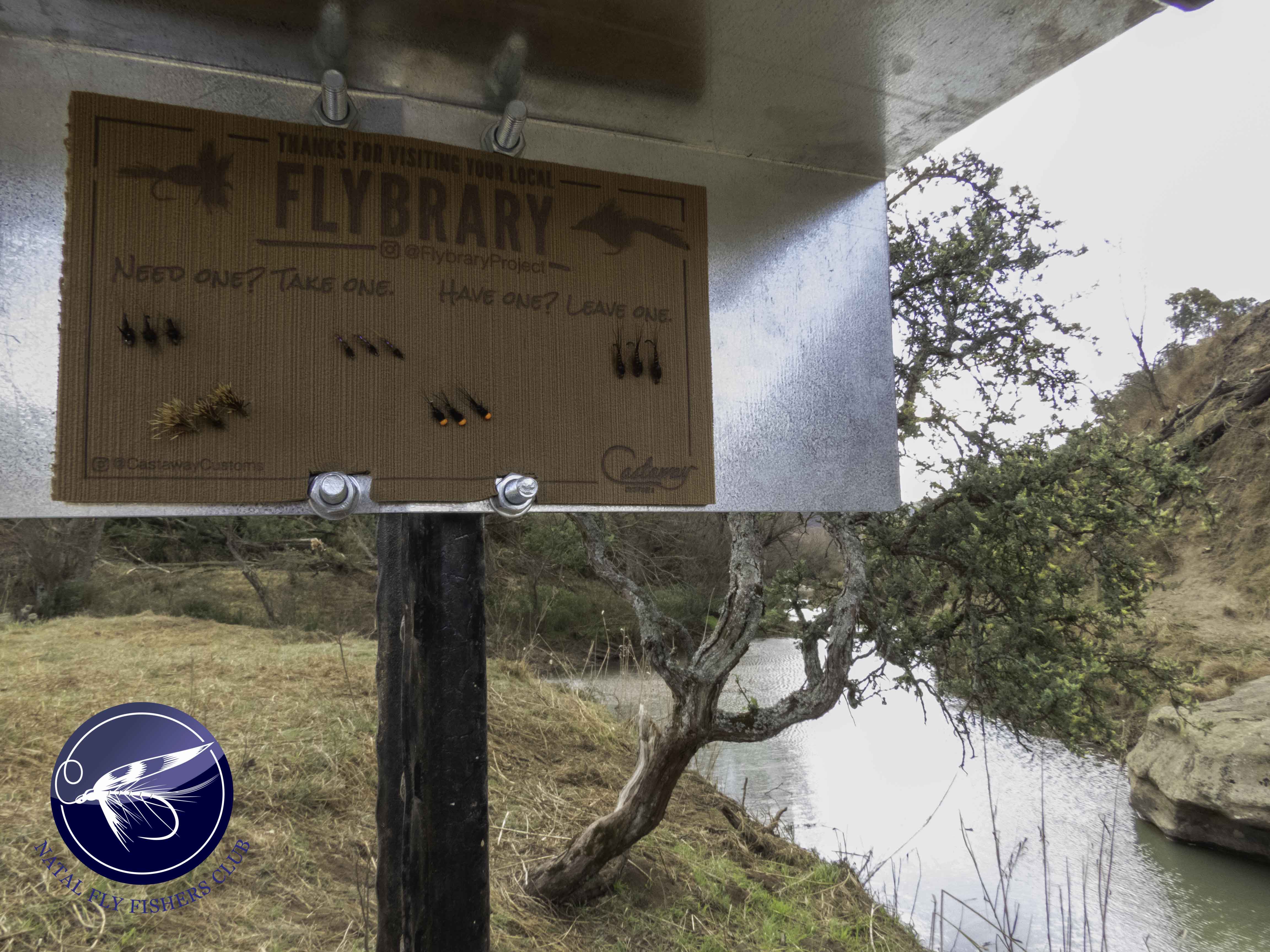

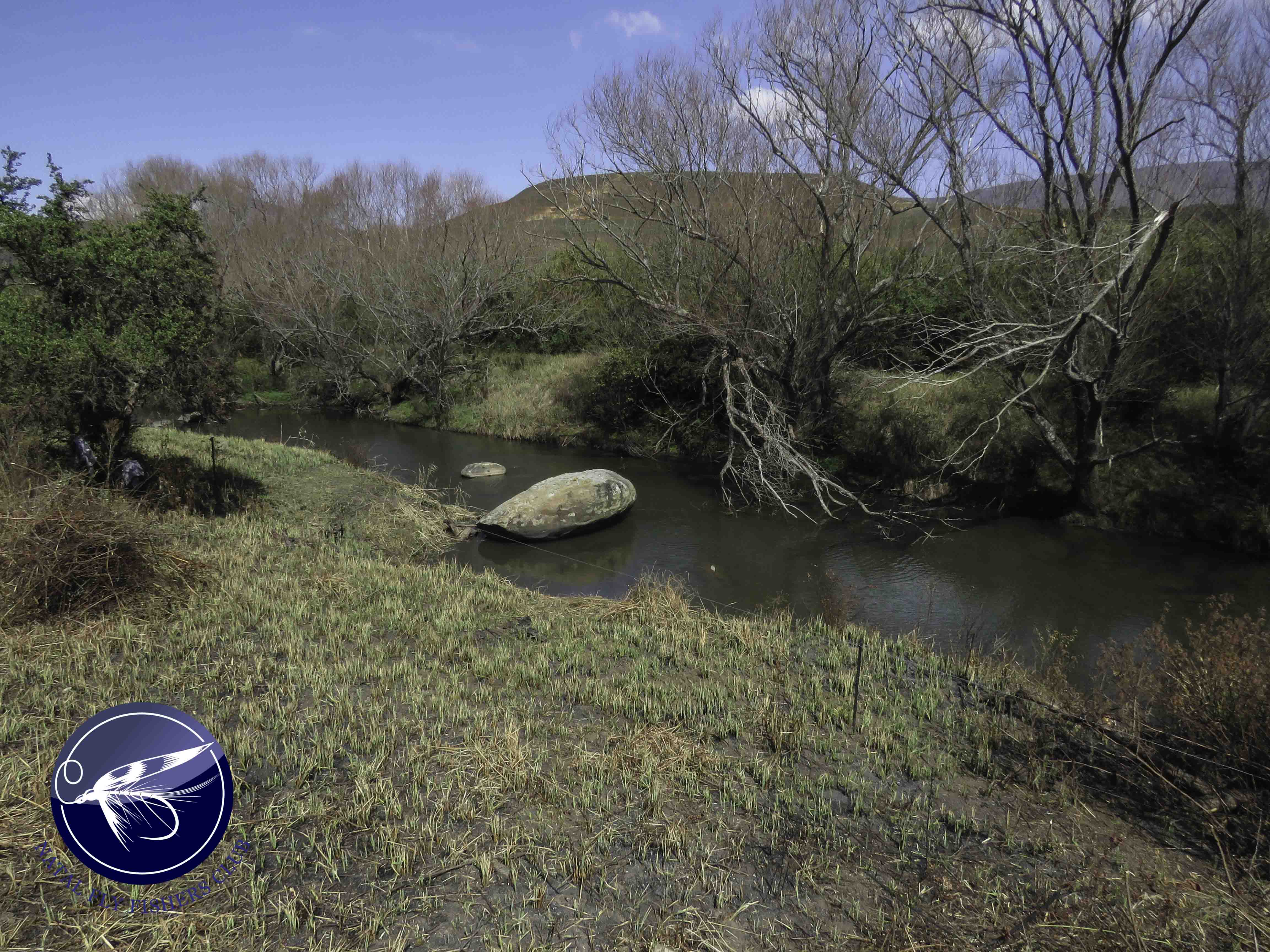
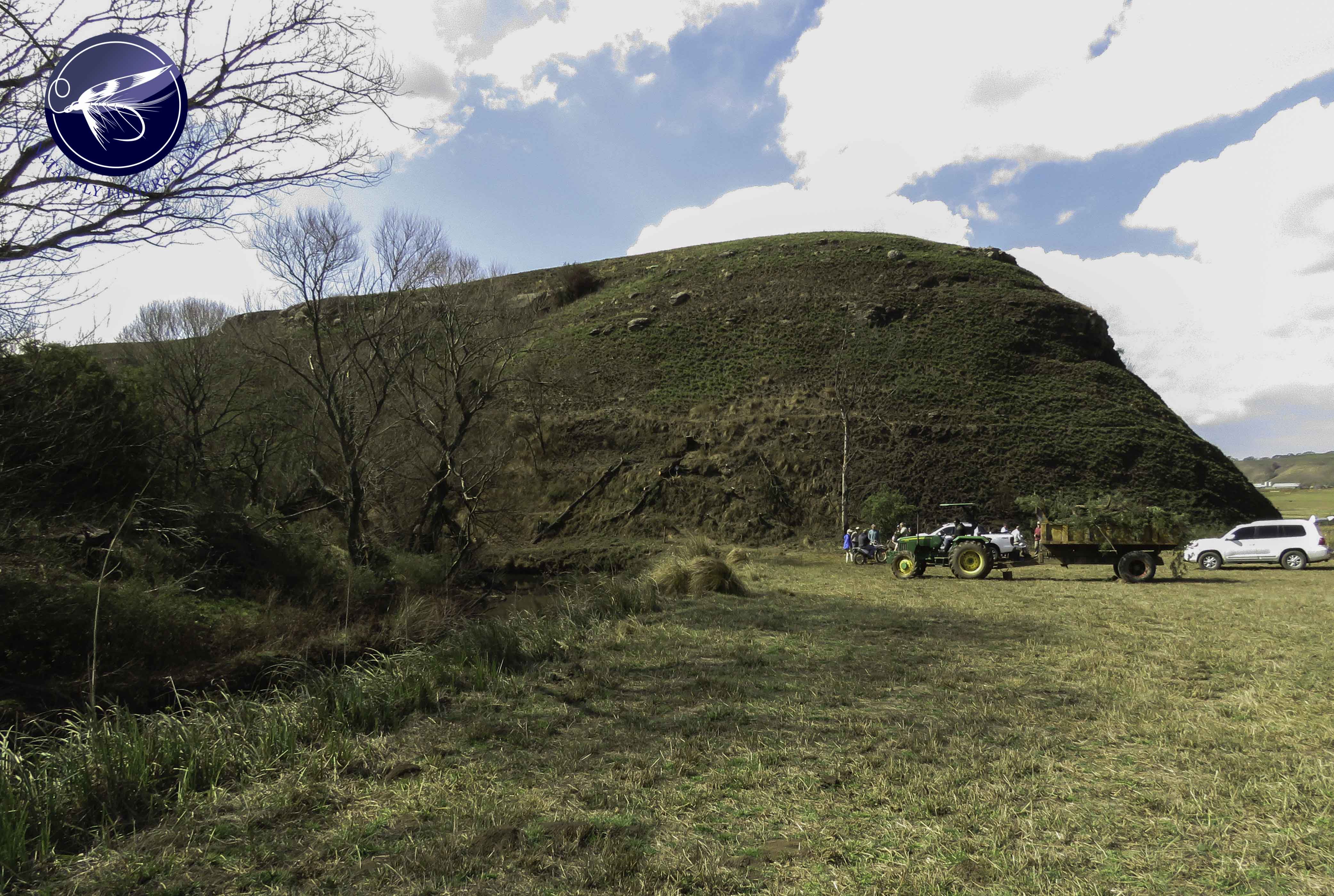
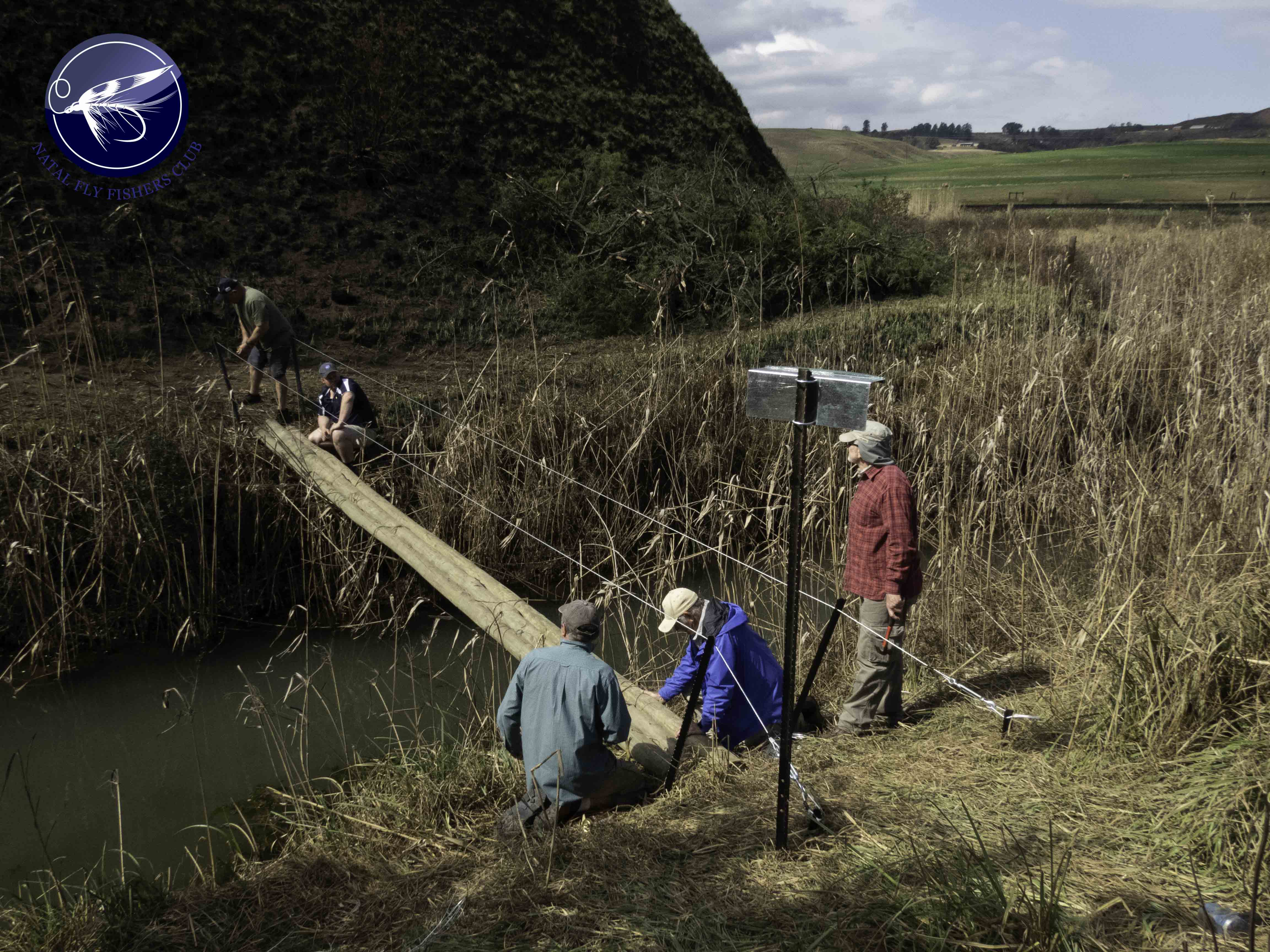
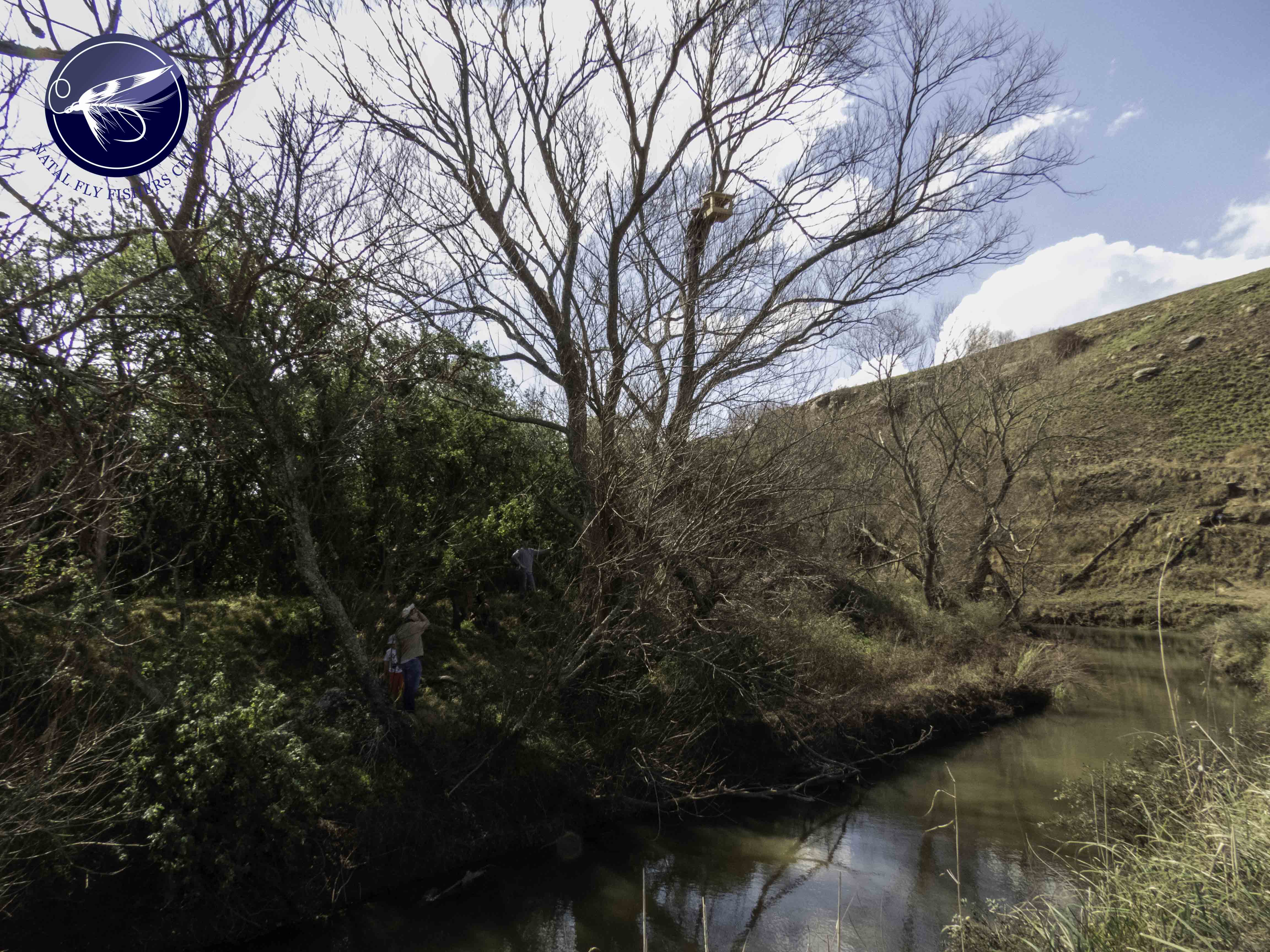
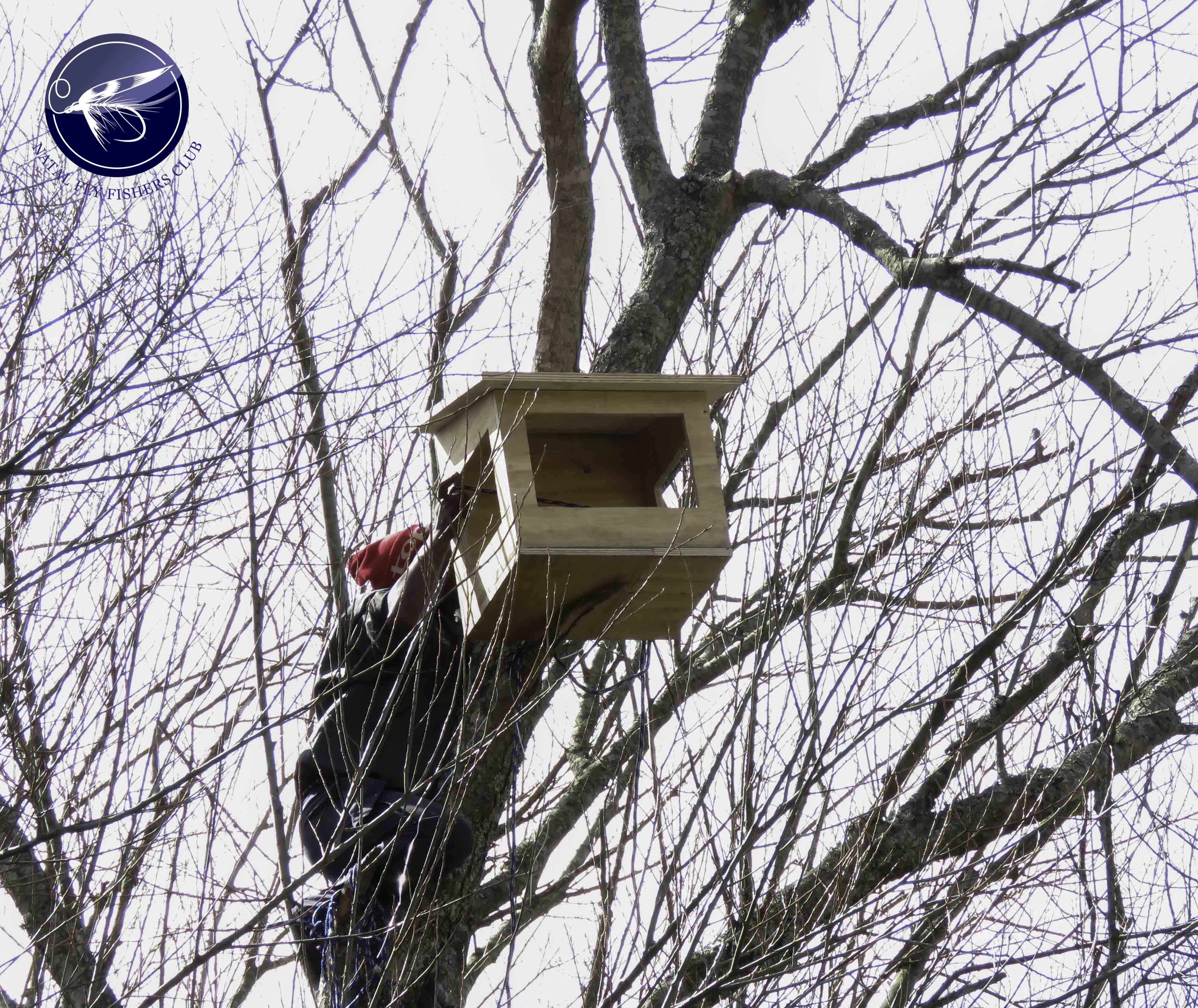
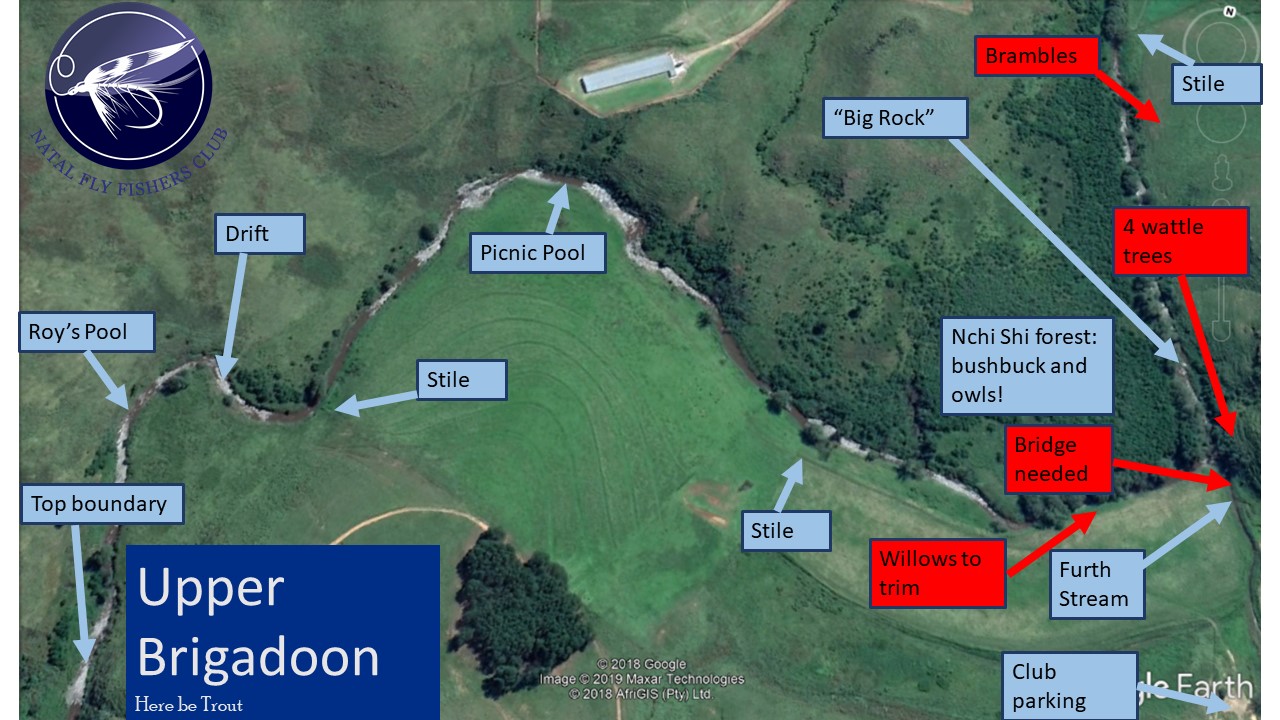





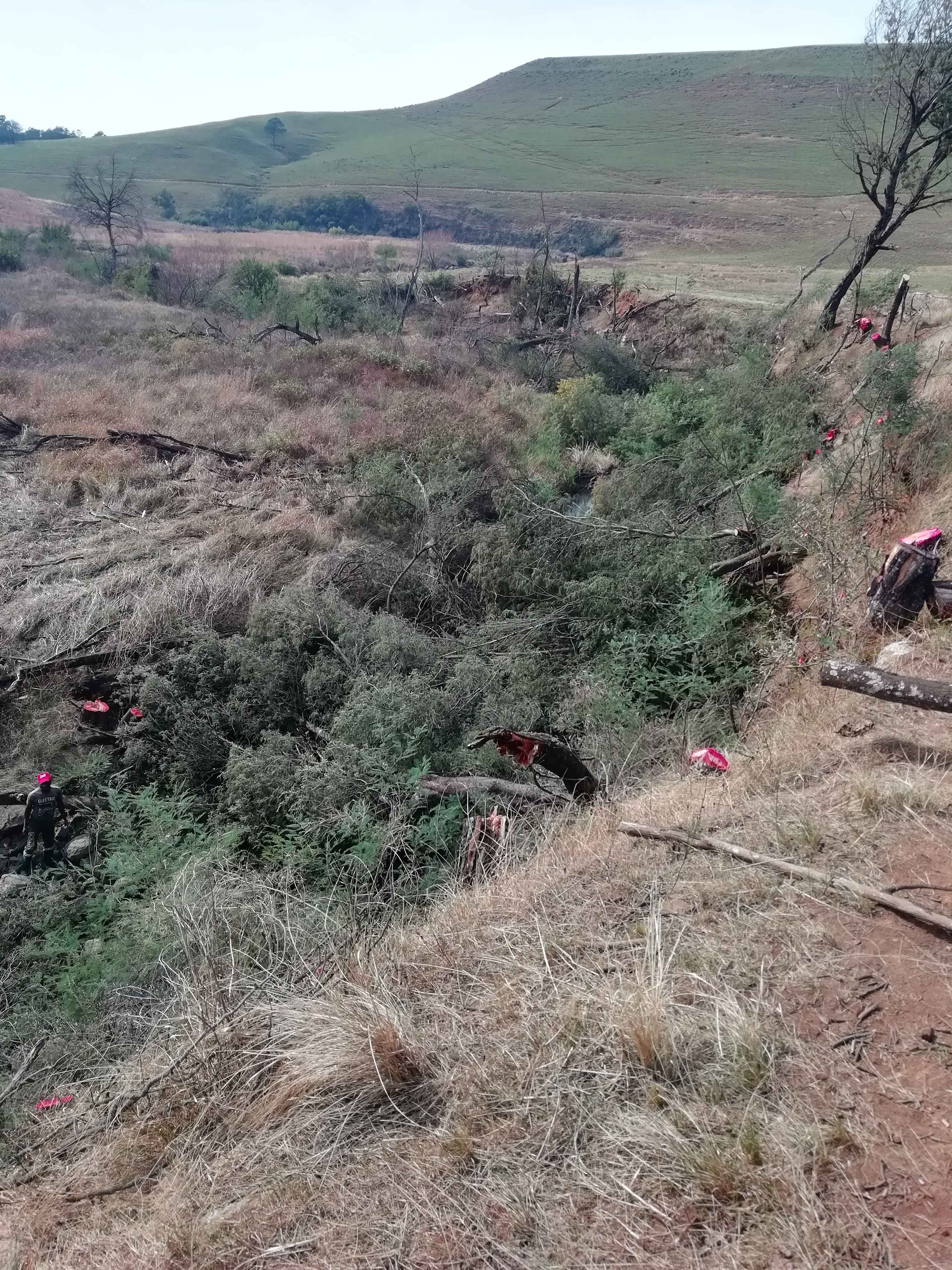
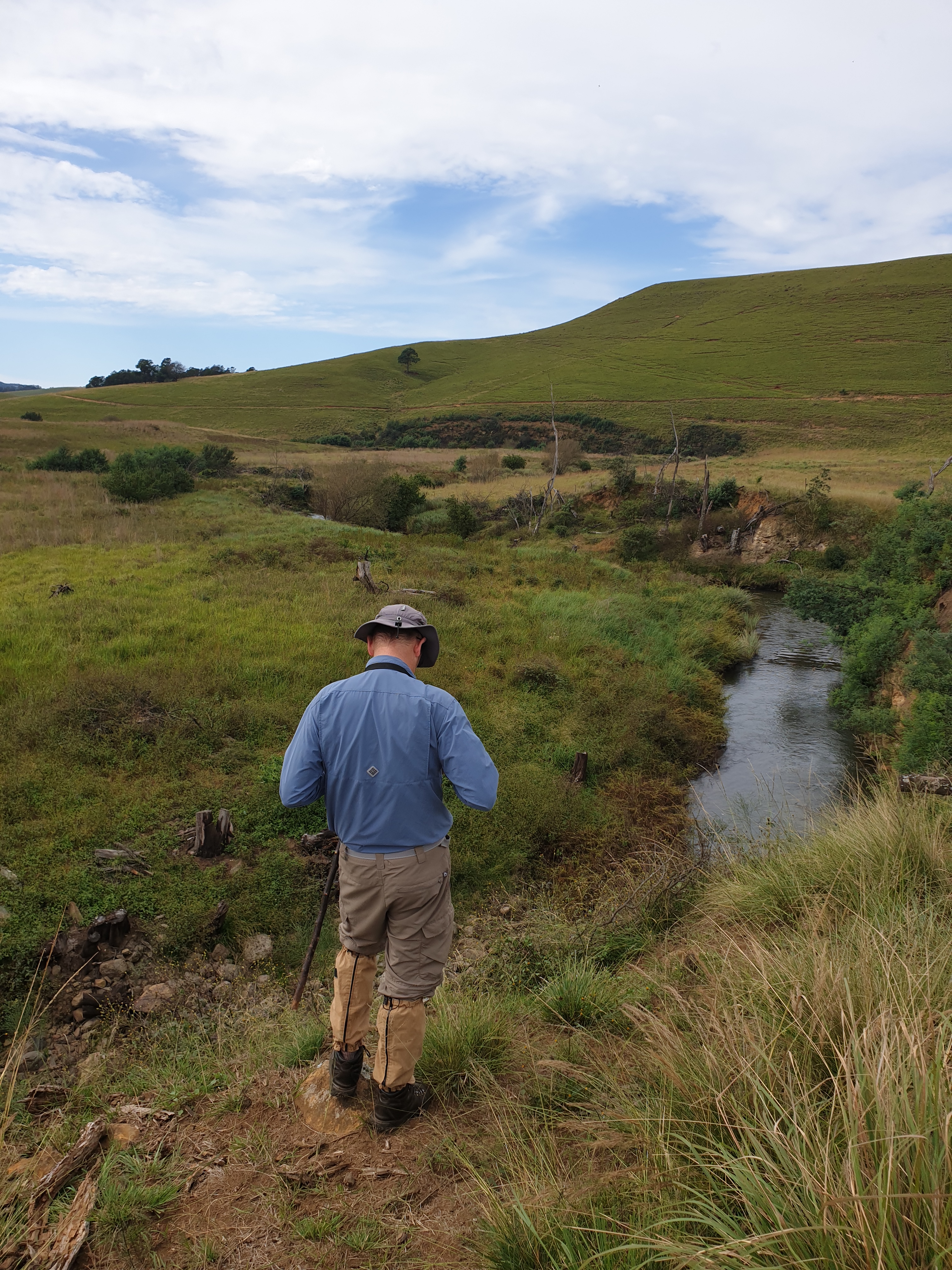


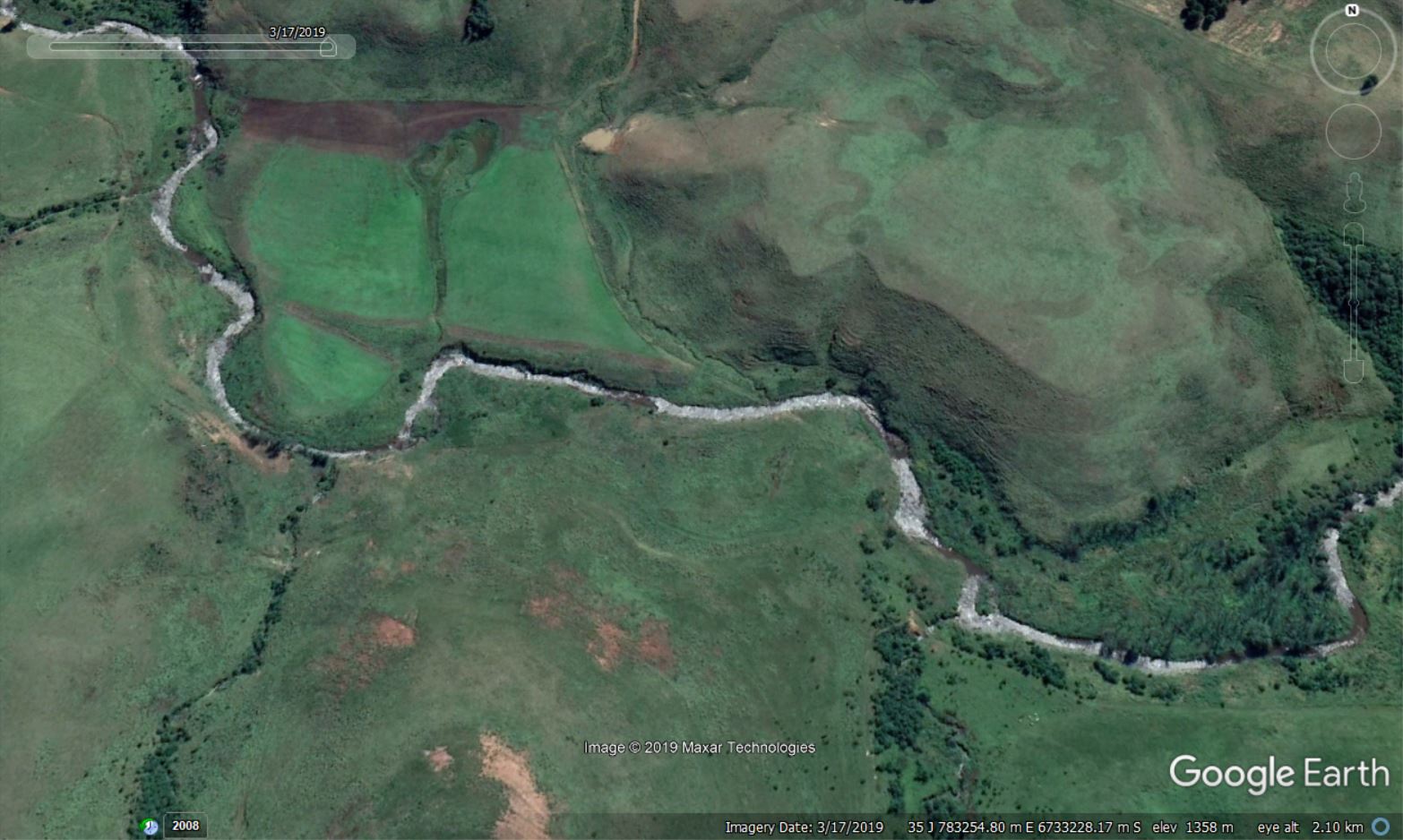
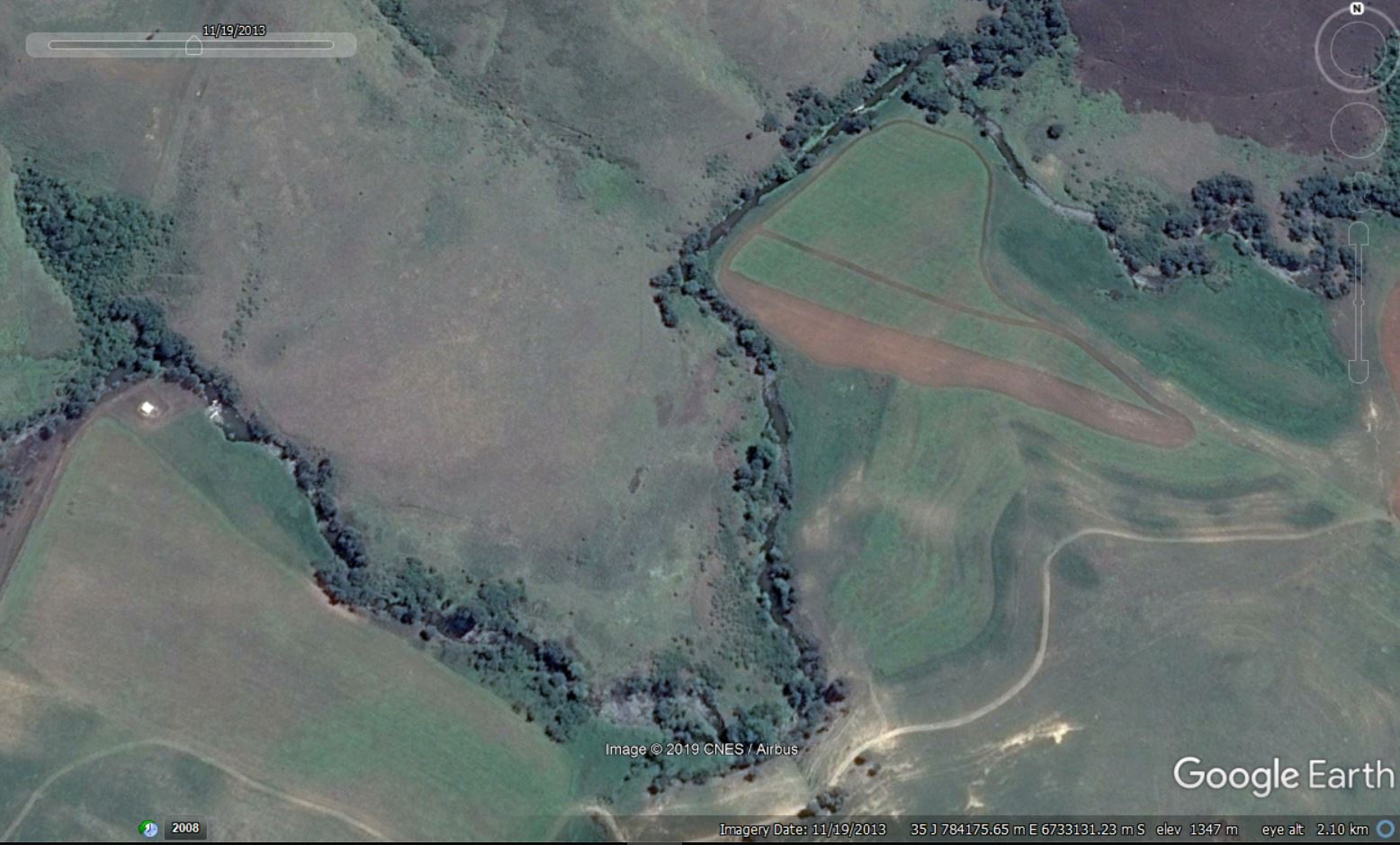
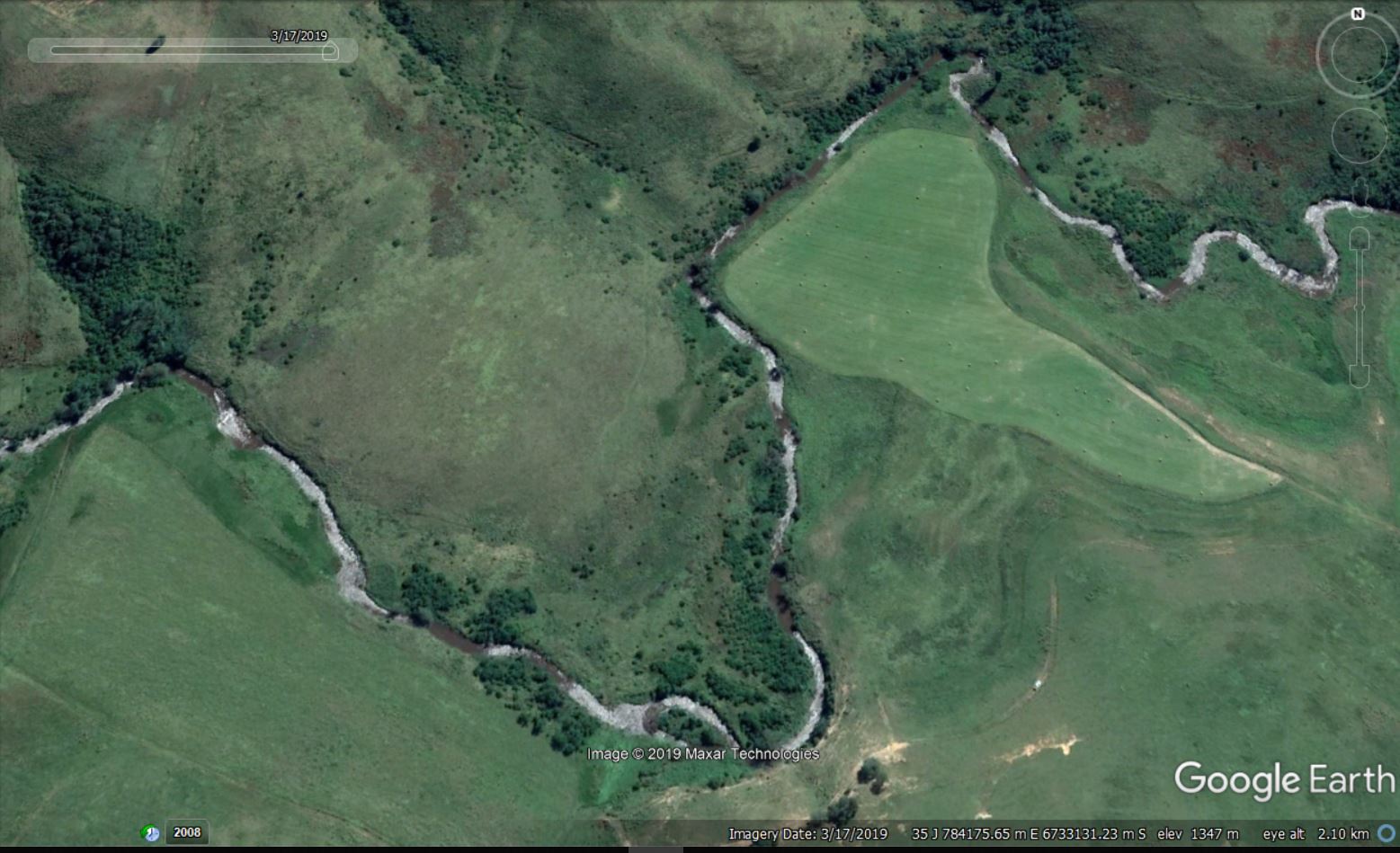
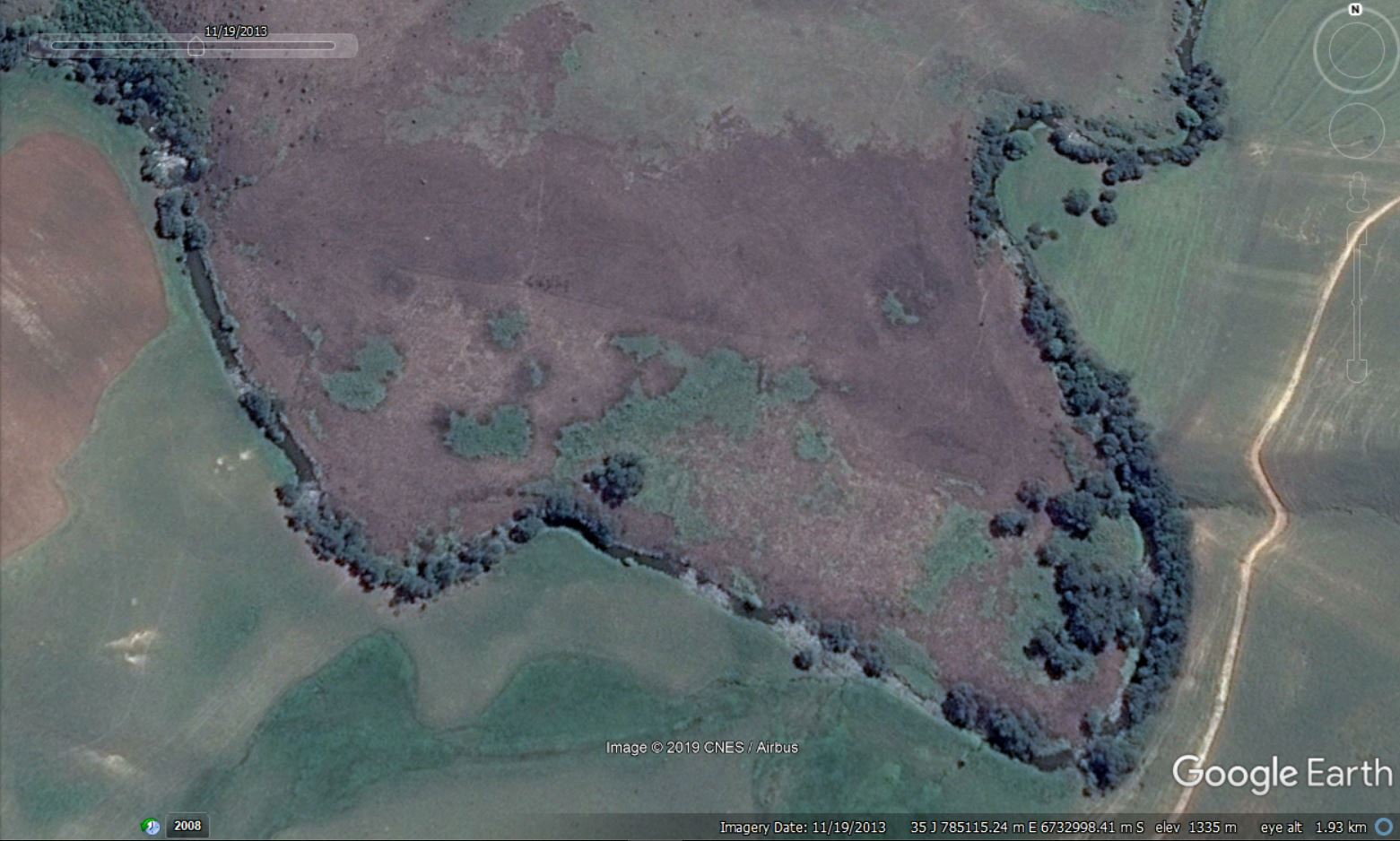

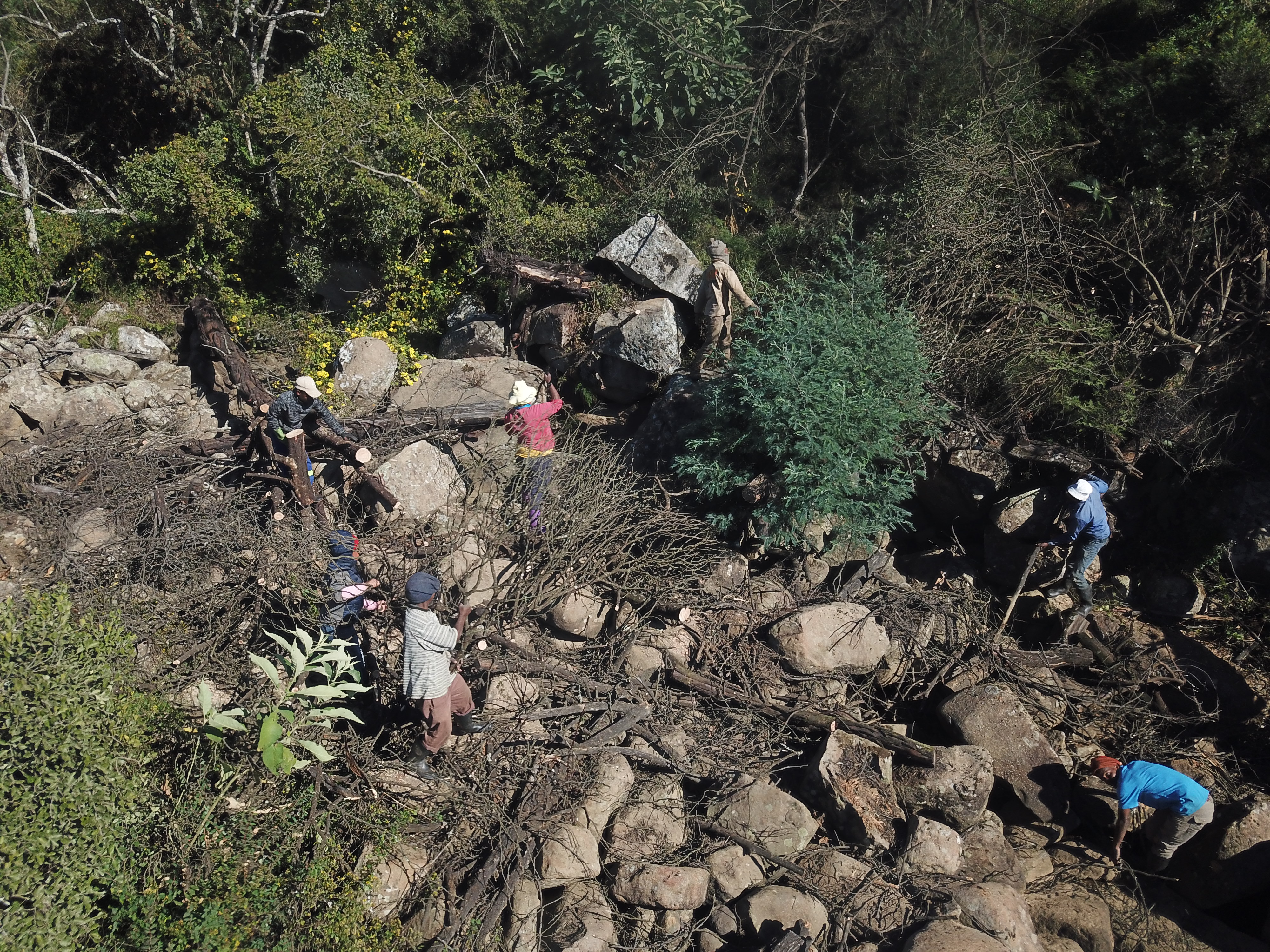 Joe Gwamanda’s team working on the Furth Stream in late May 2019
Joe Gwamanda’s team working on the Furth Stream in late May 2019
